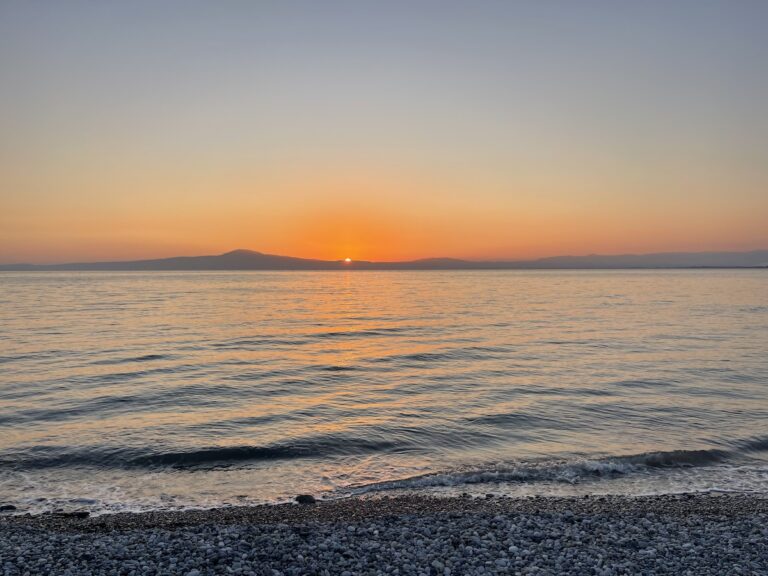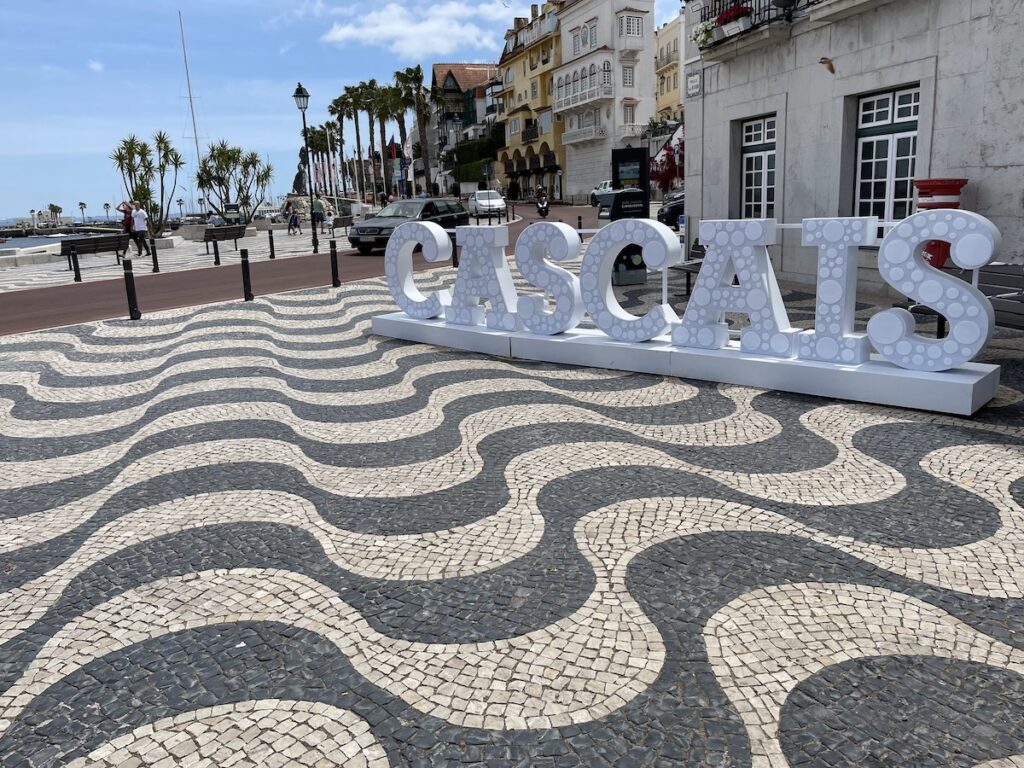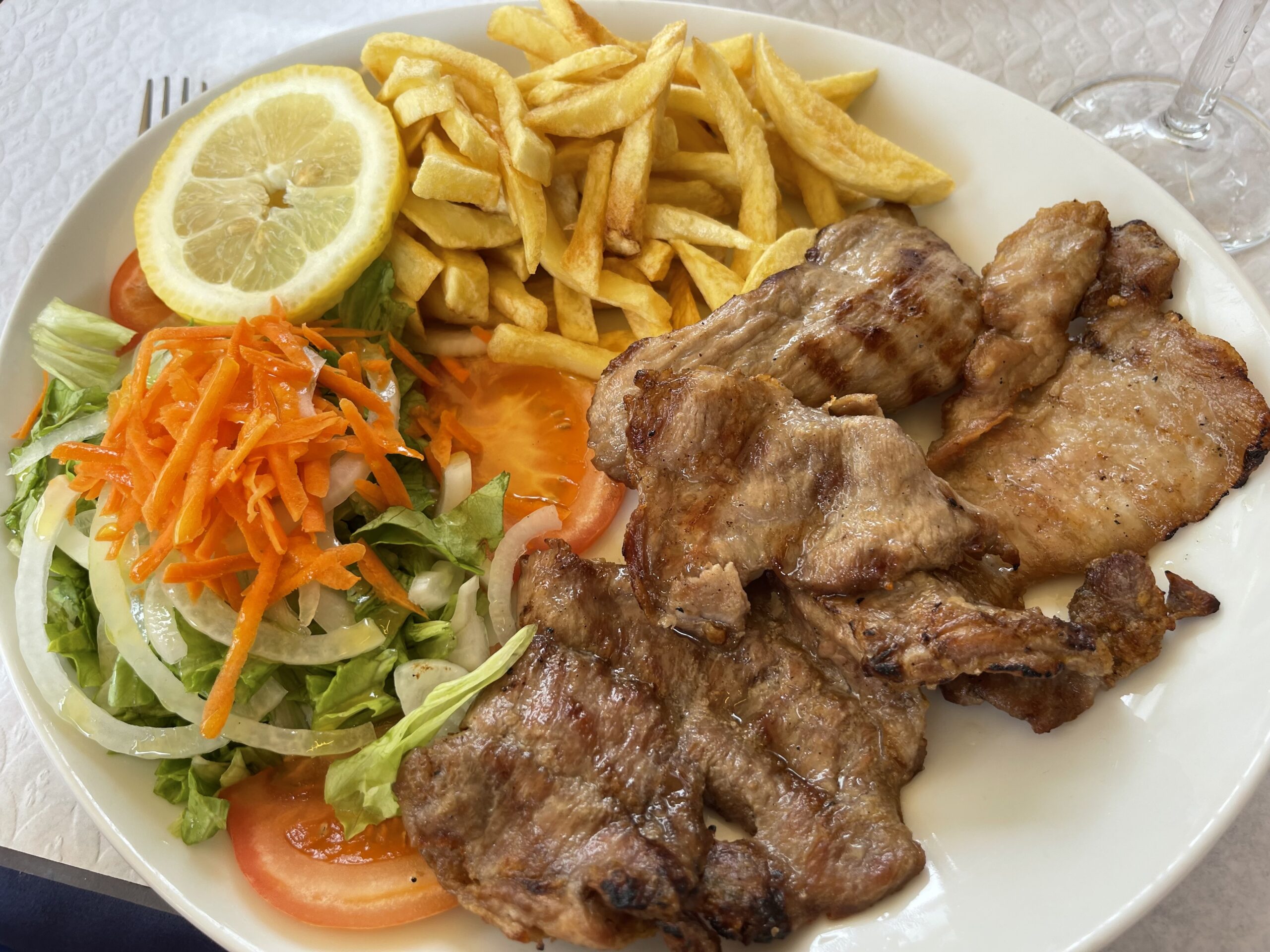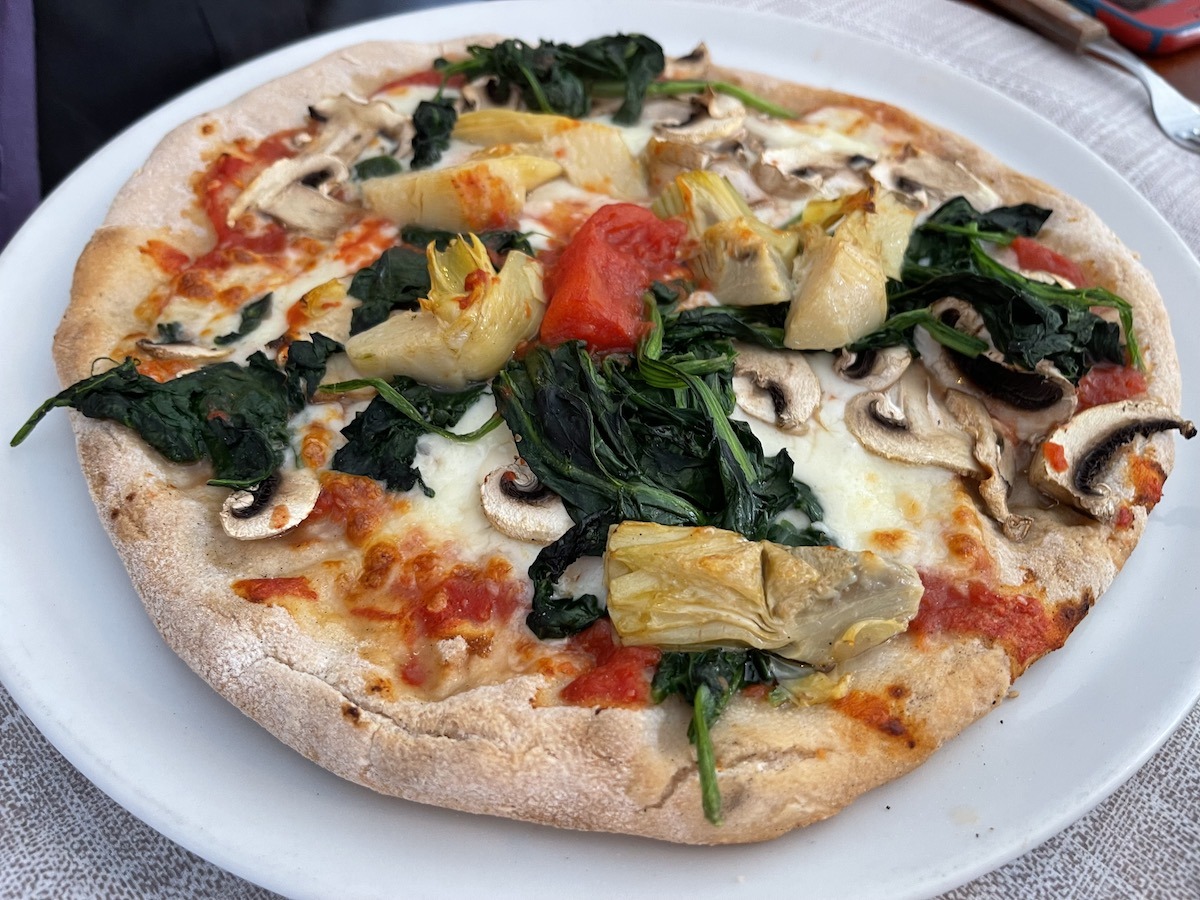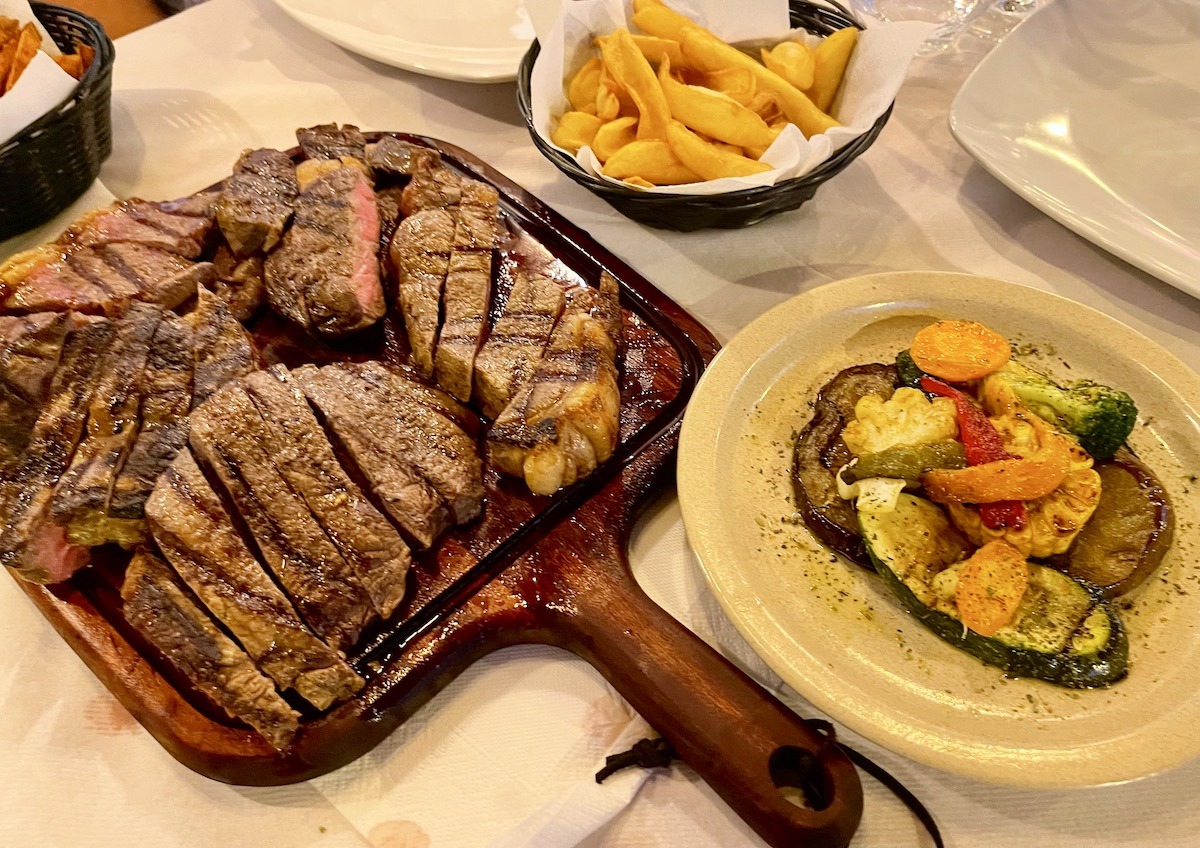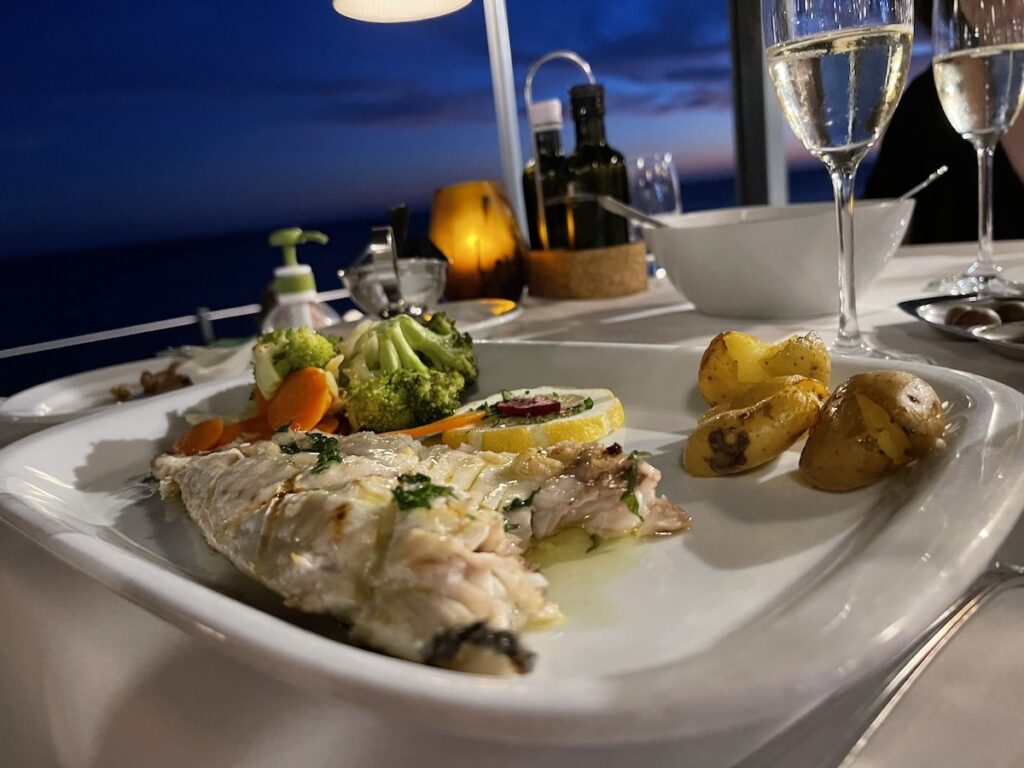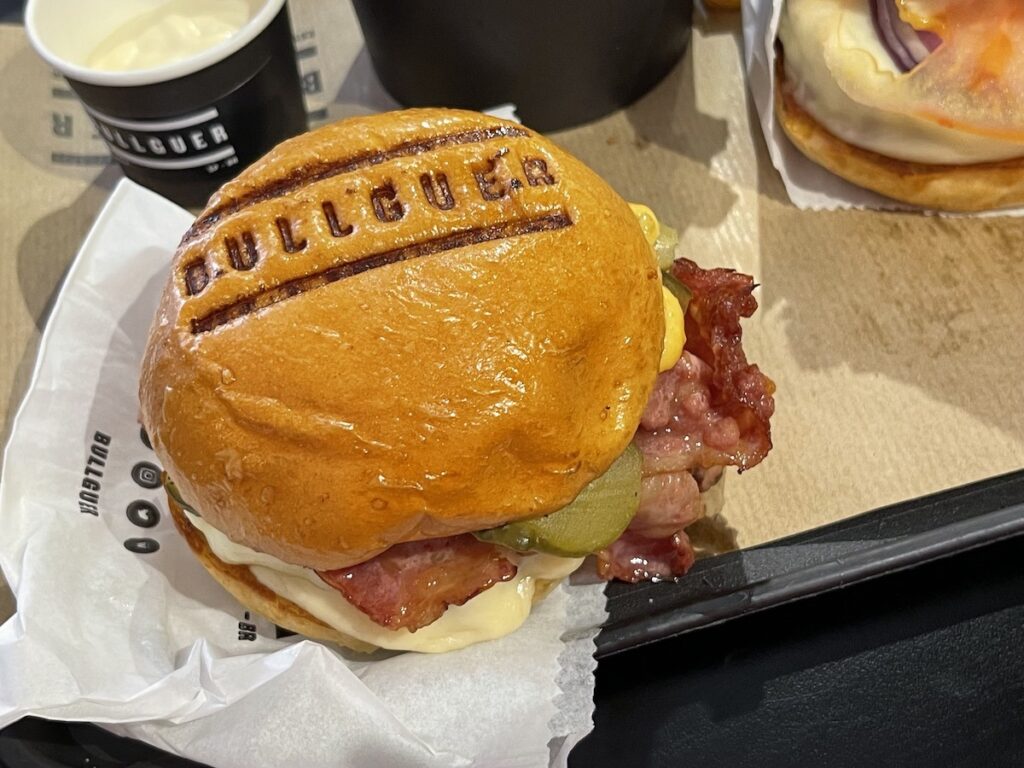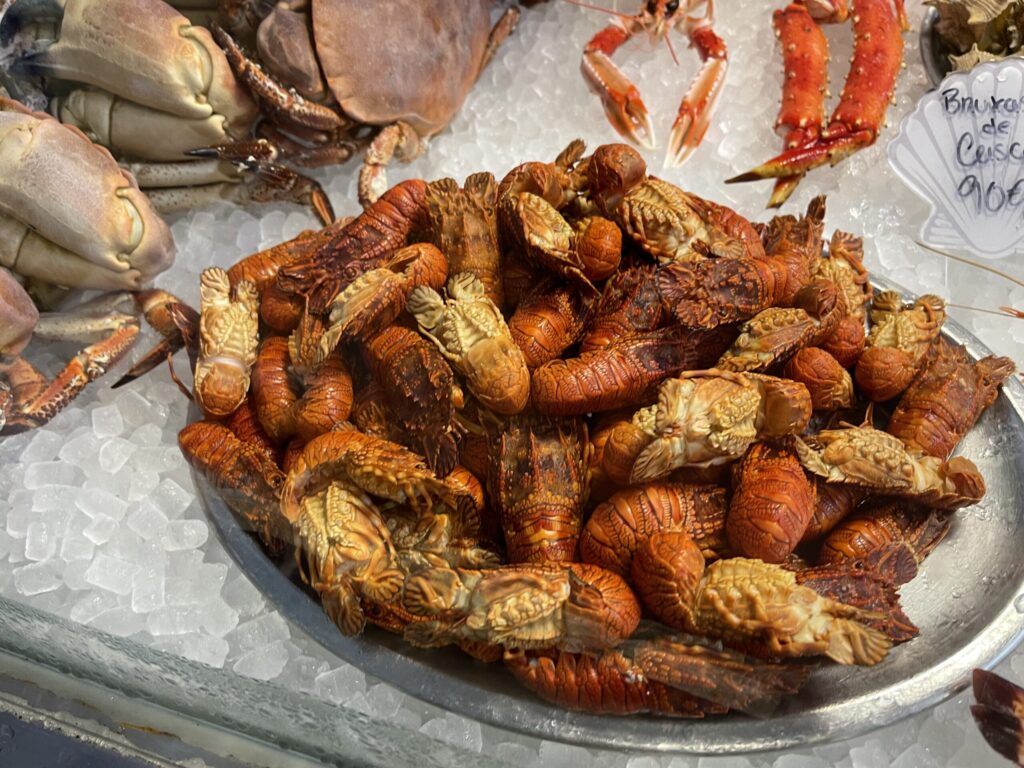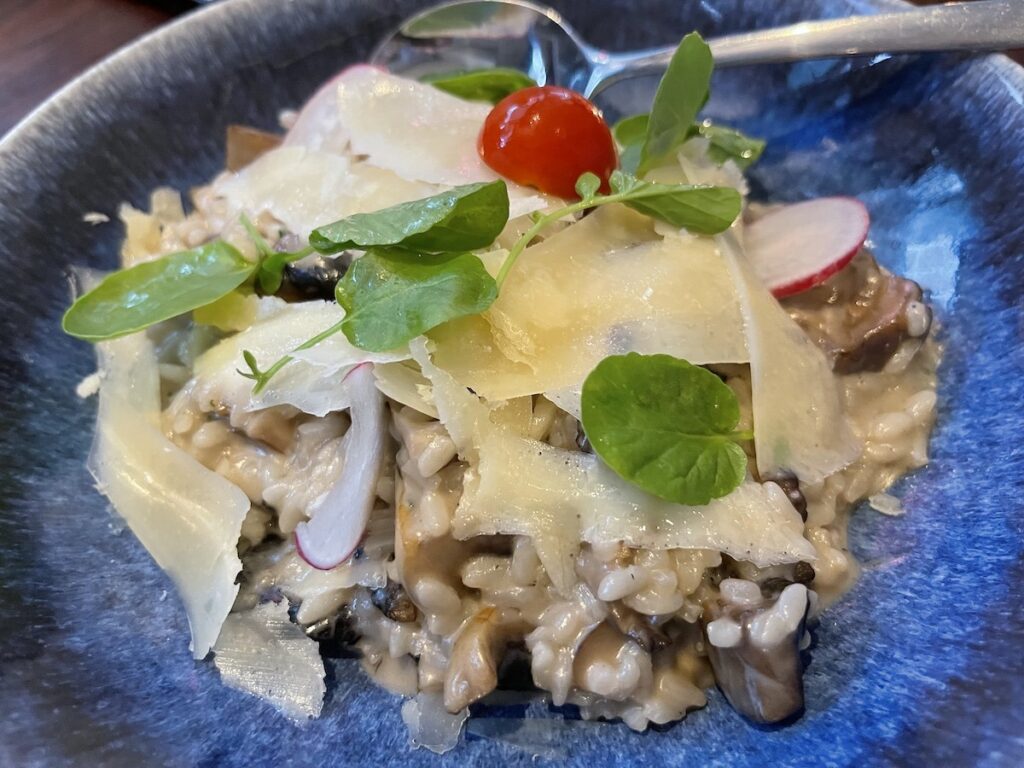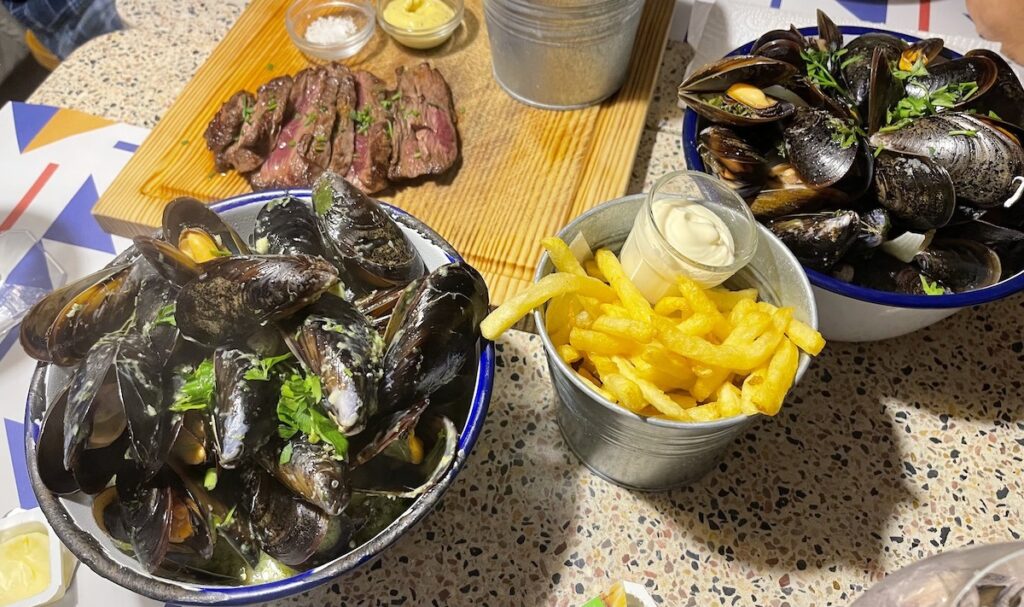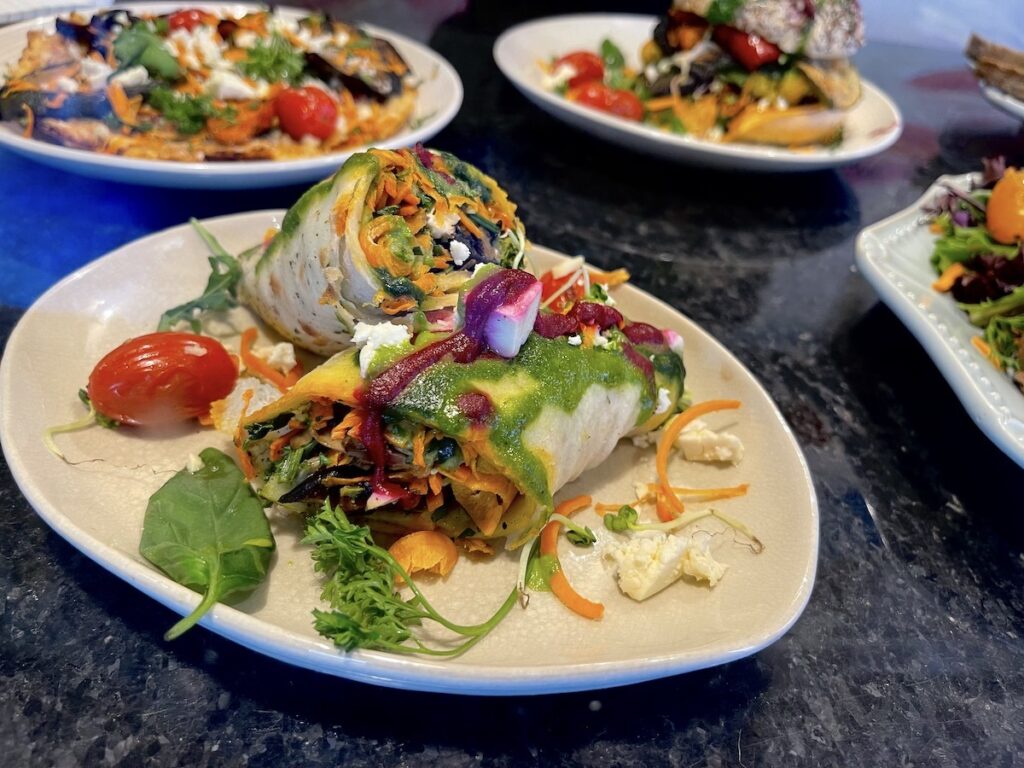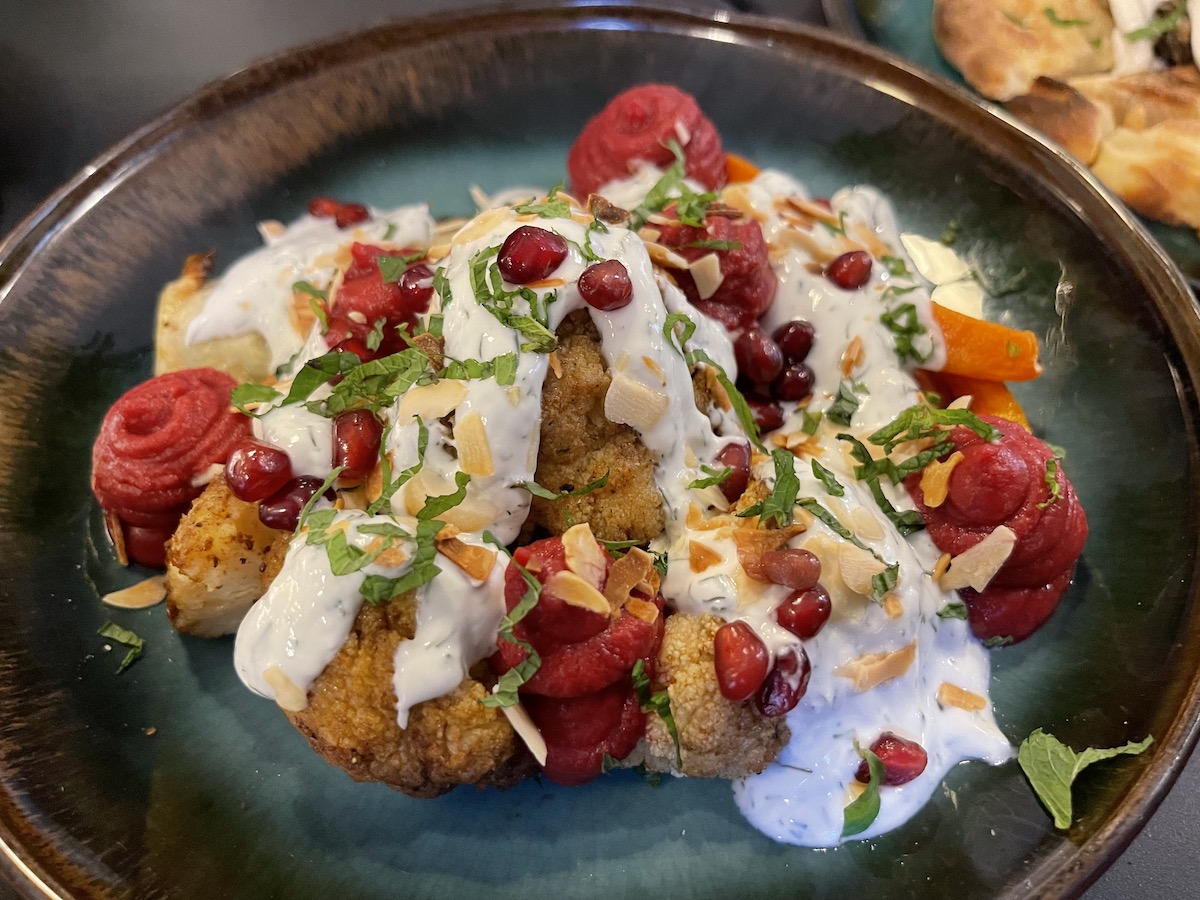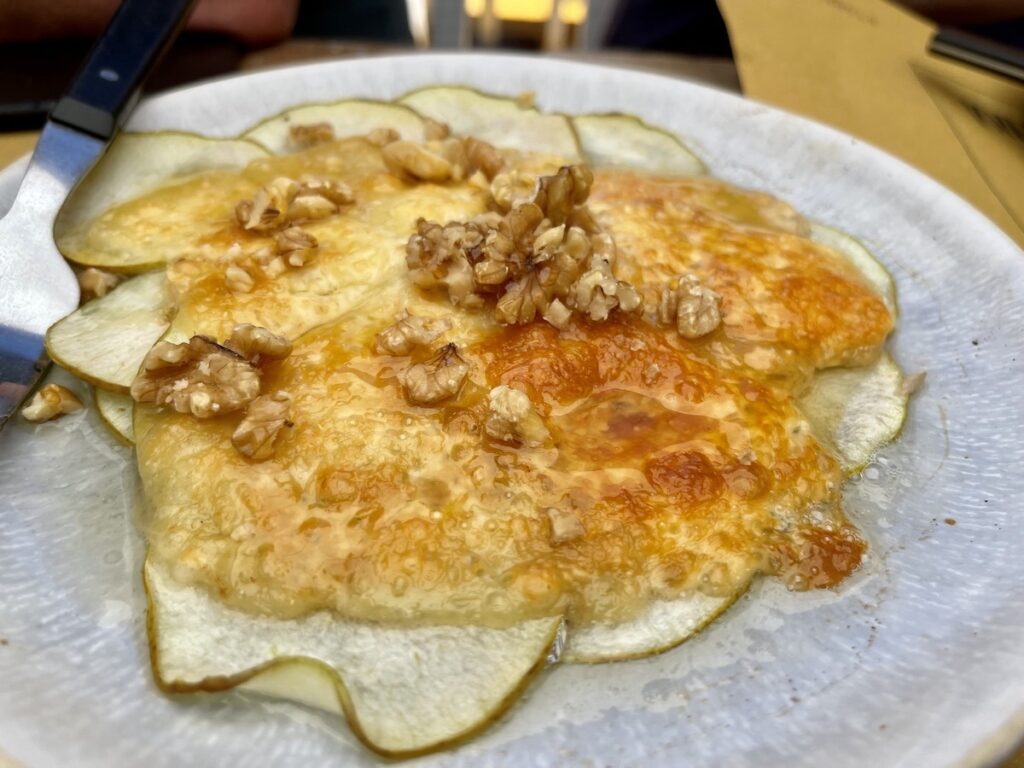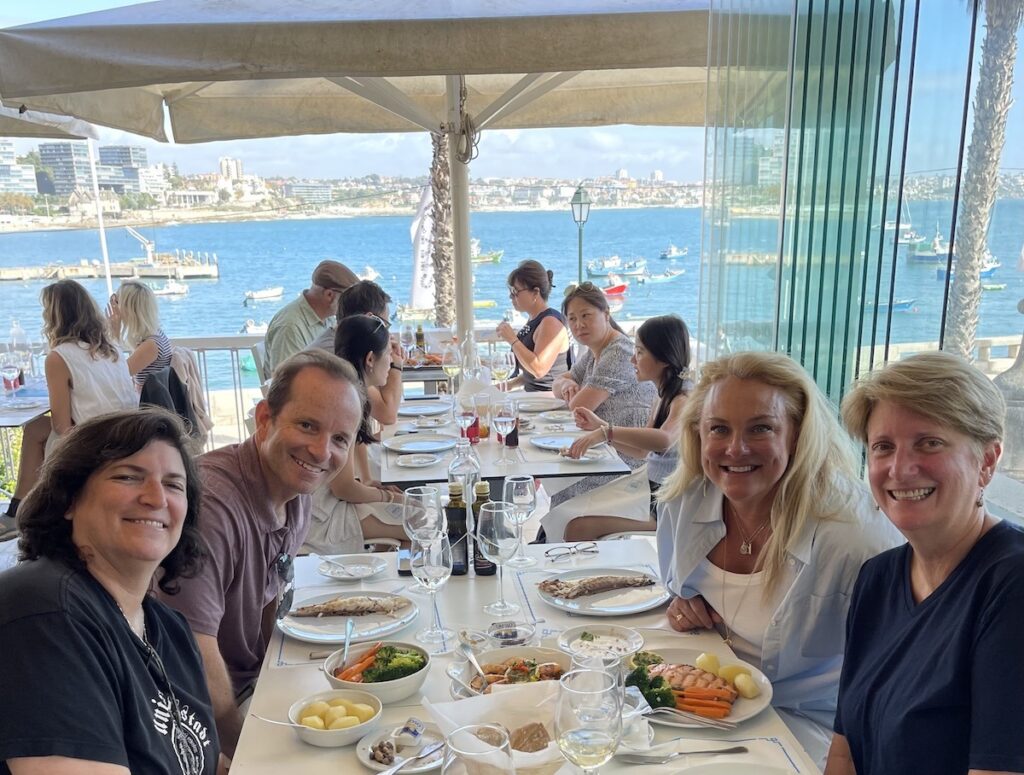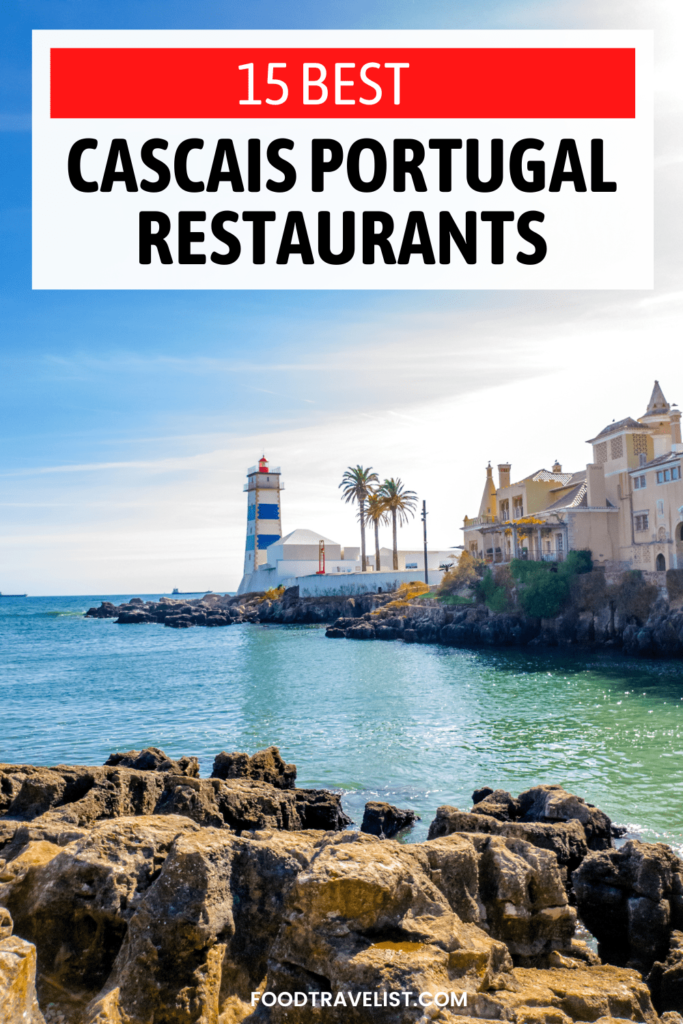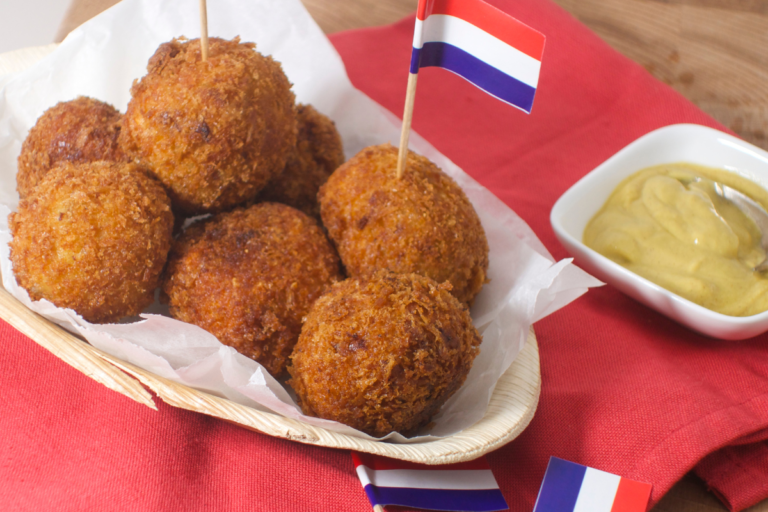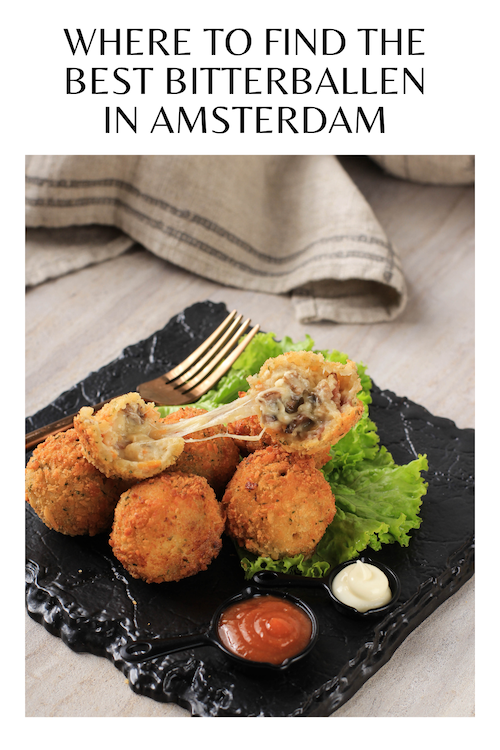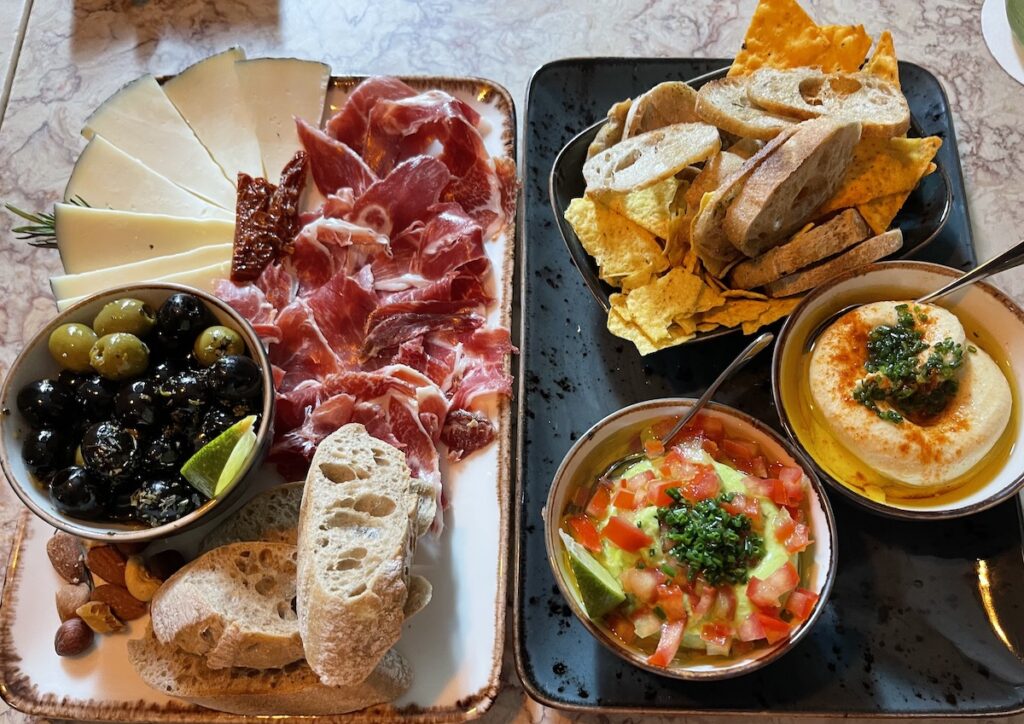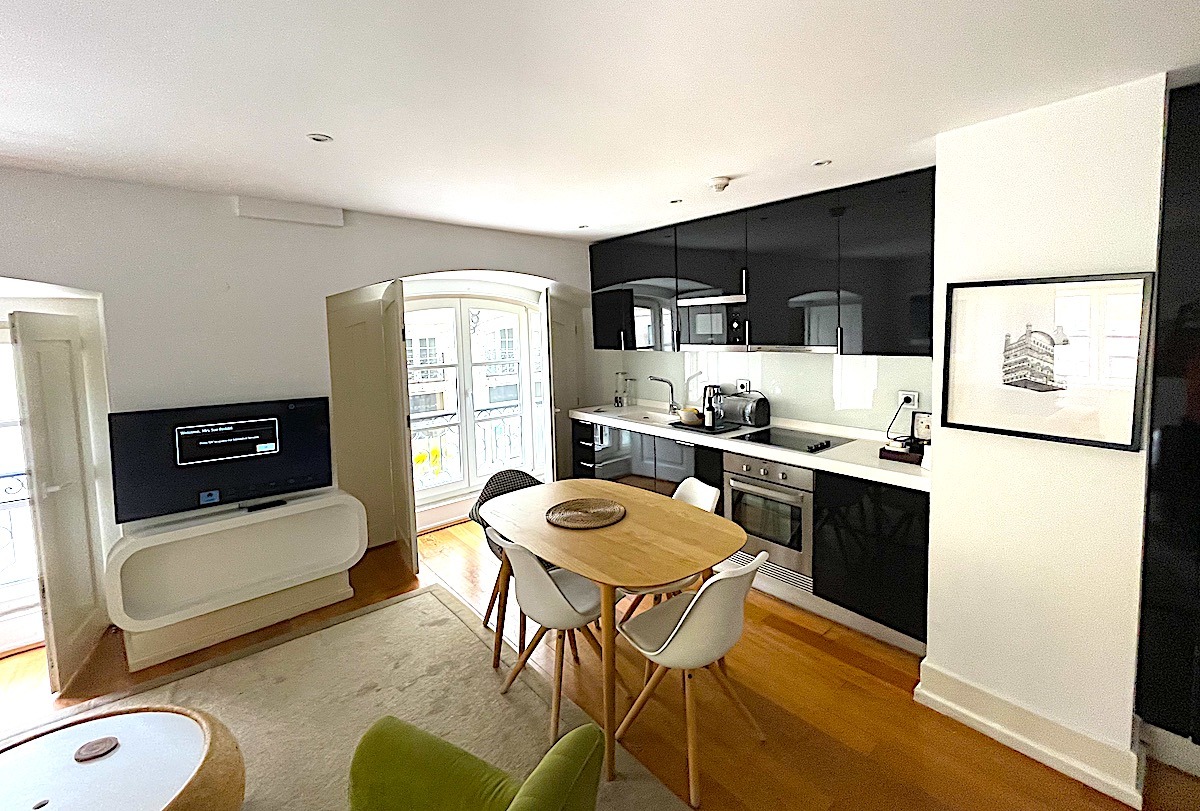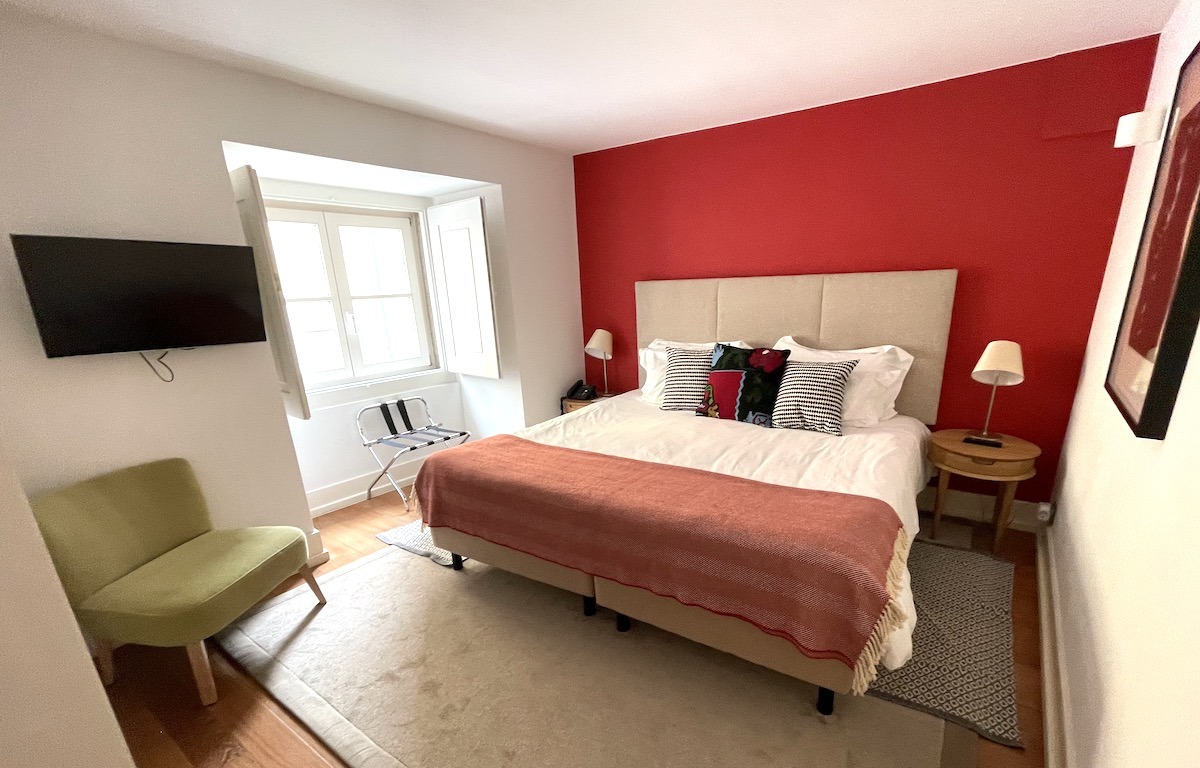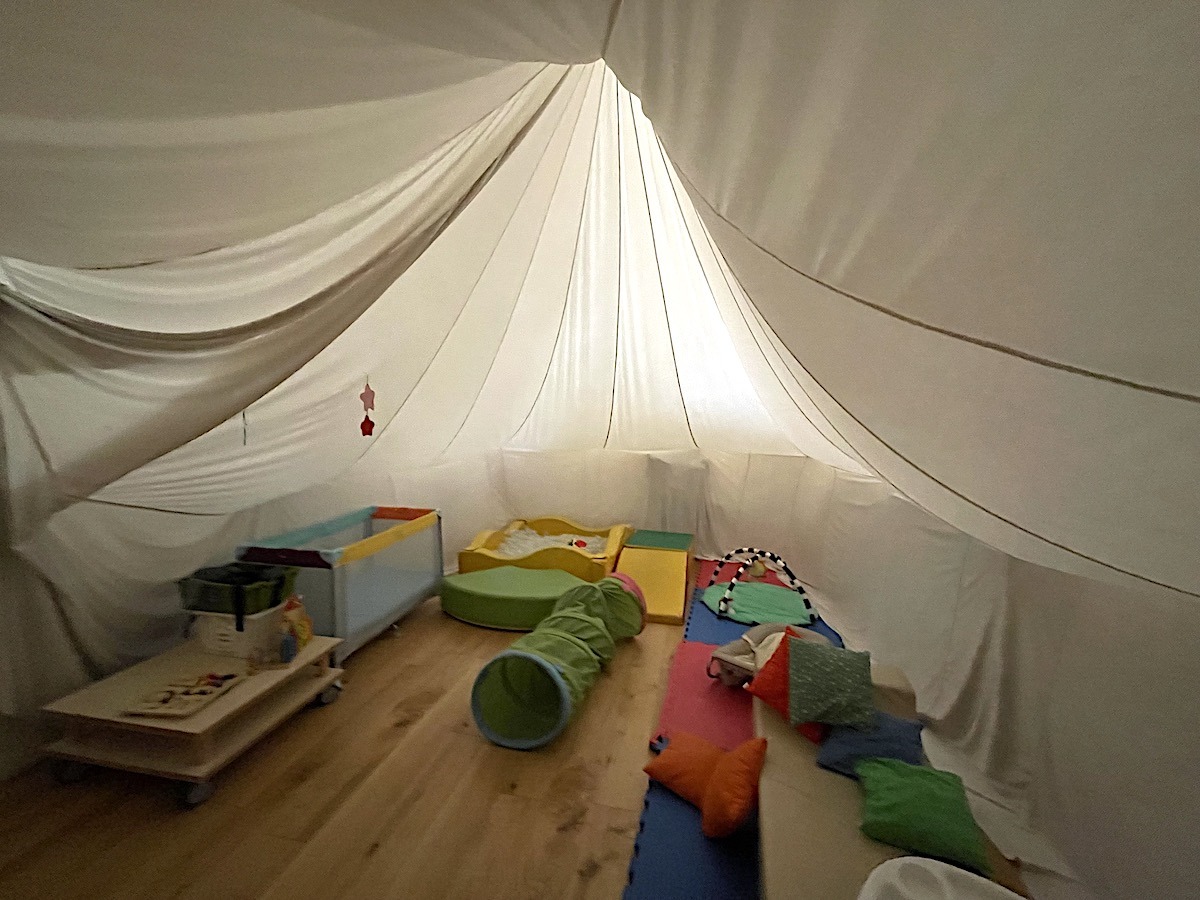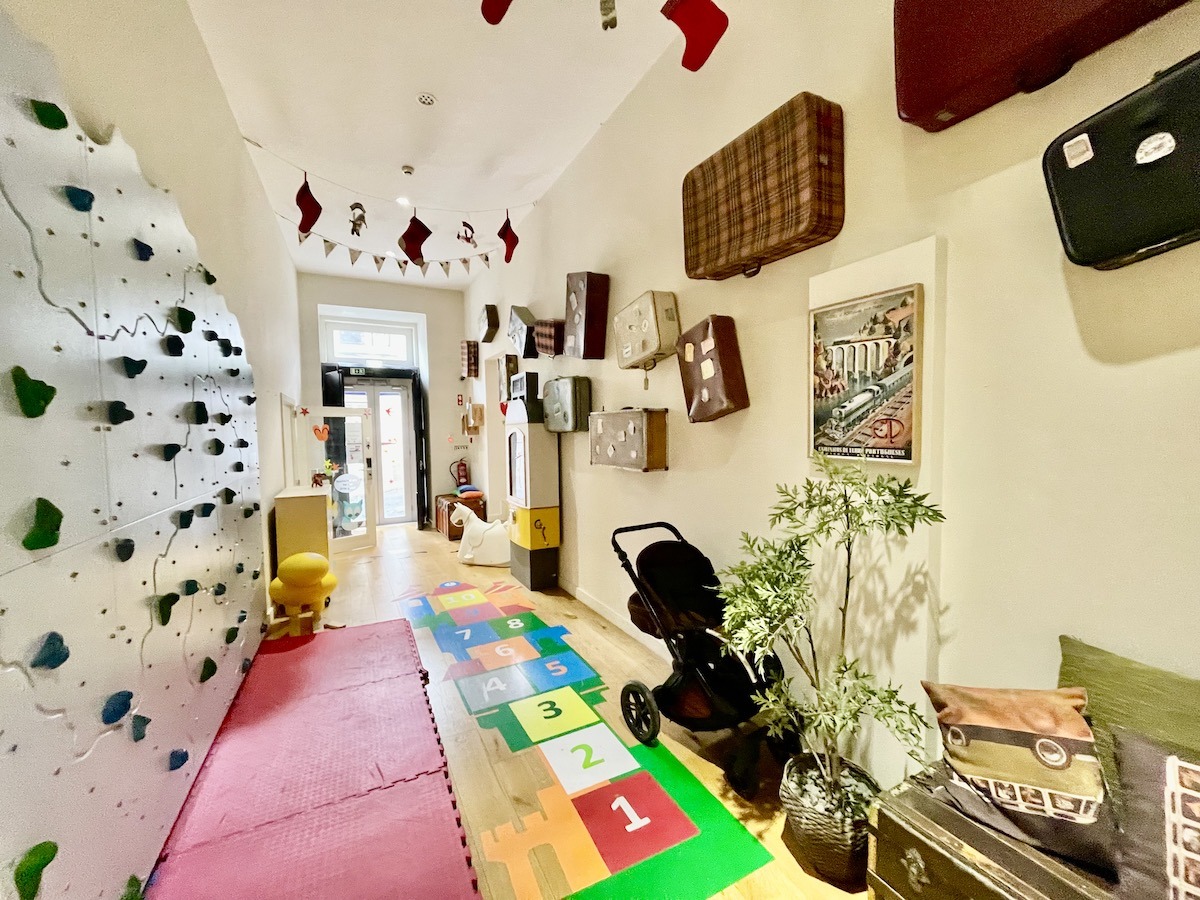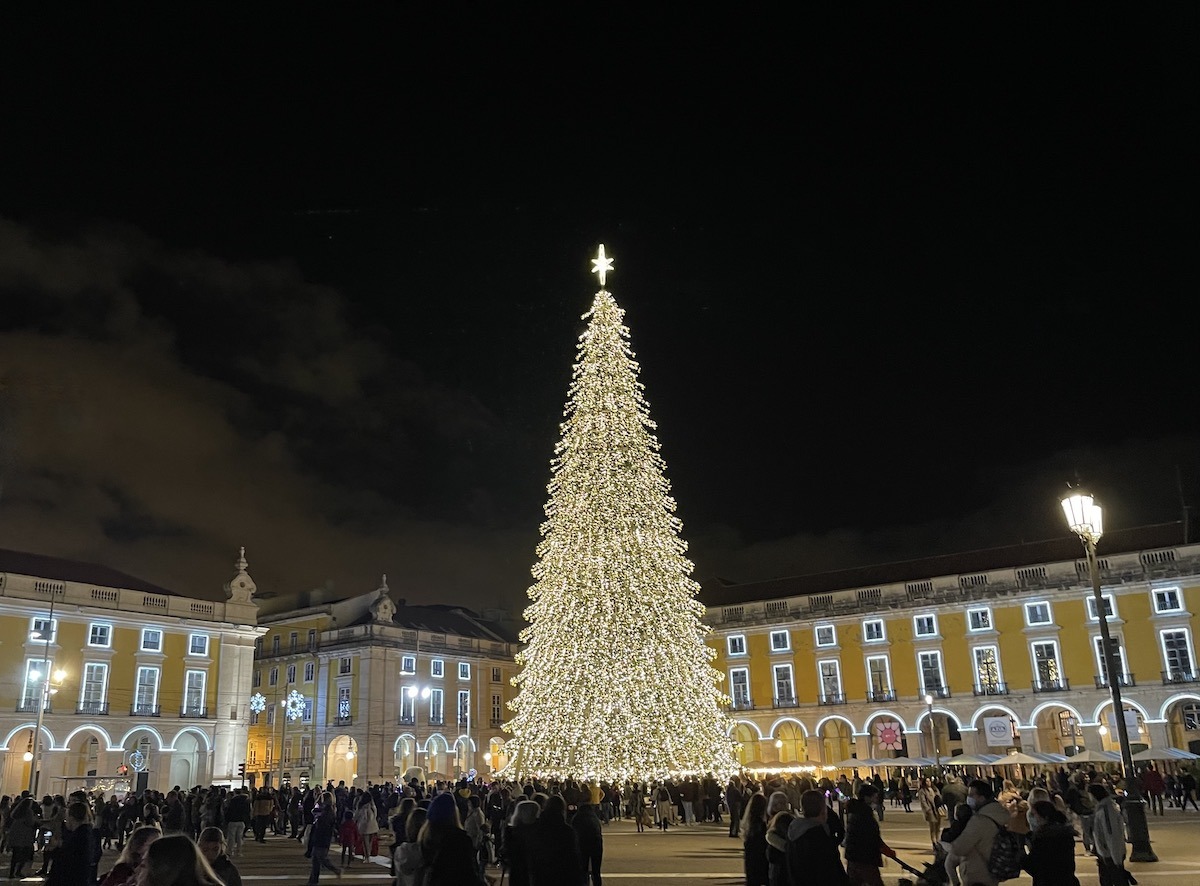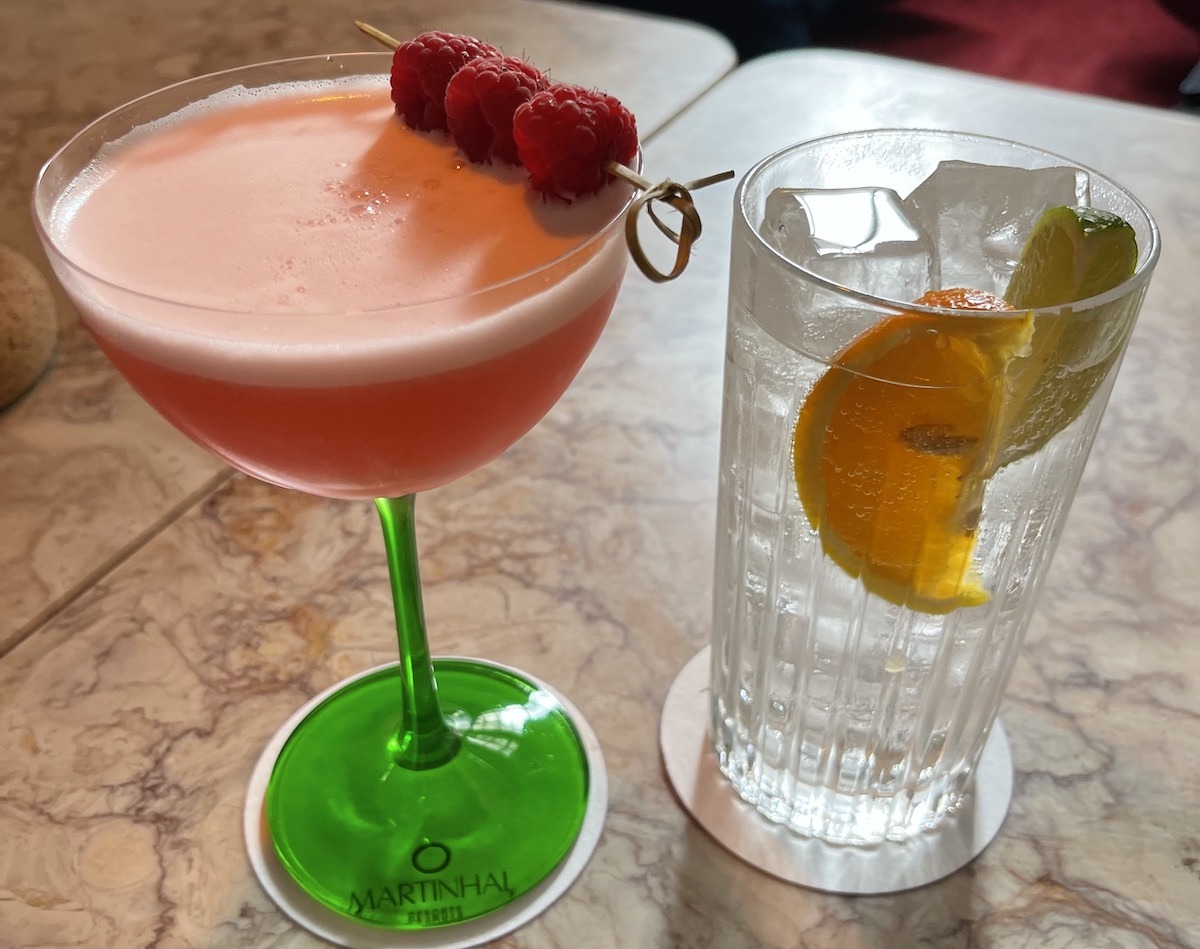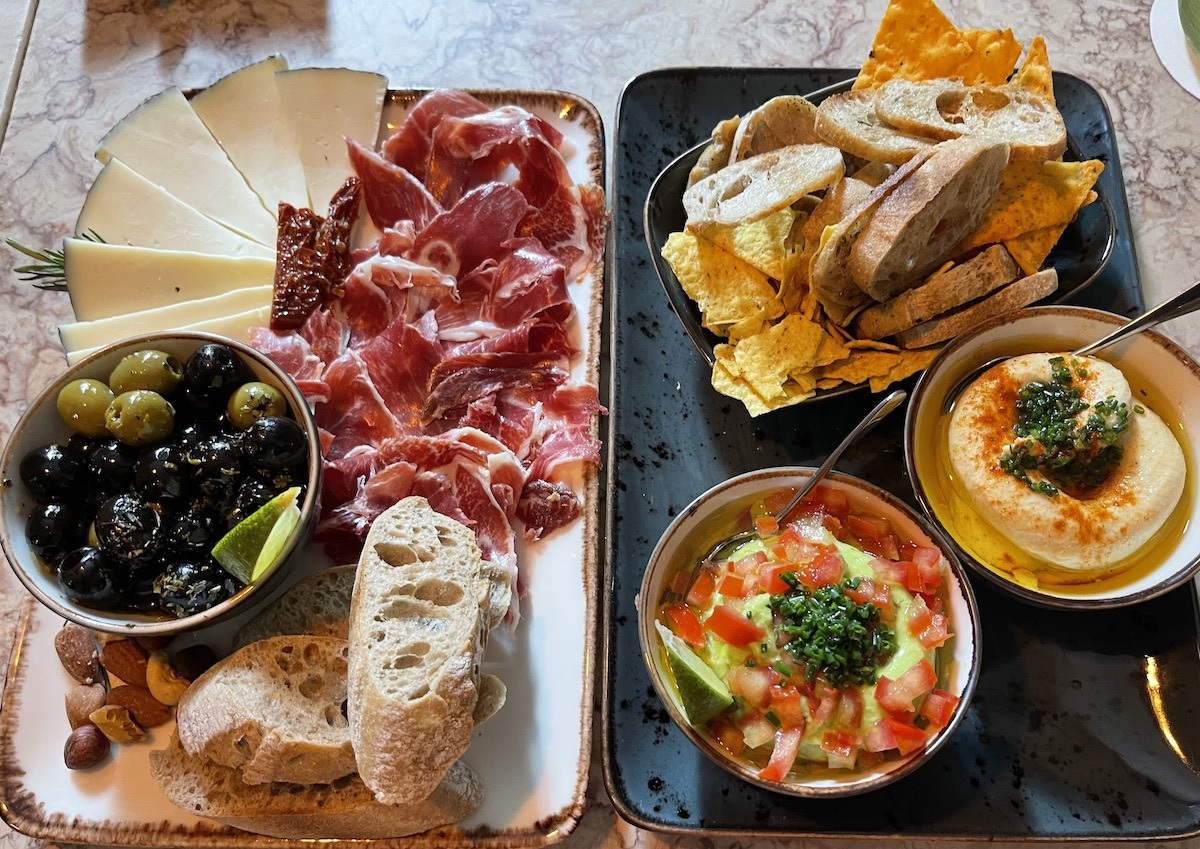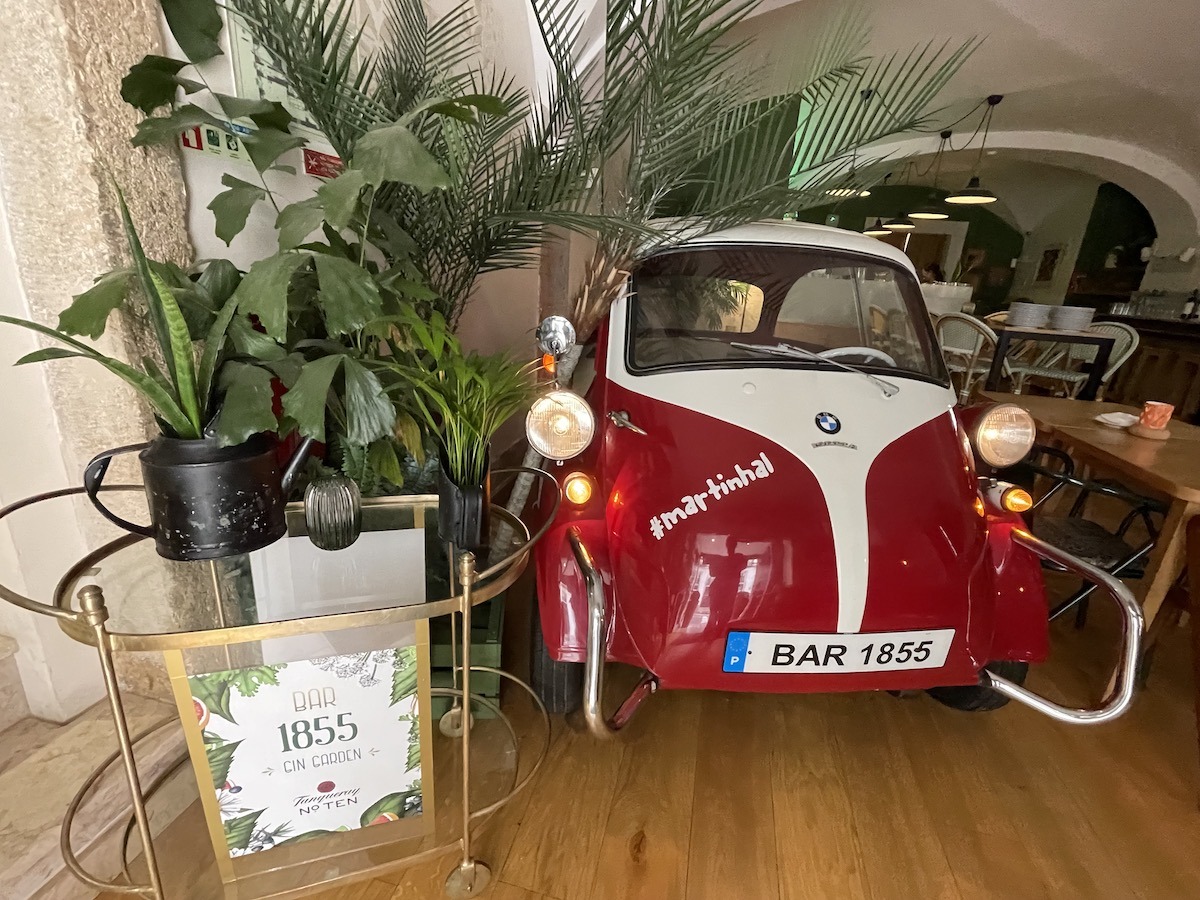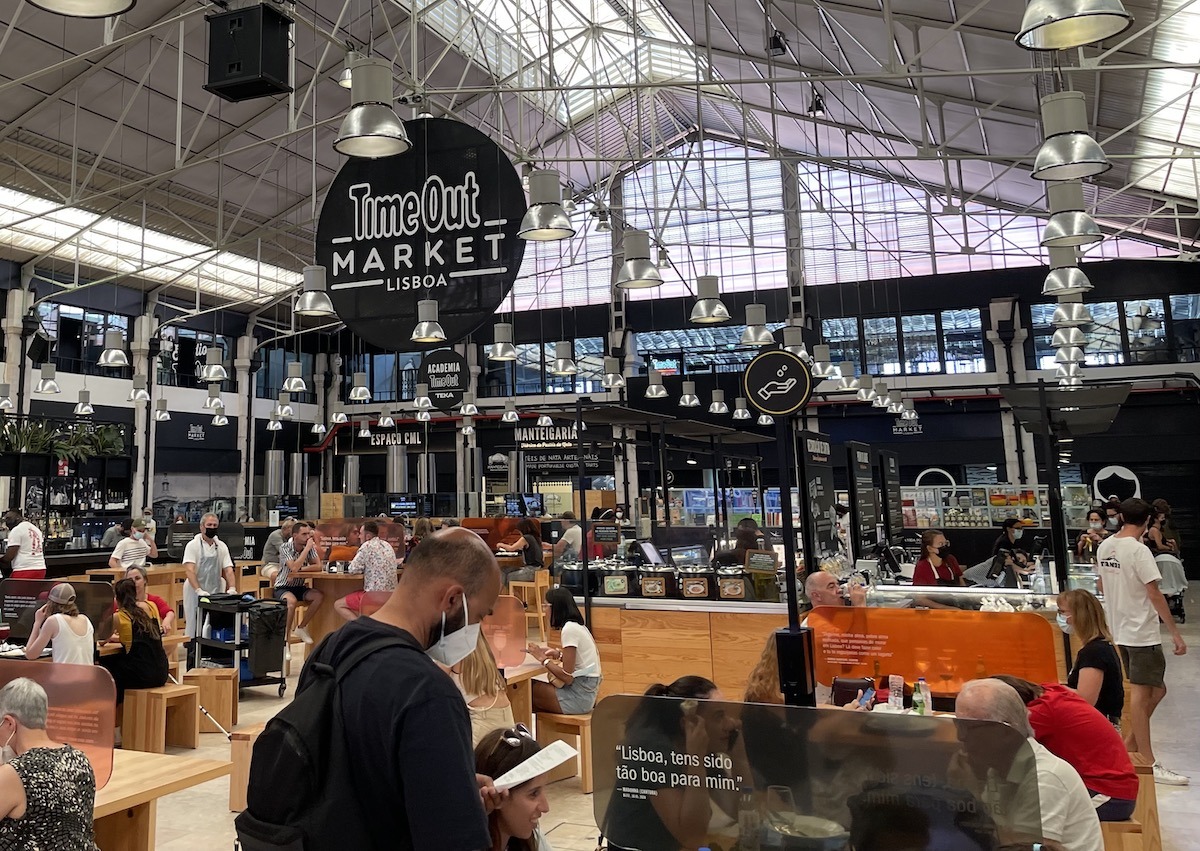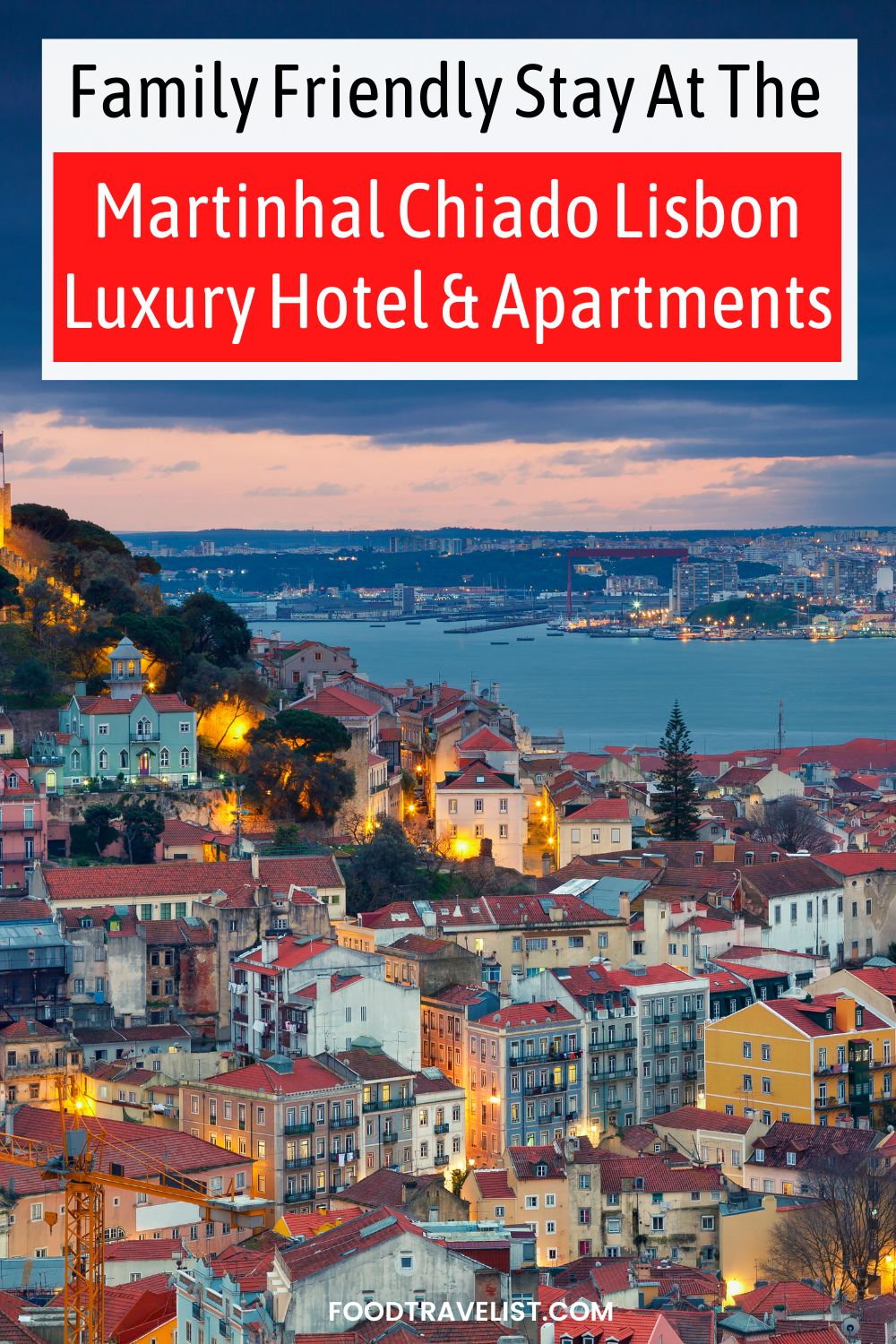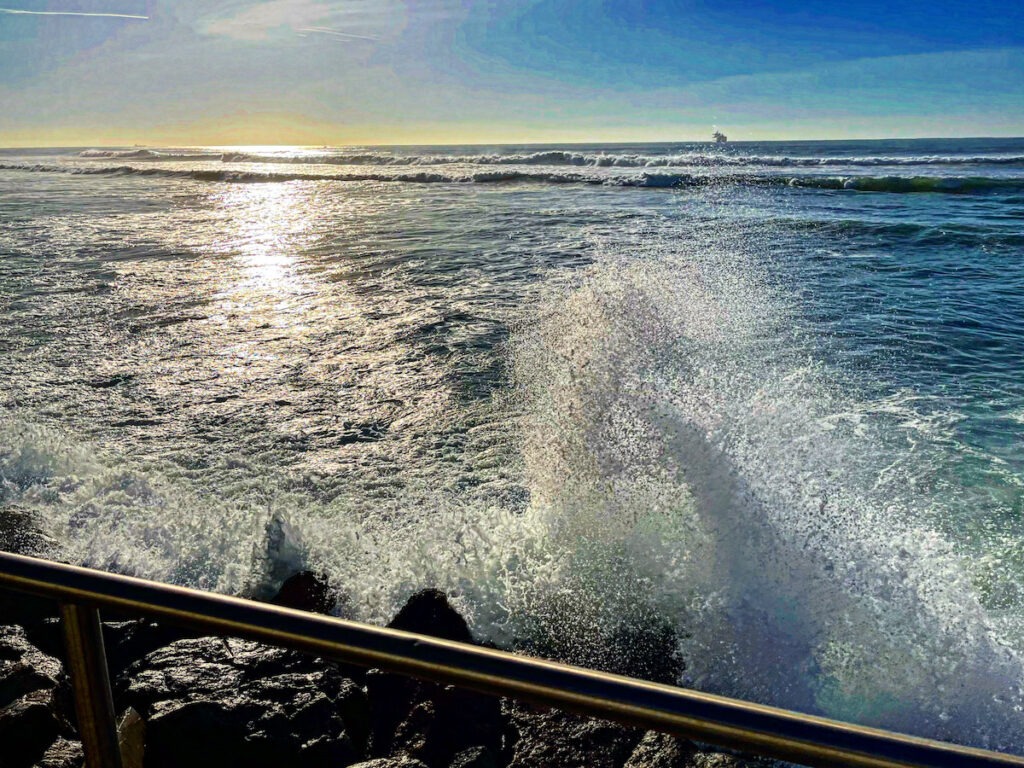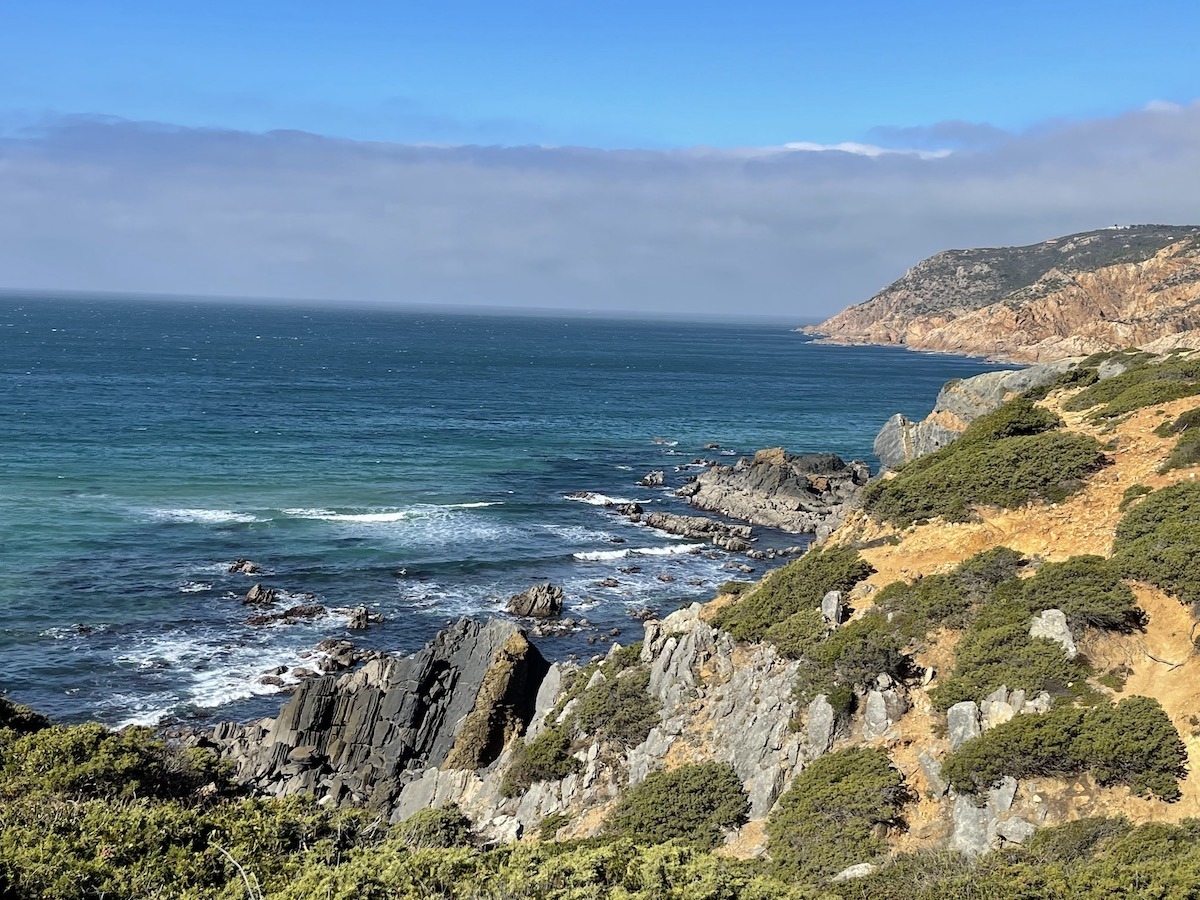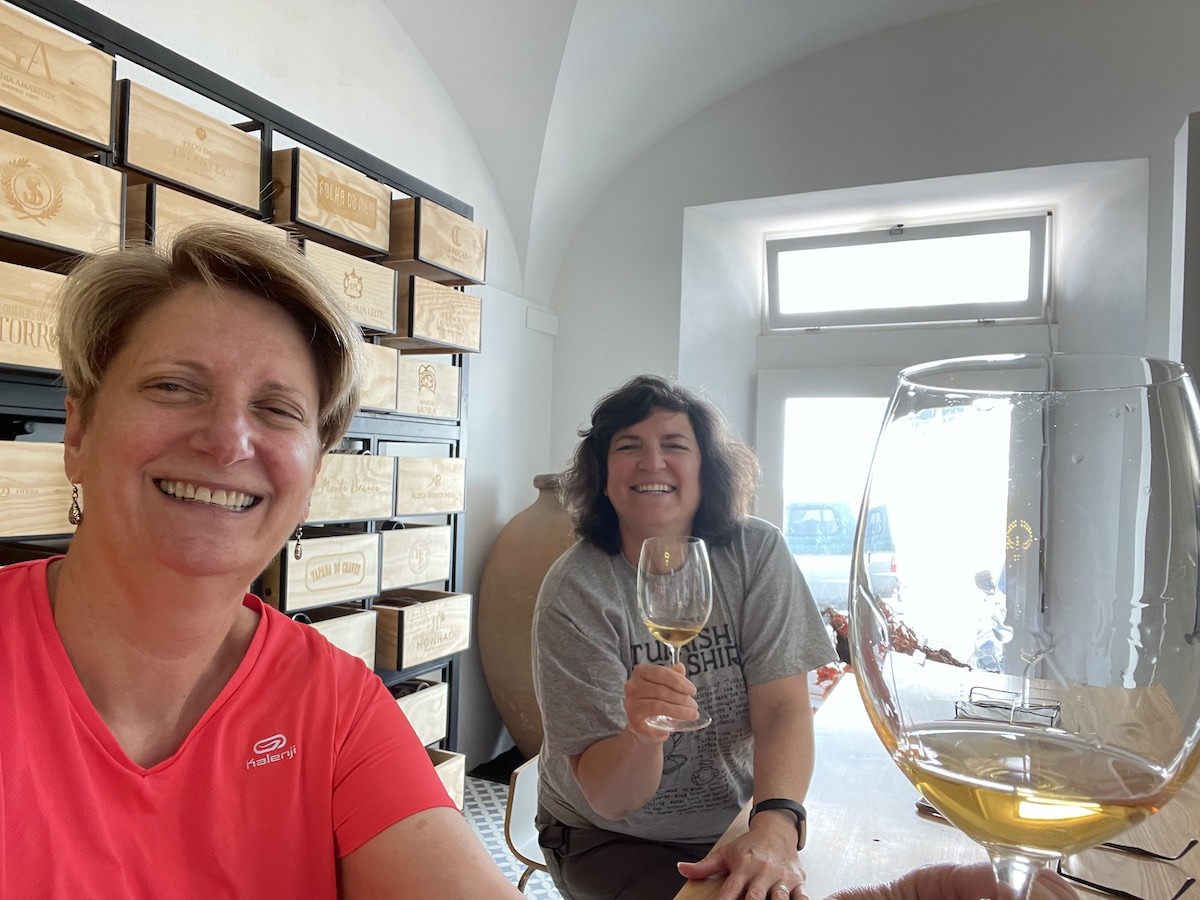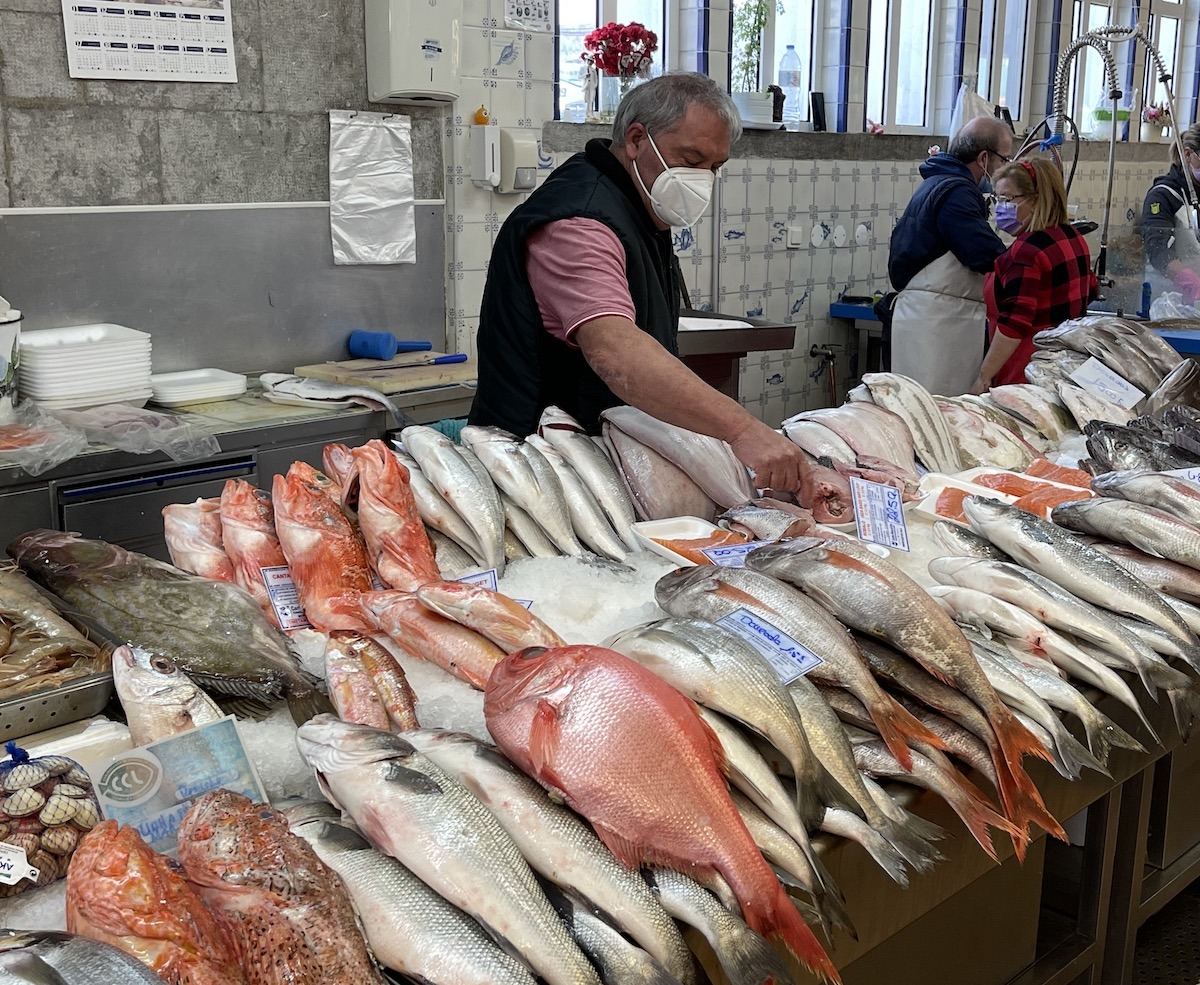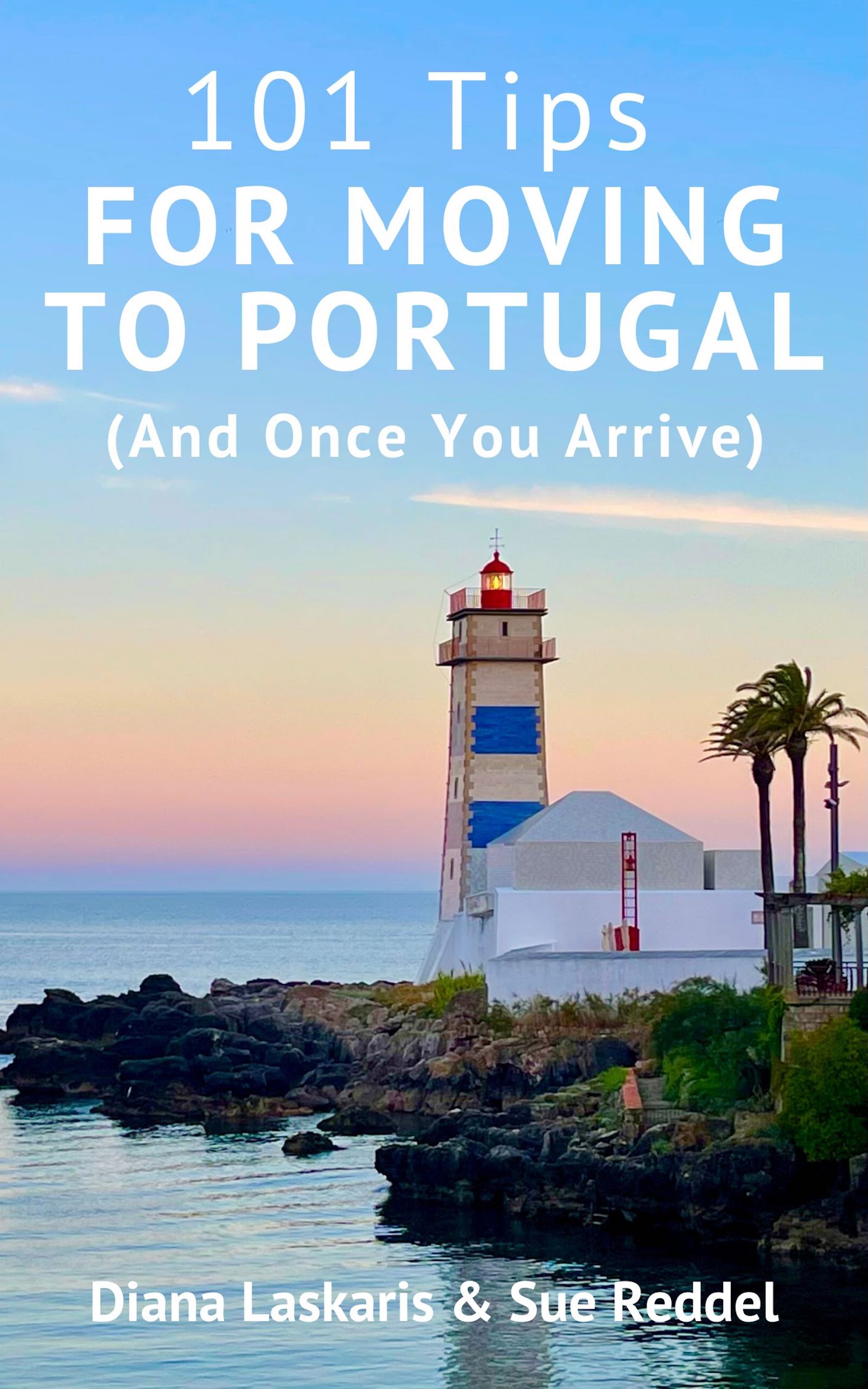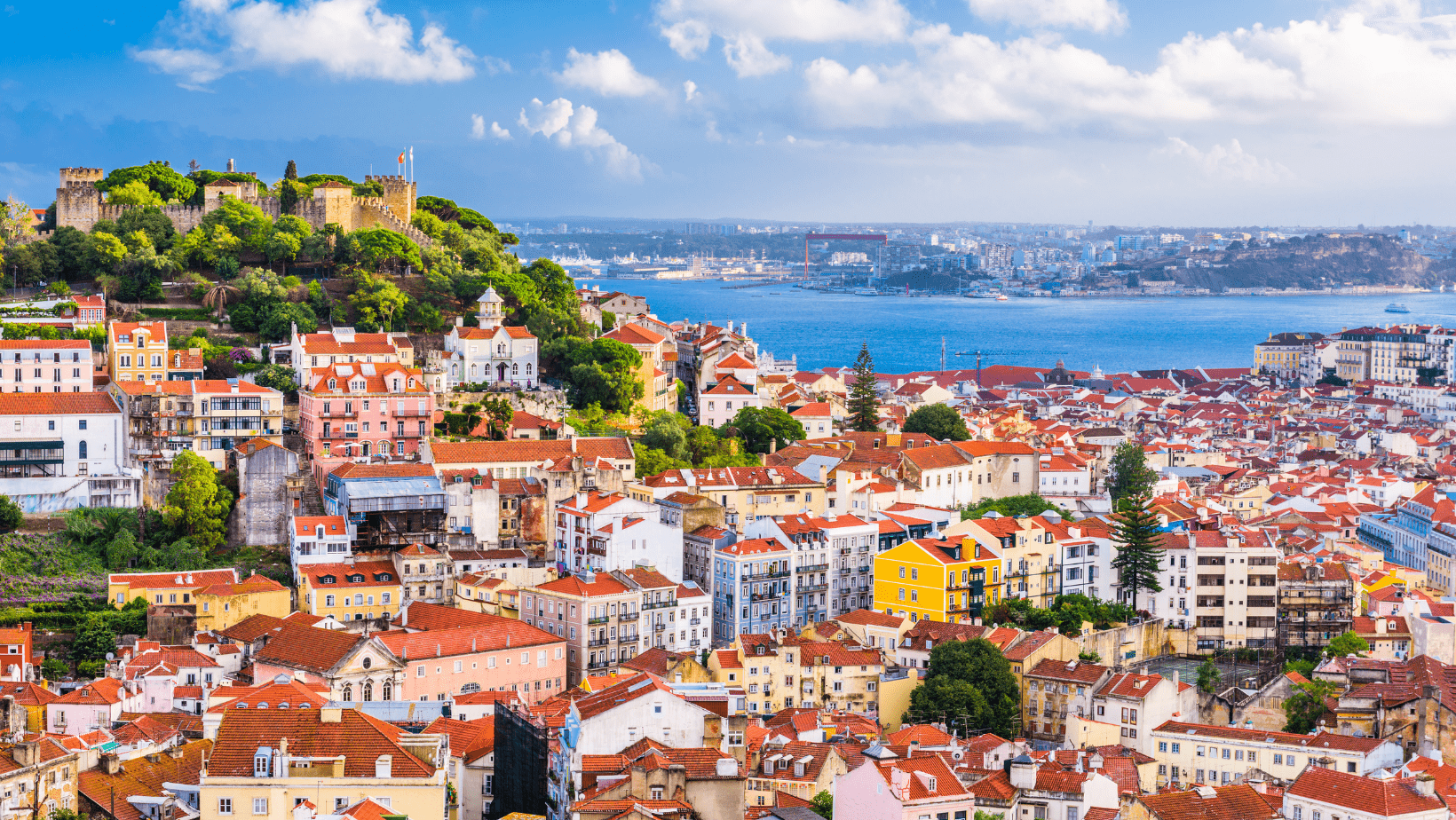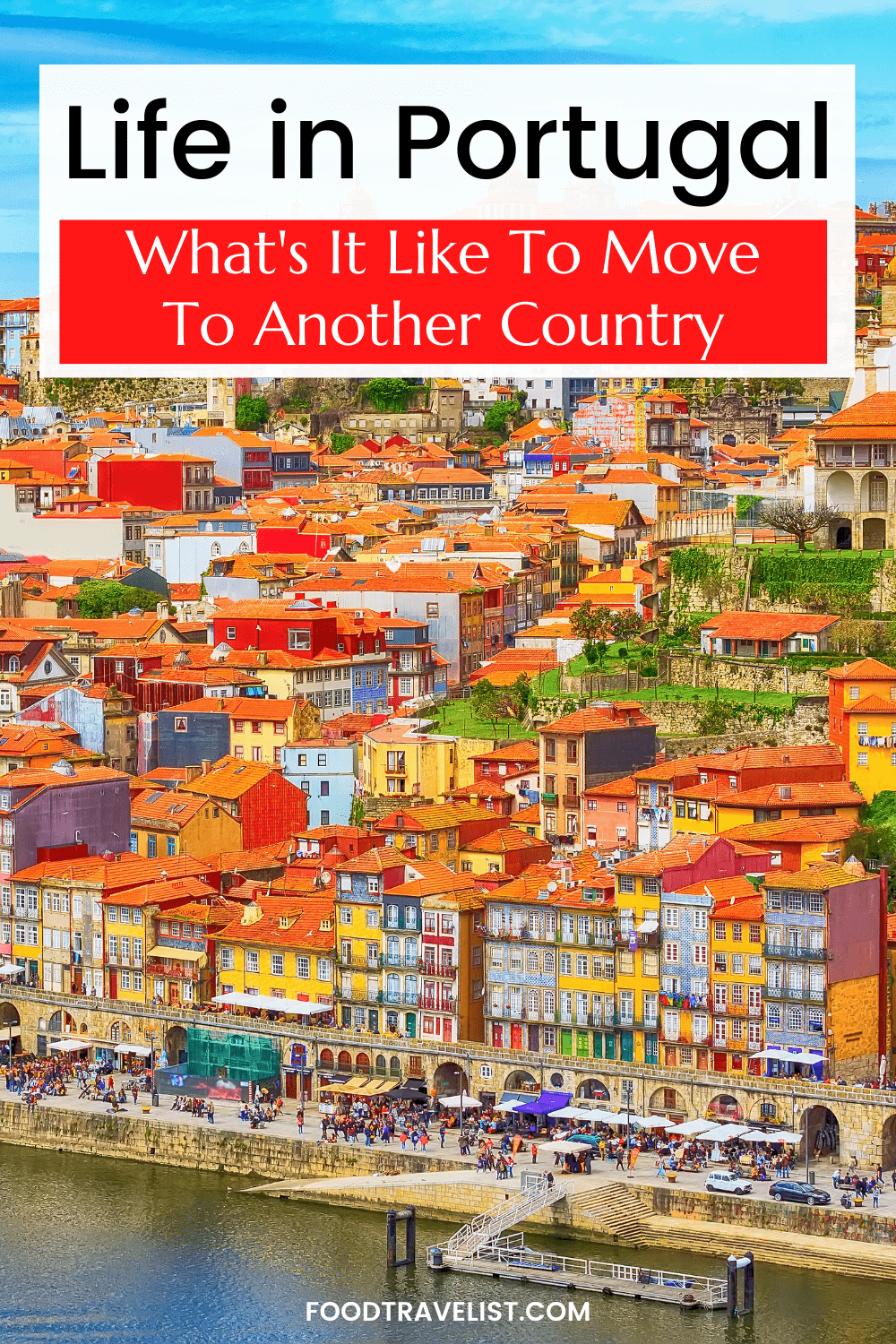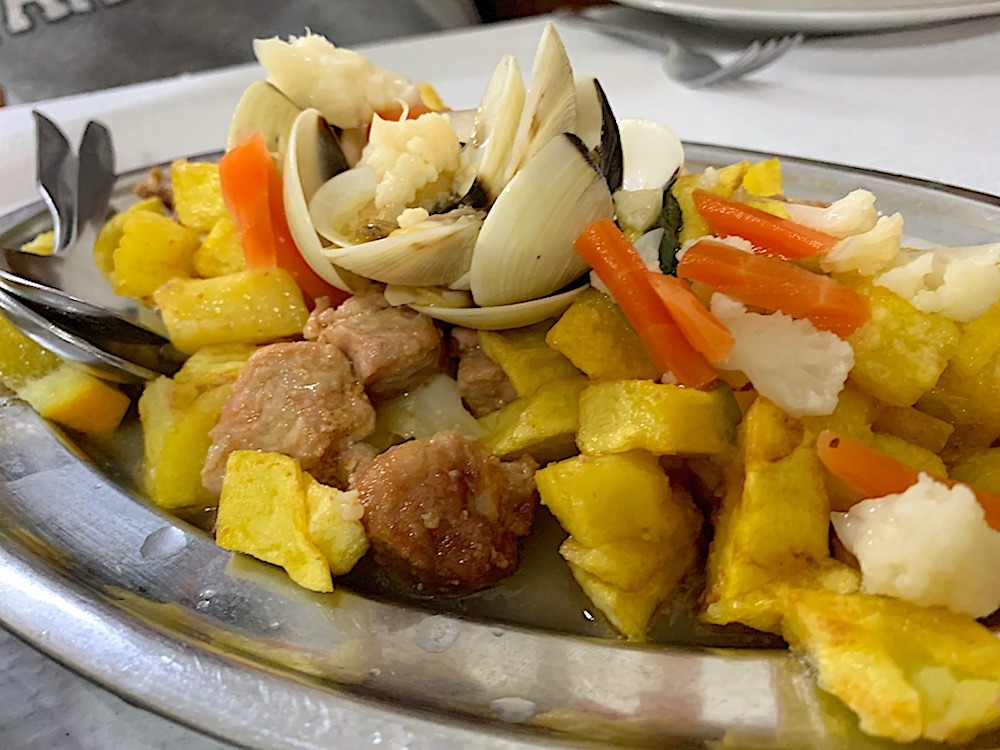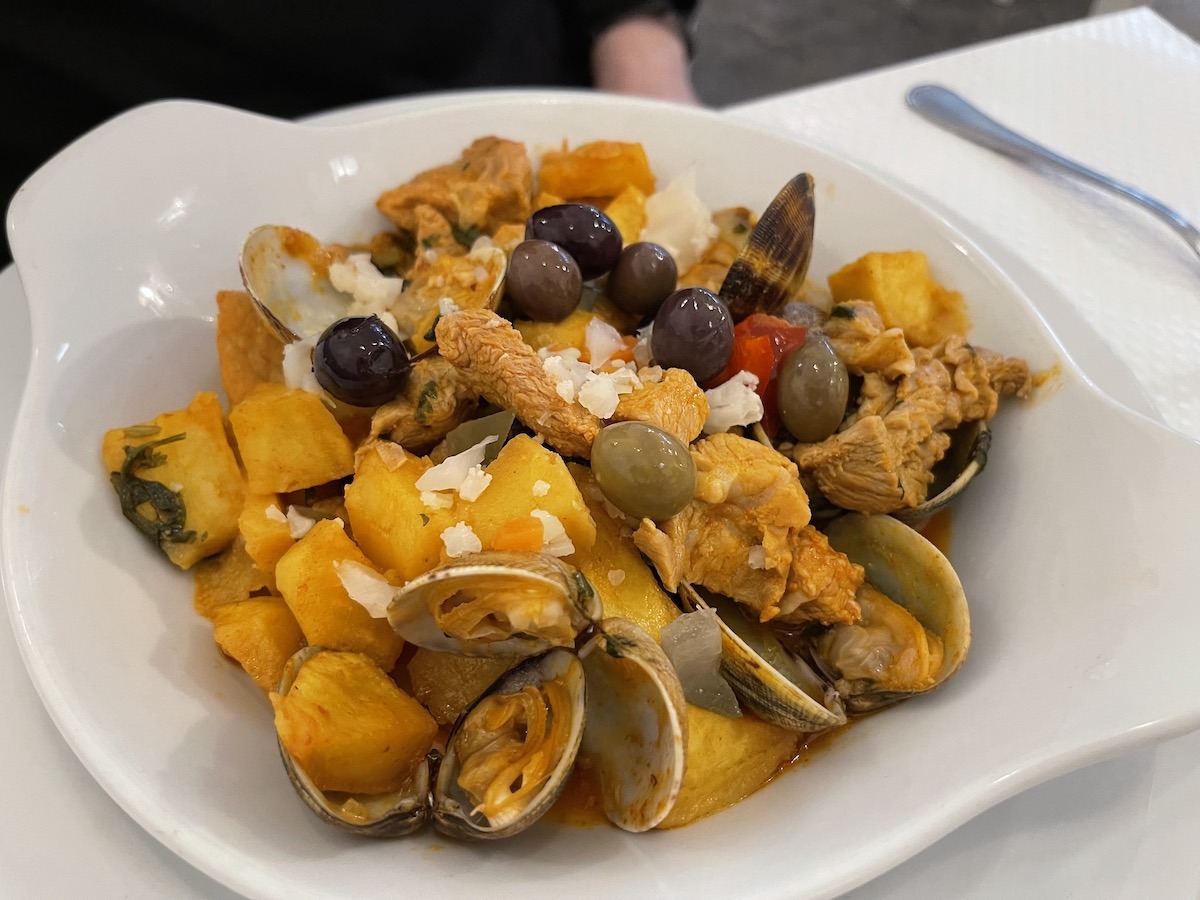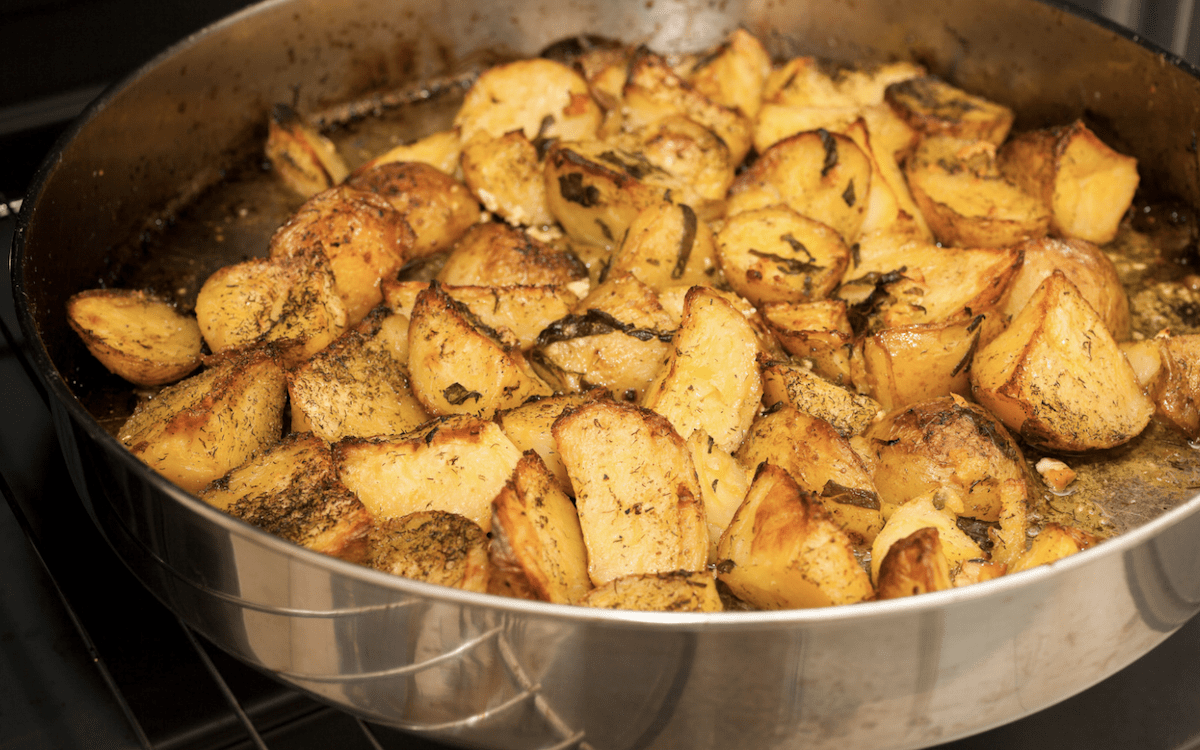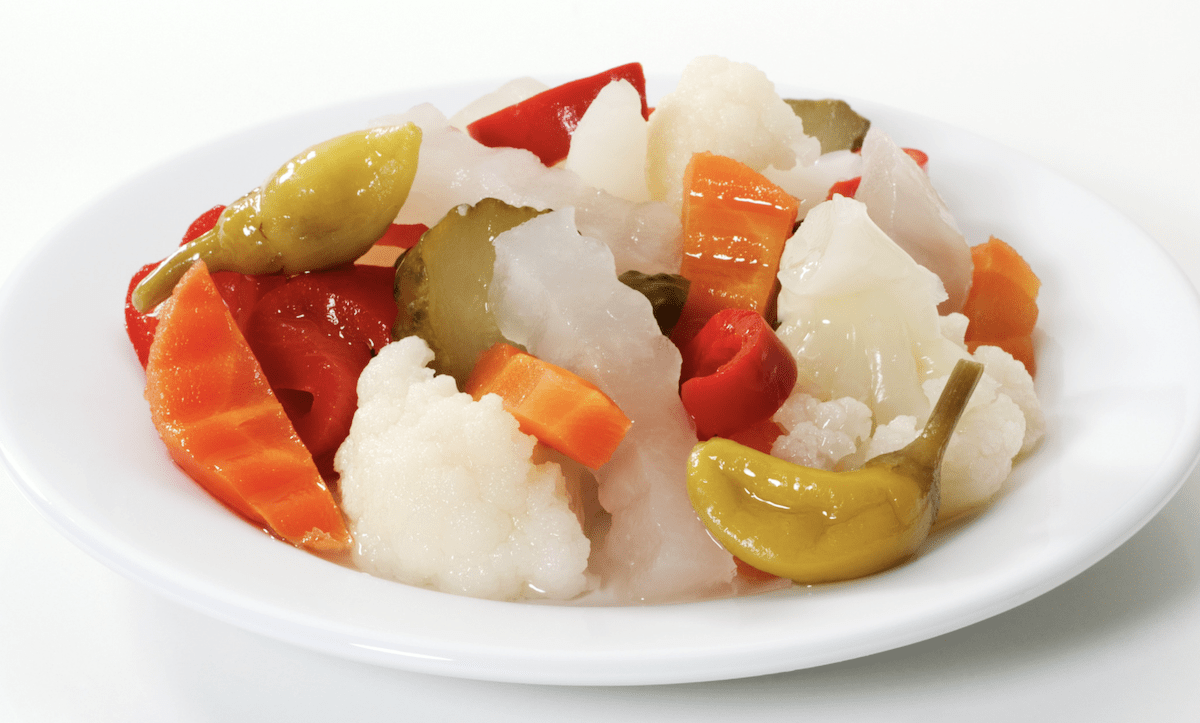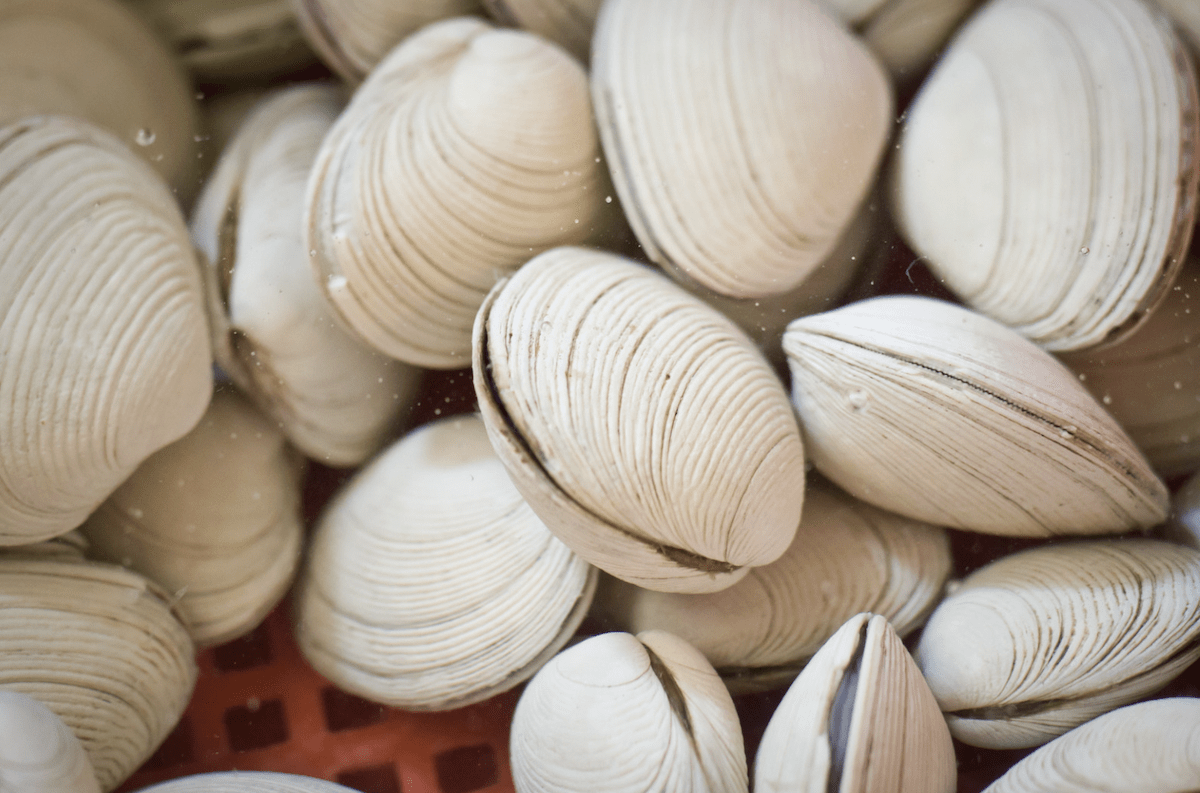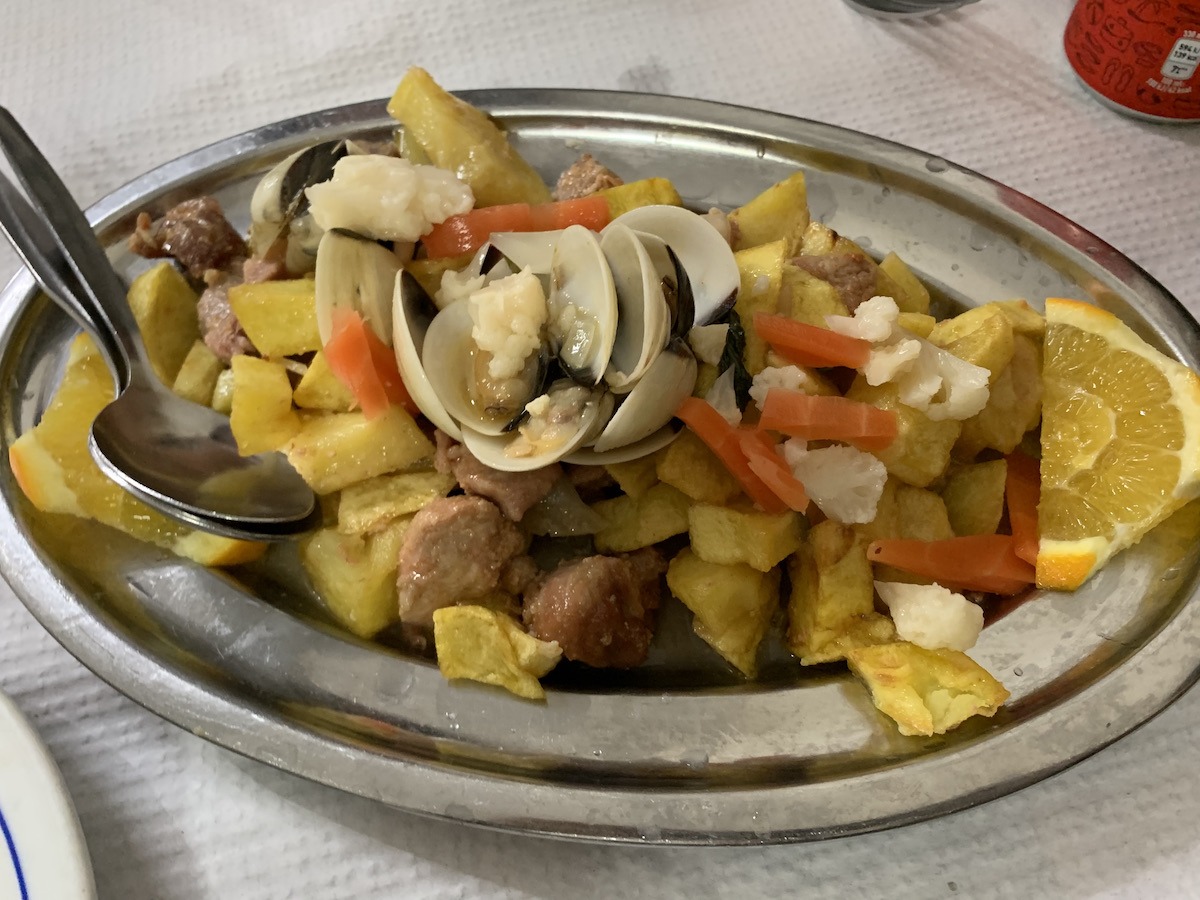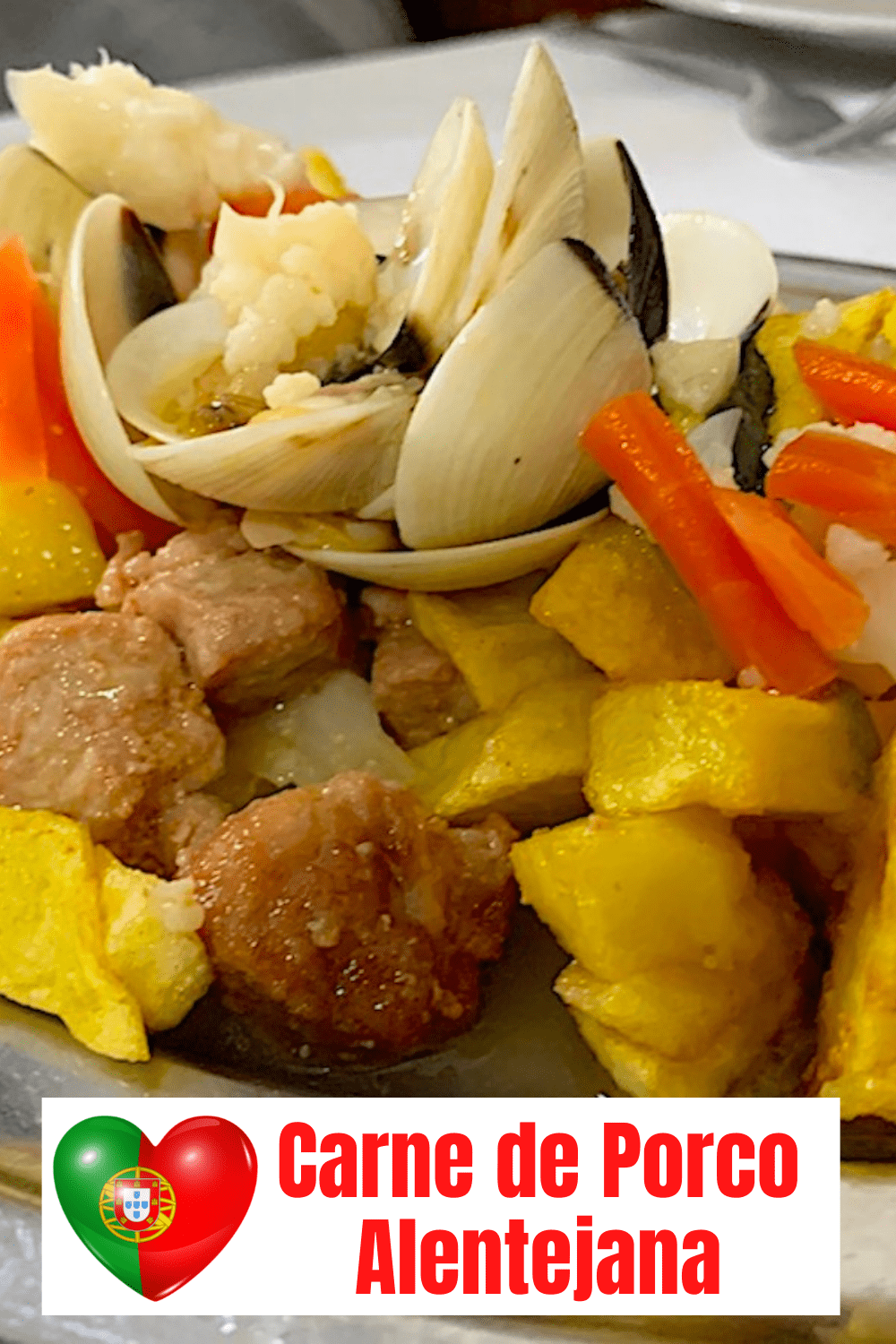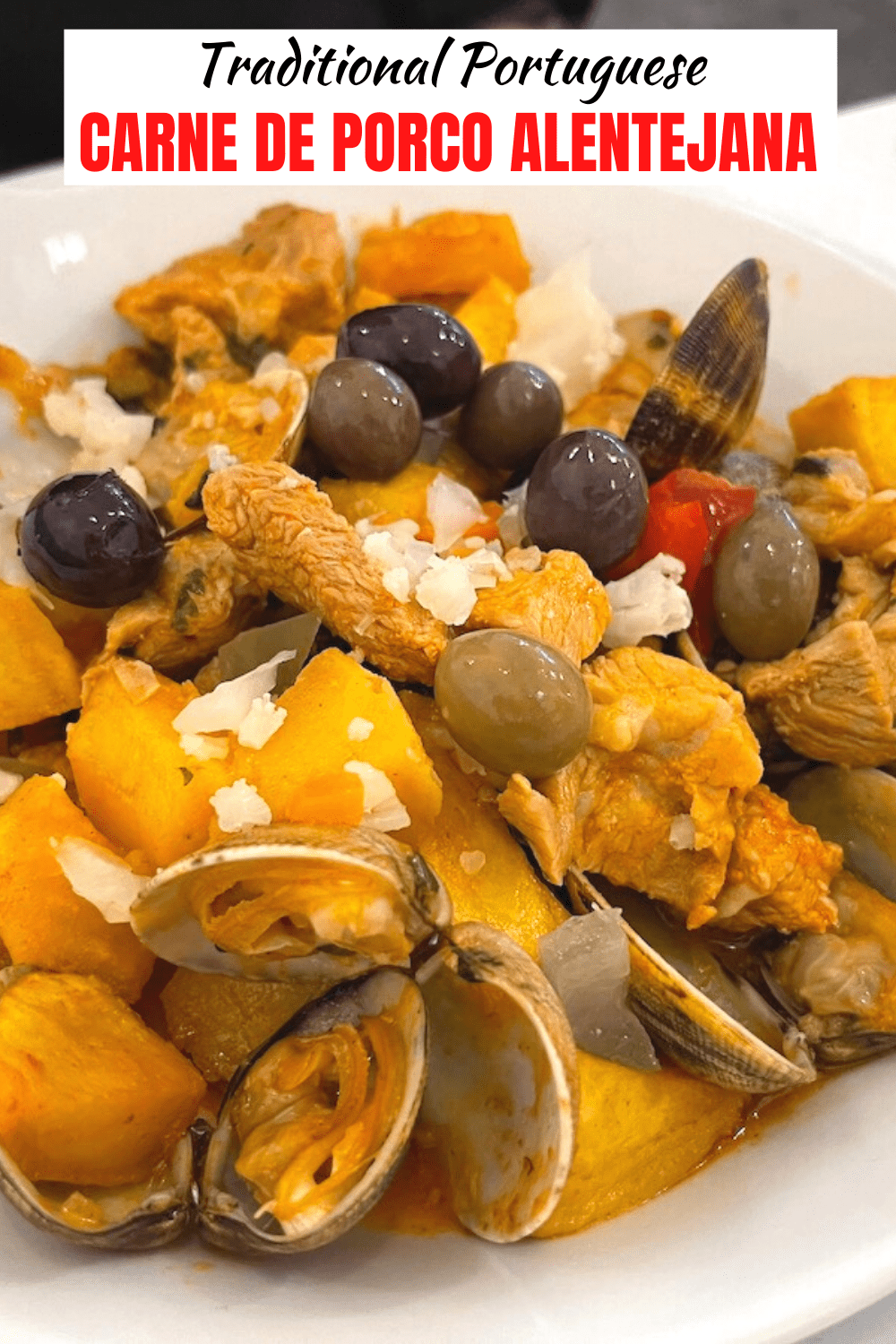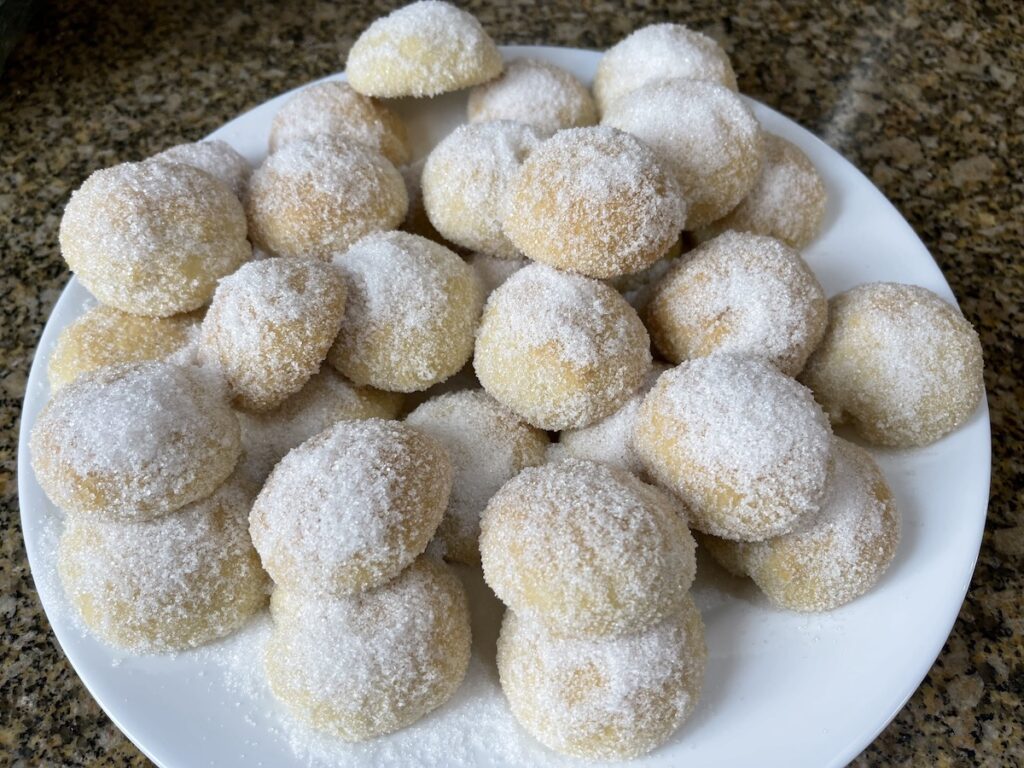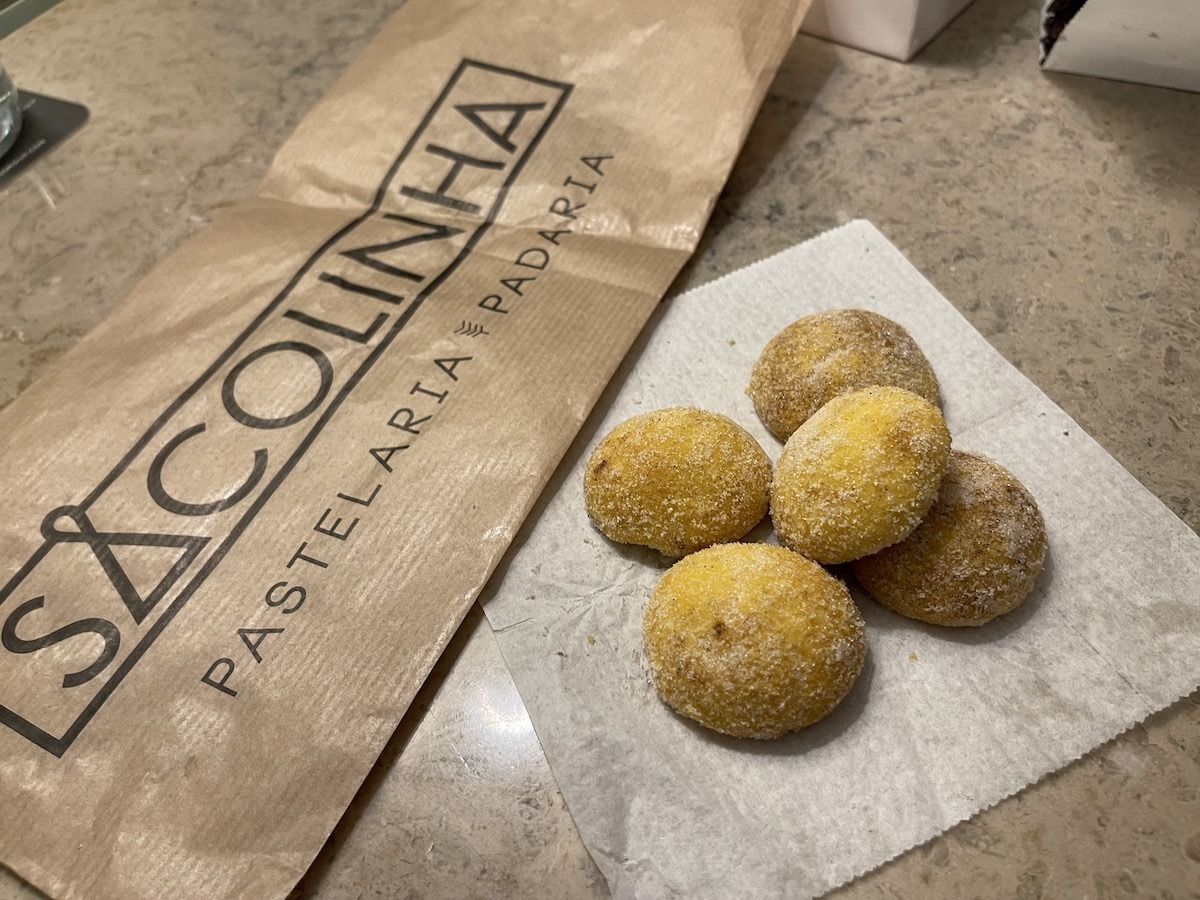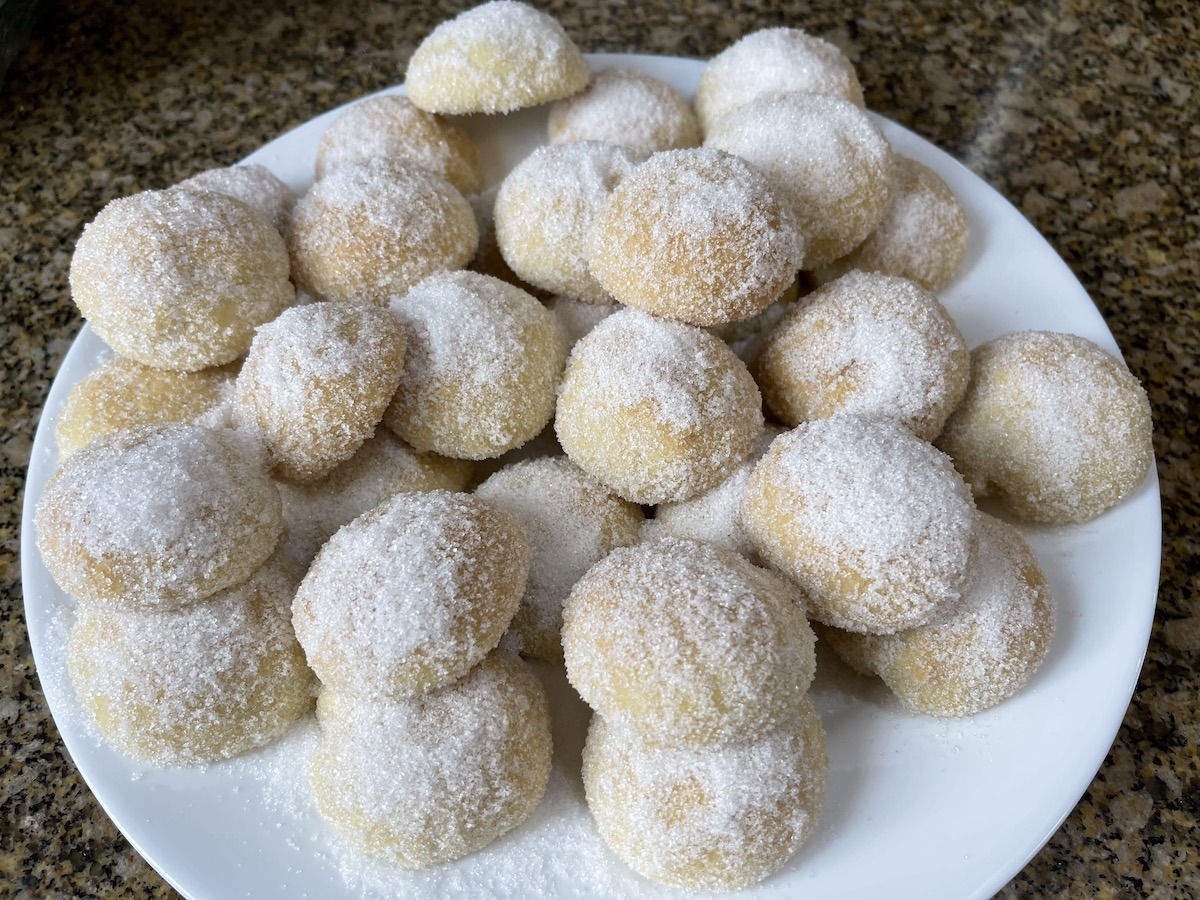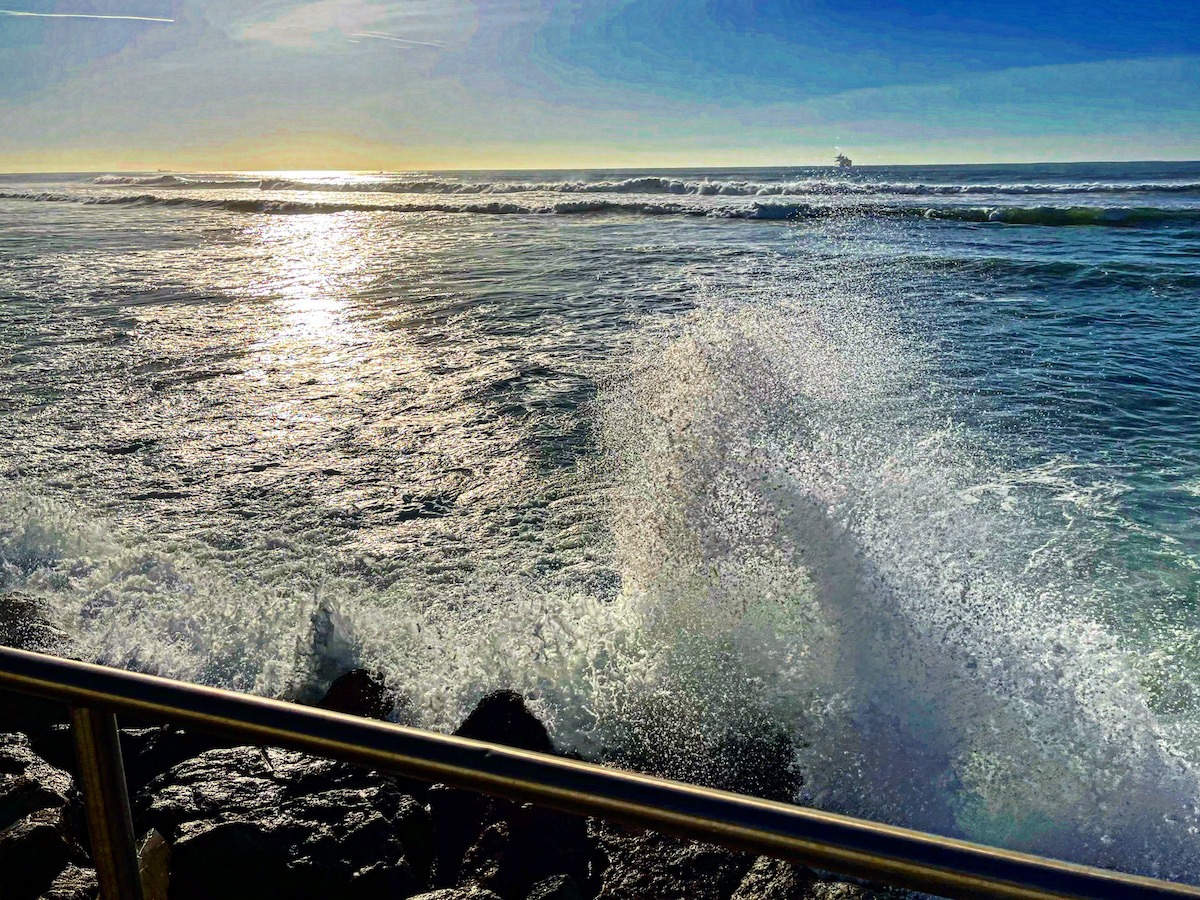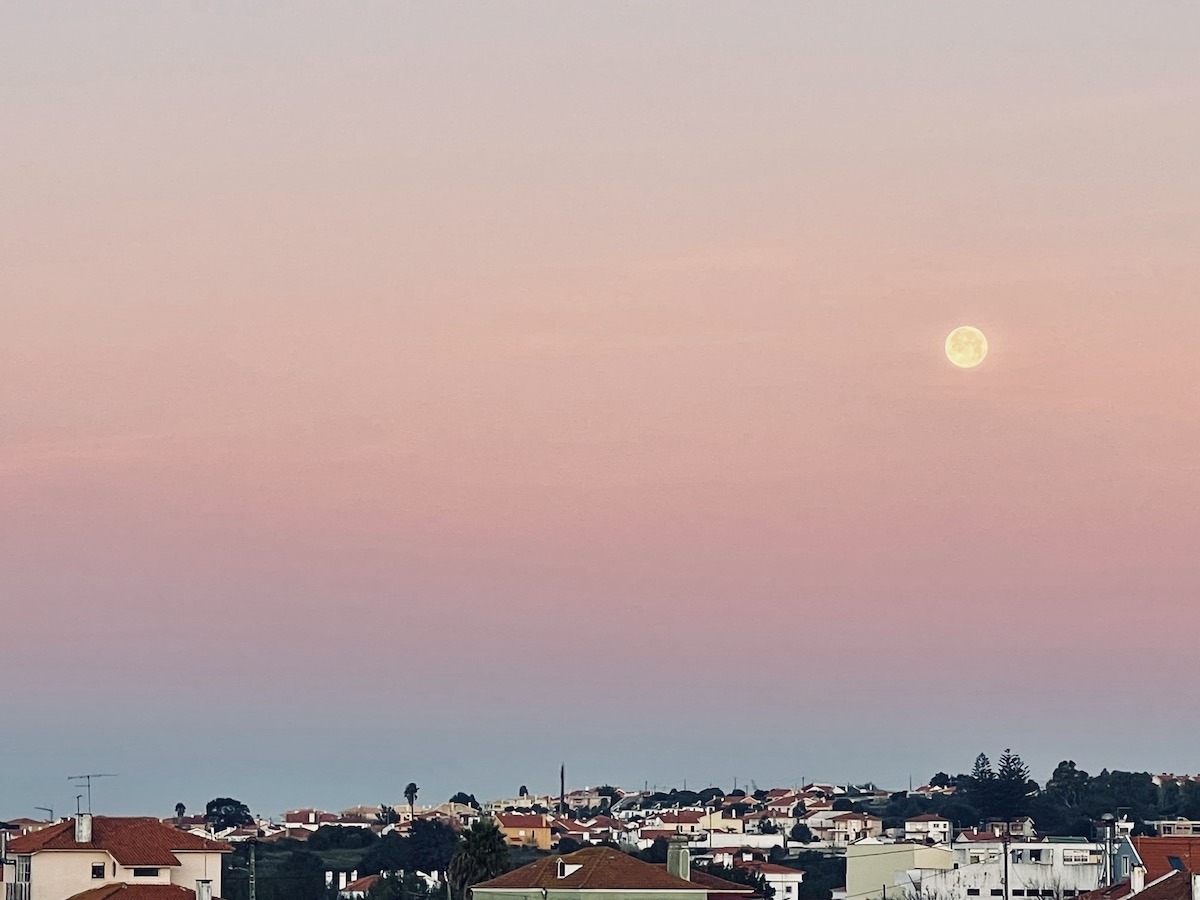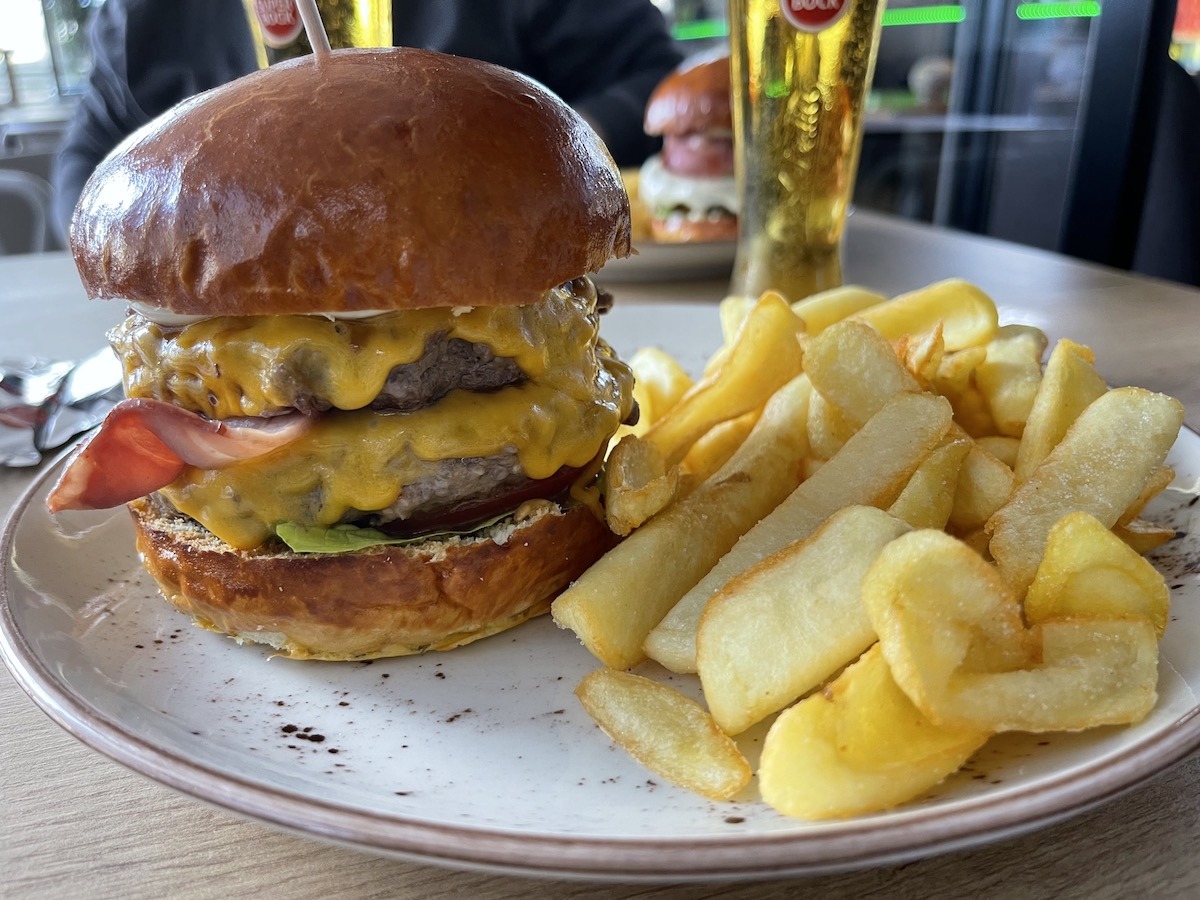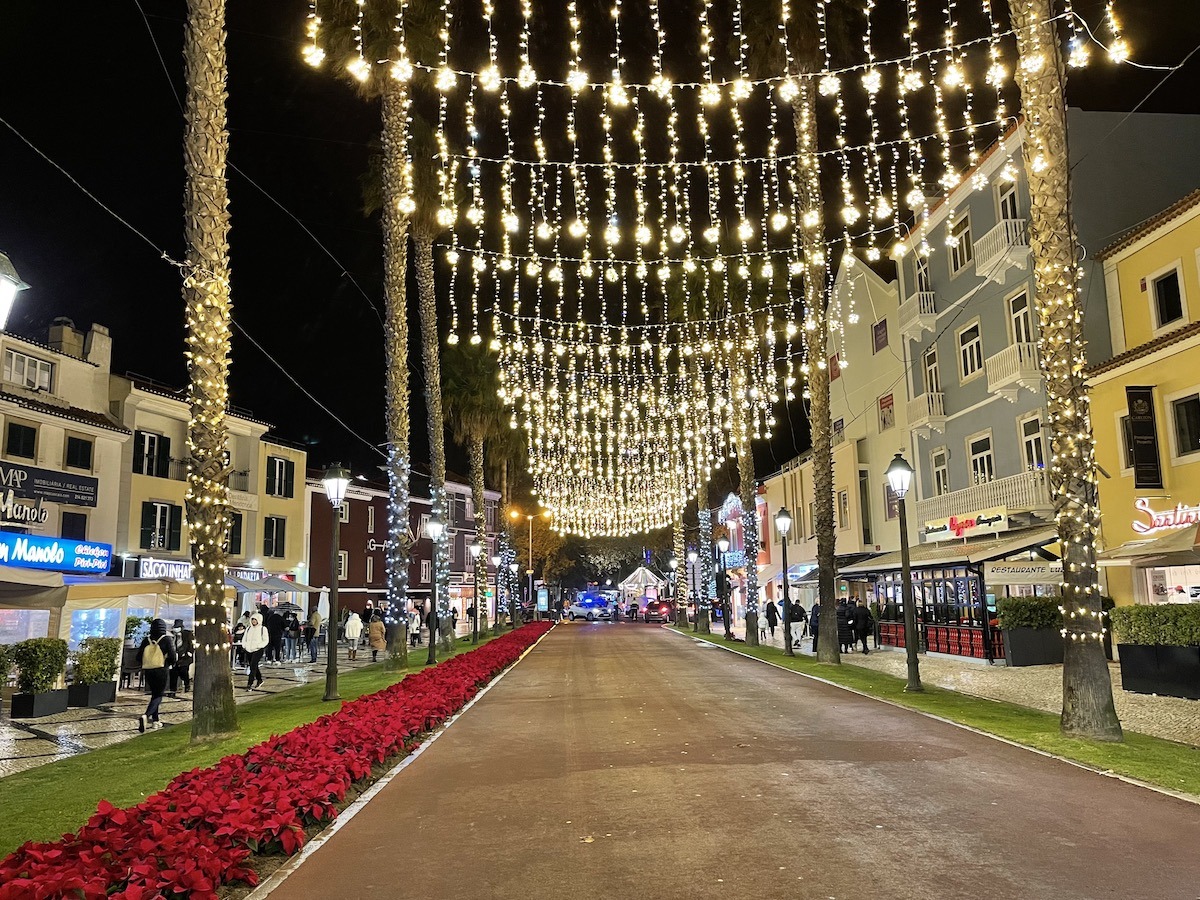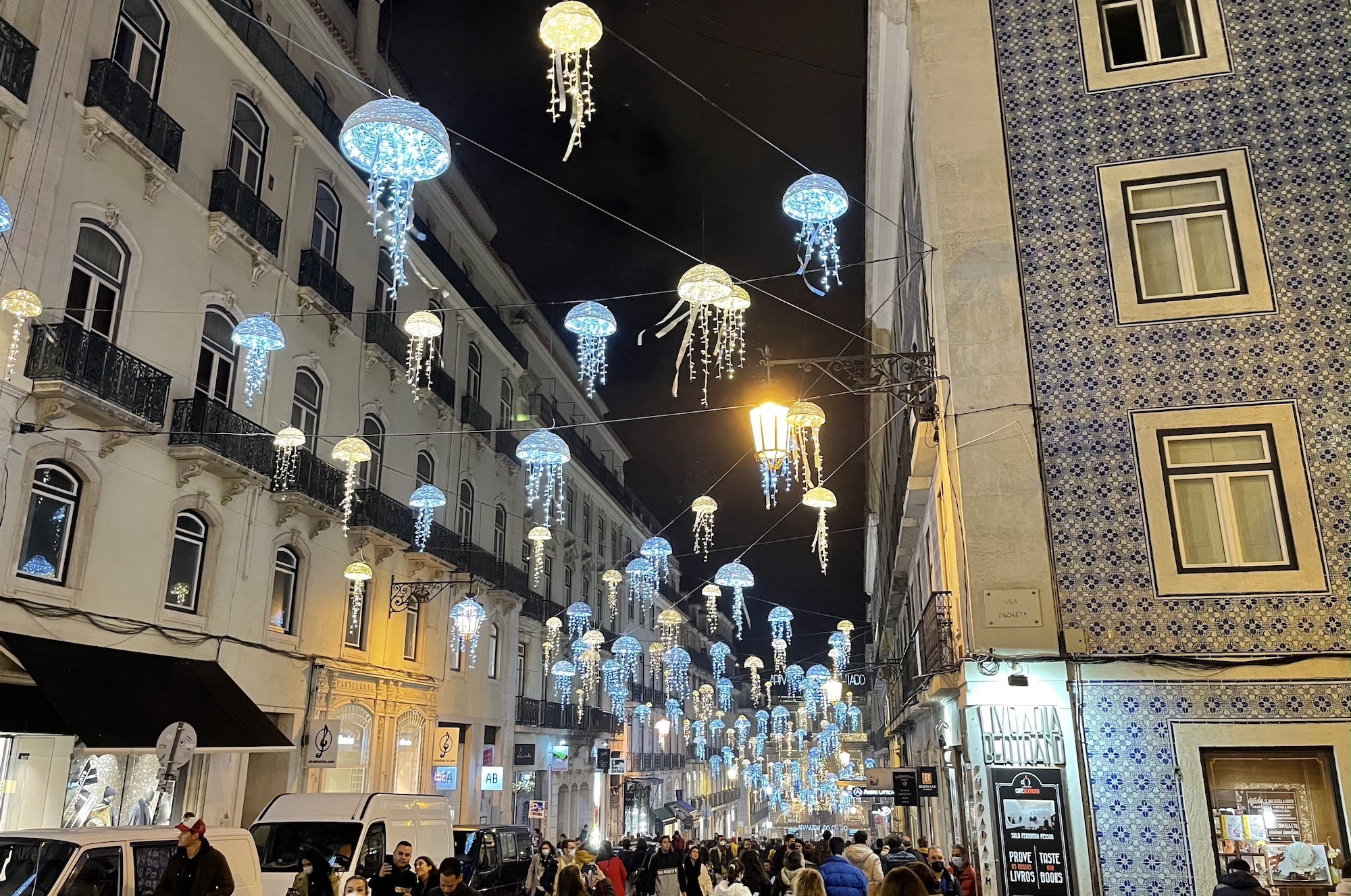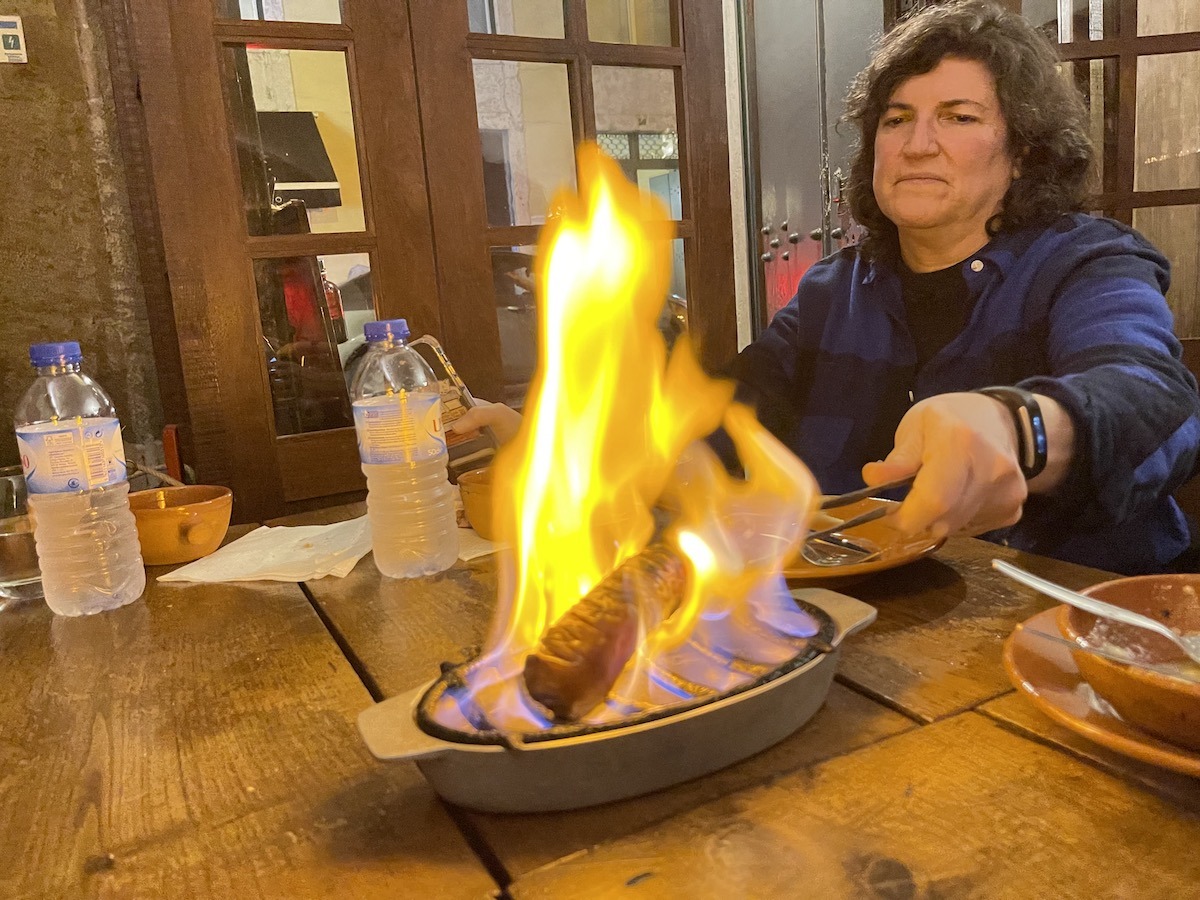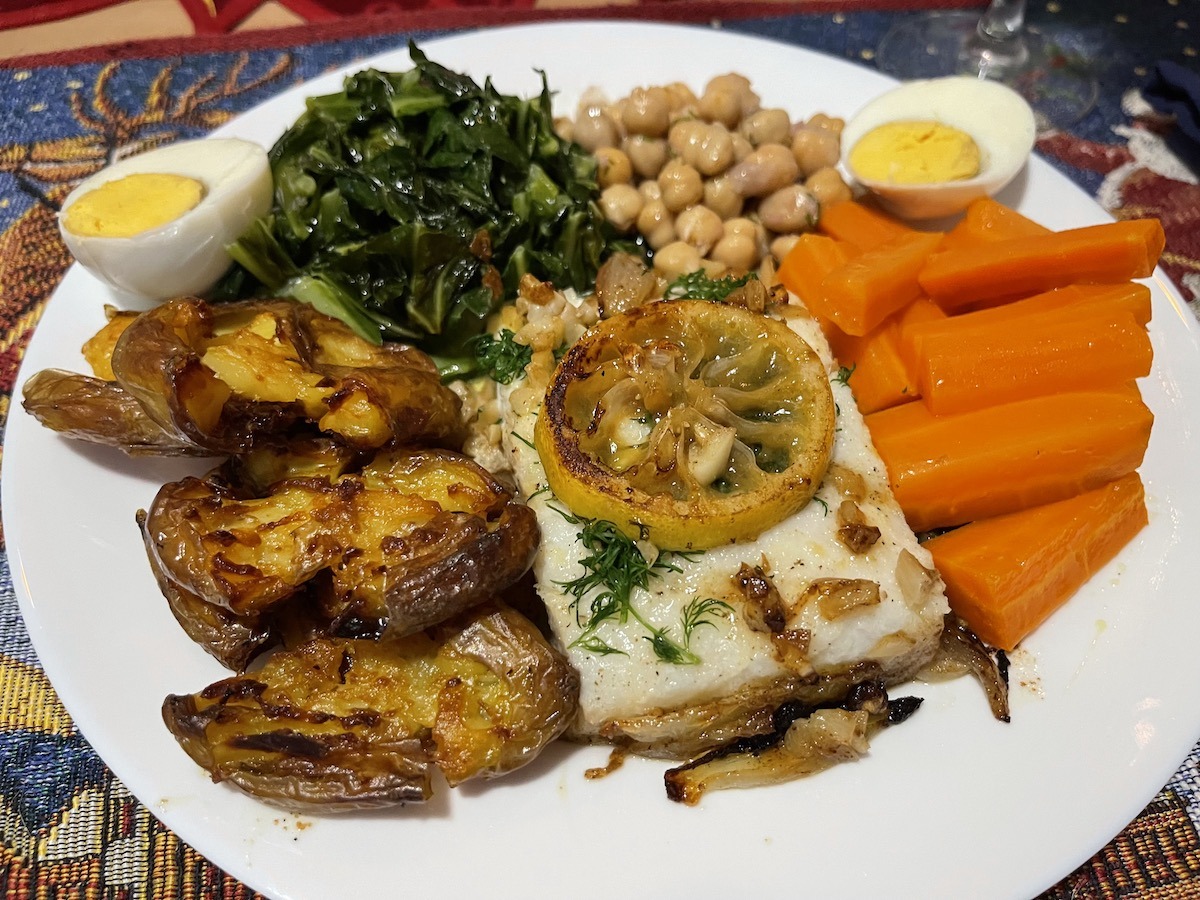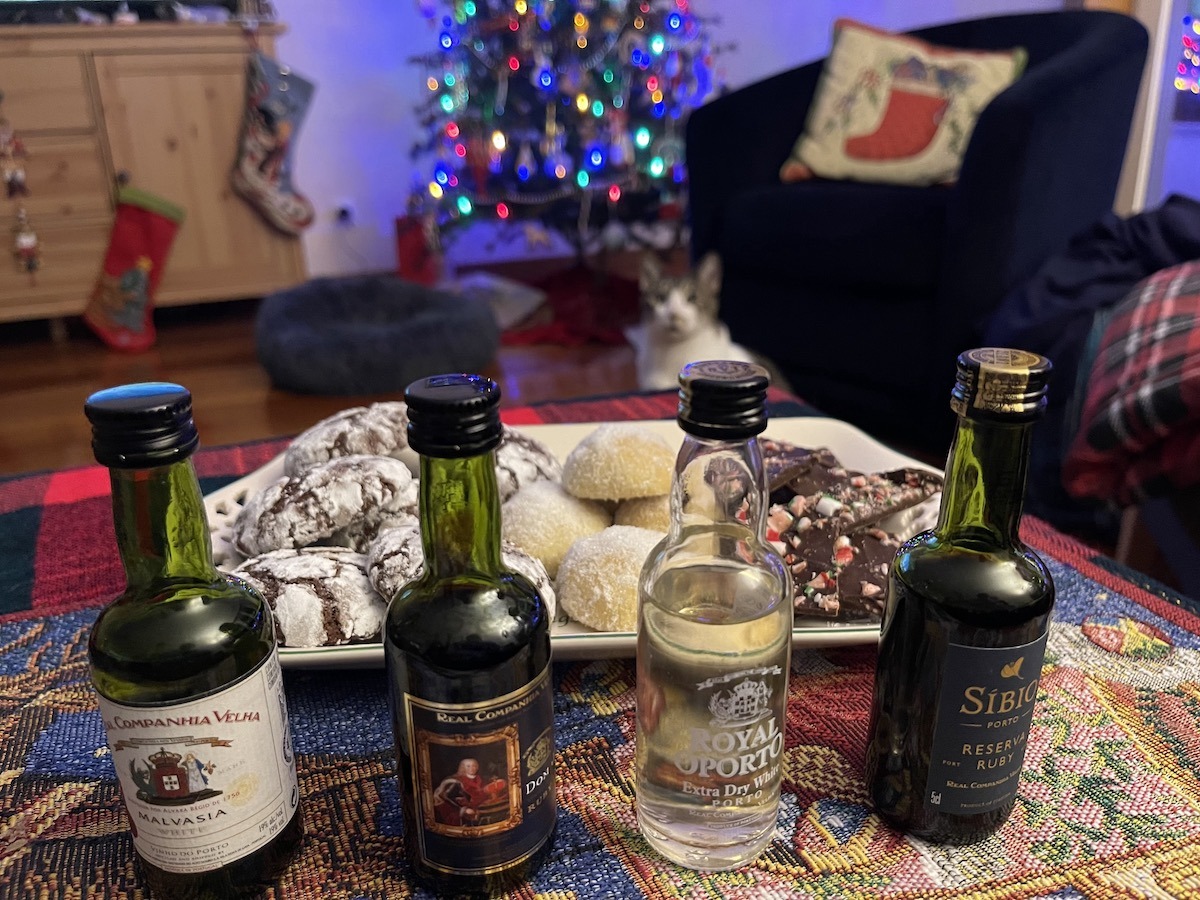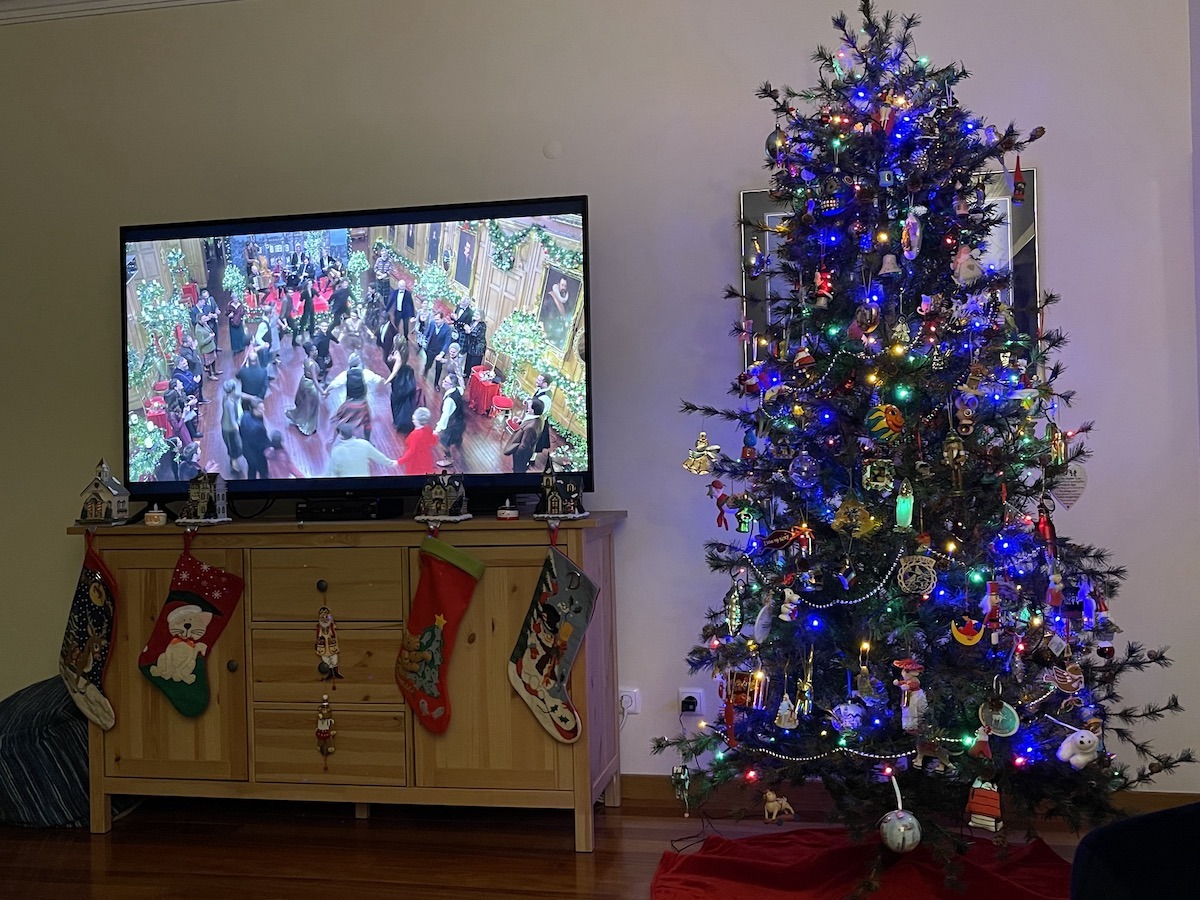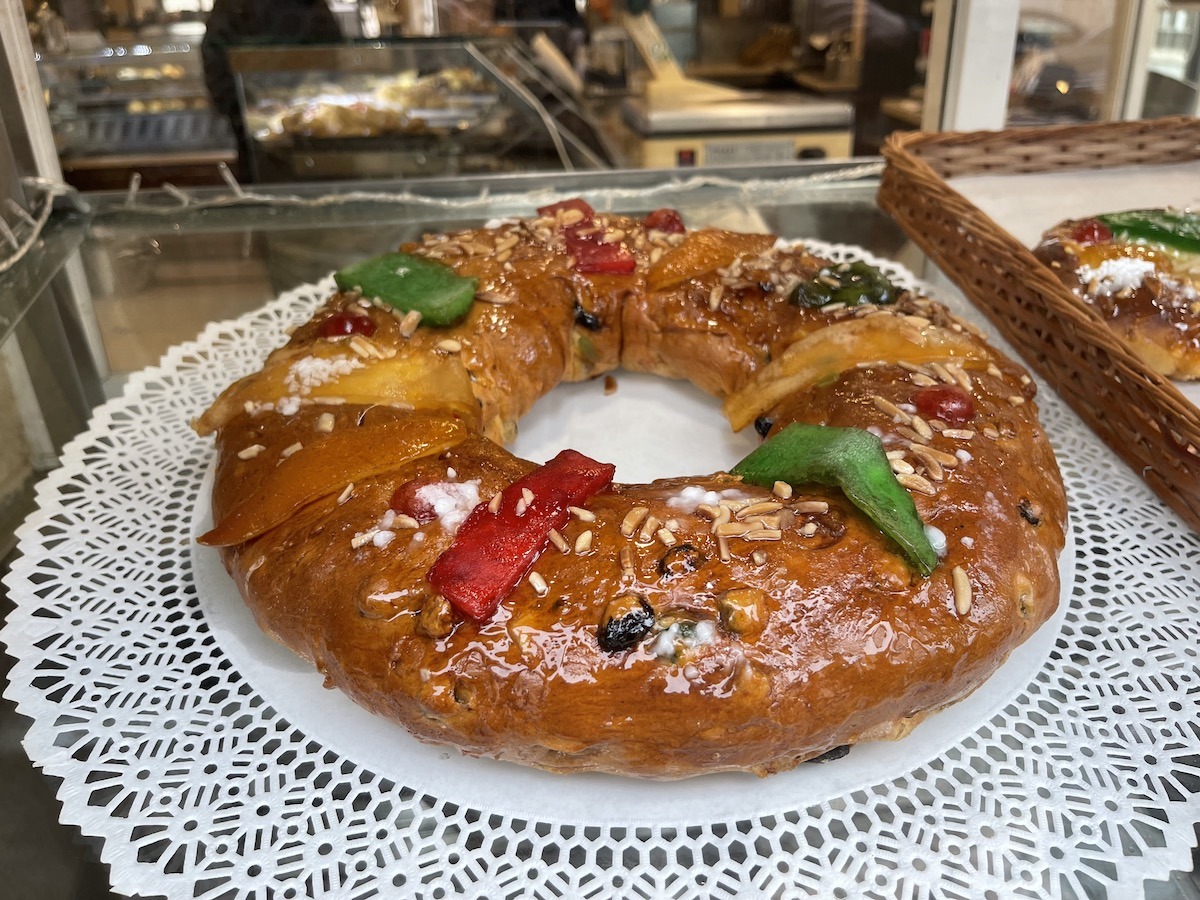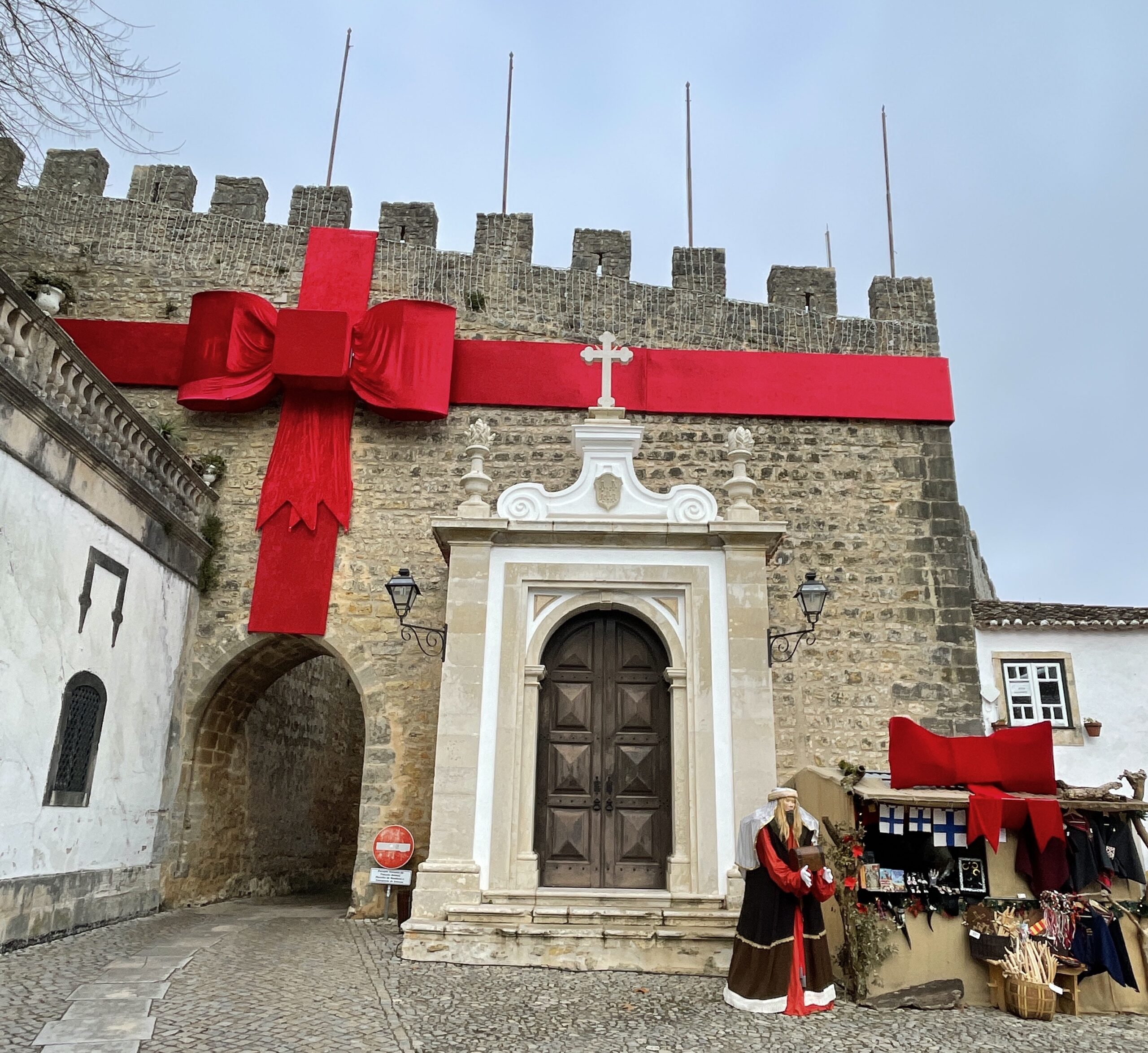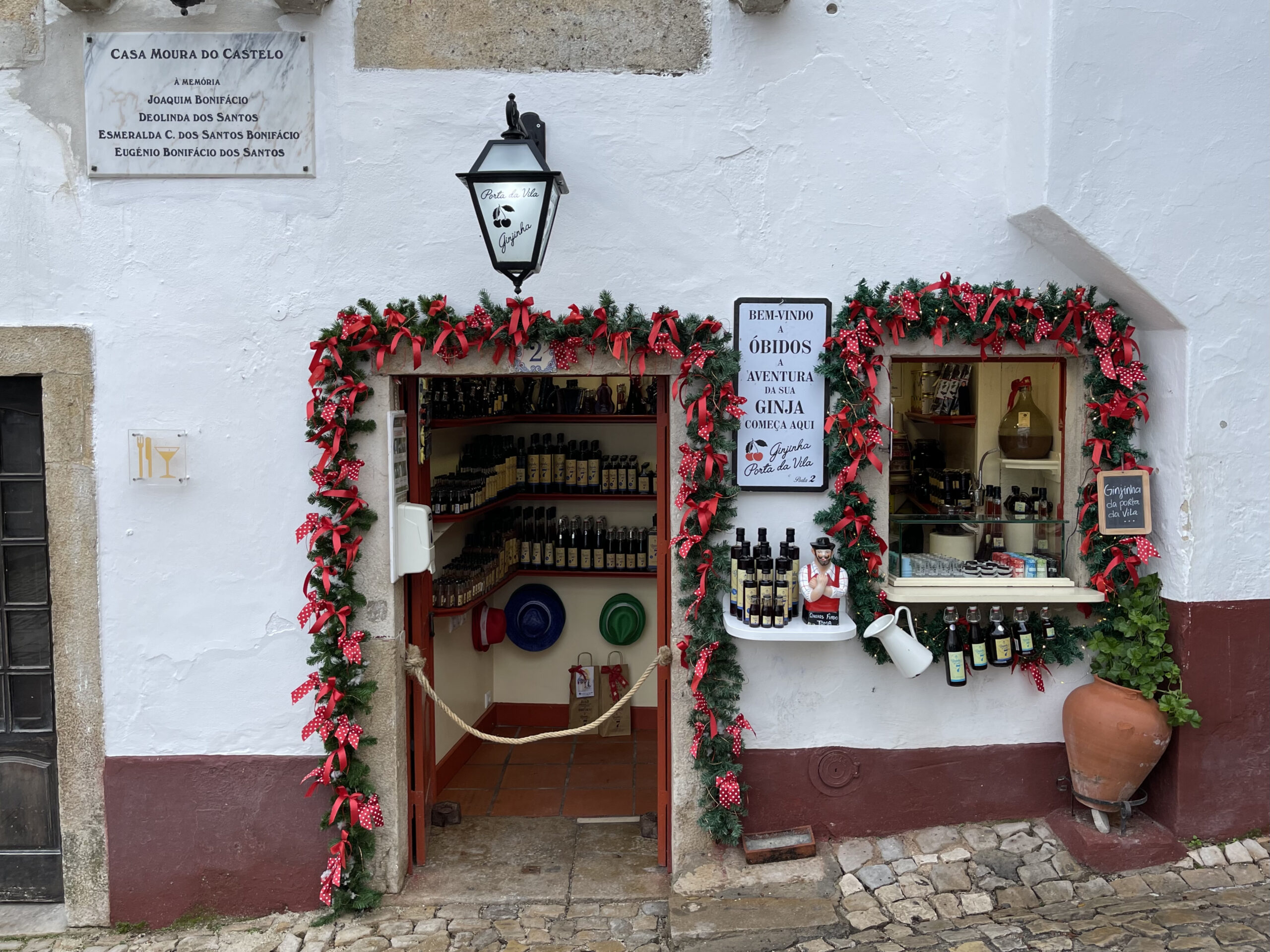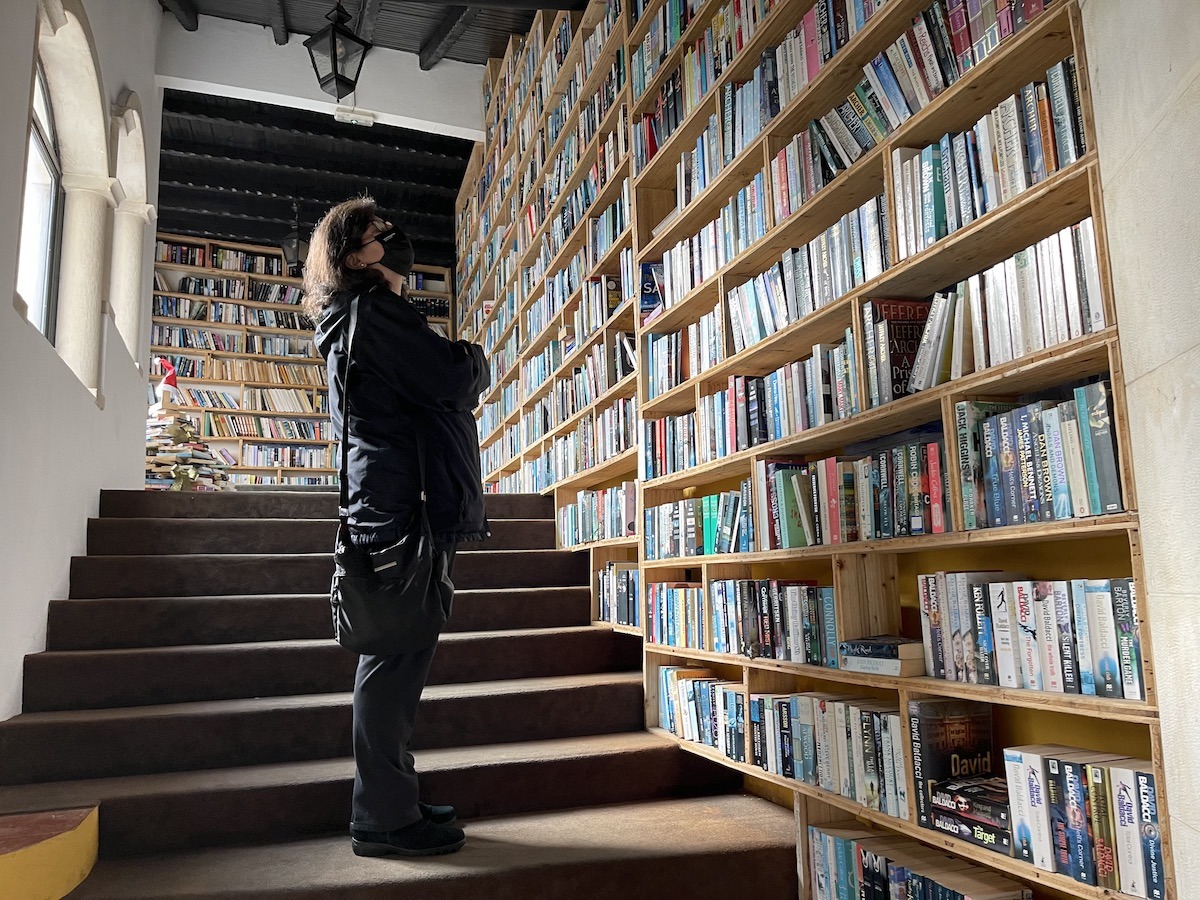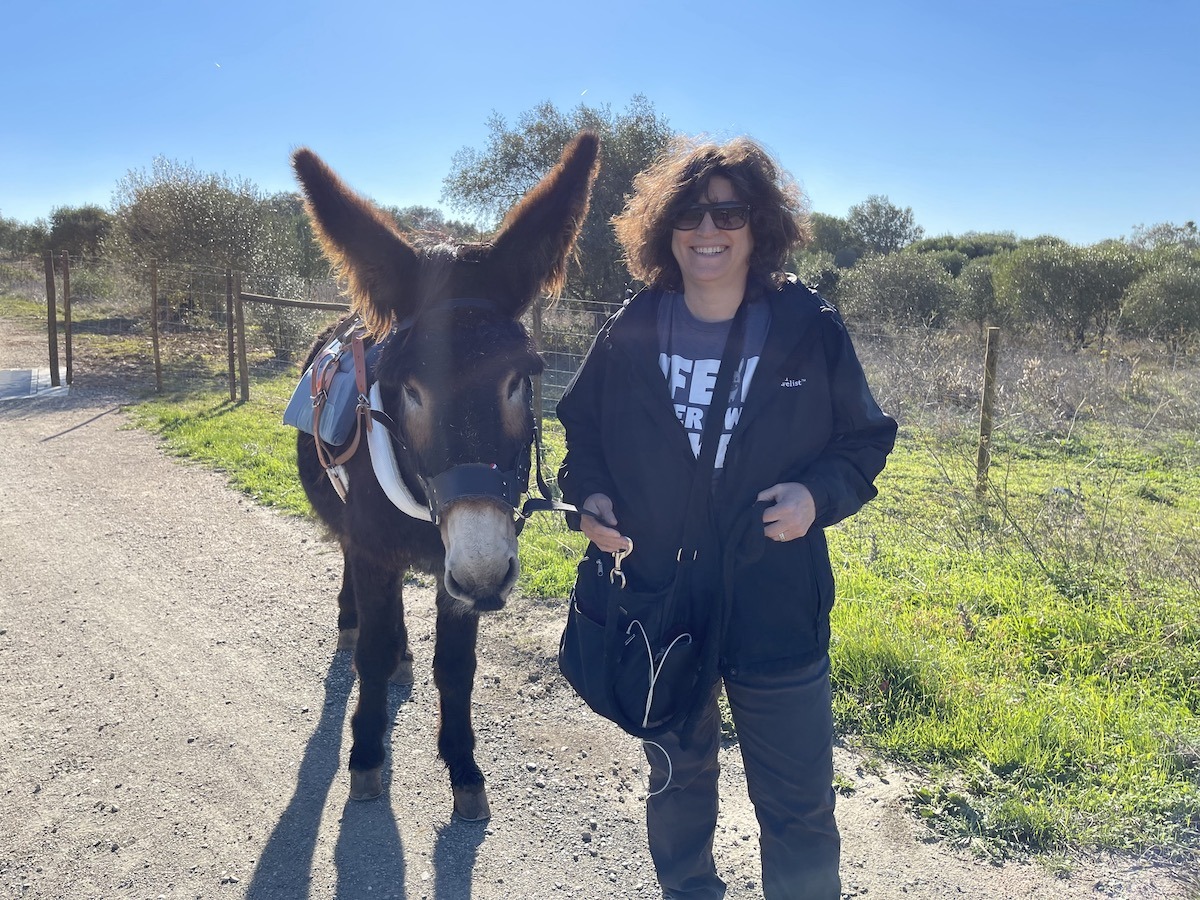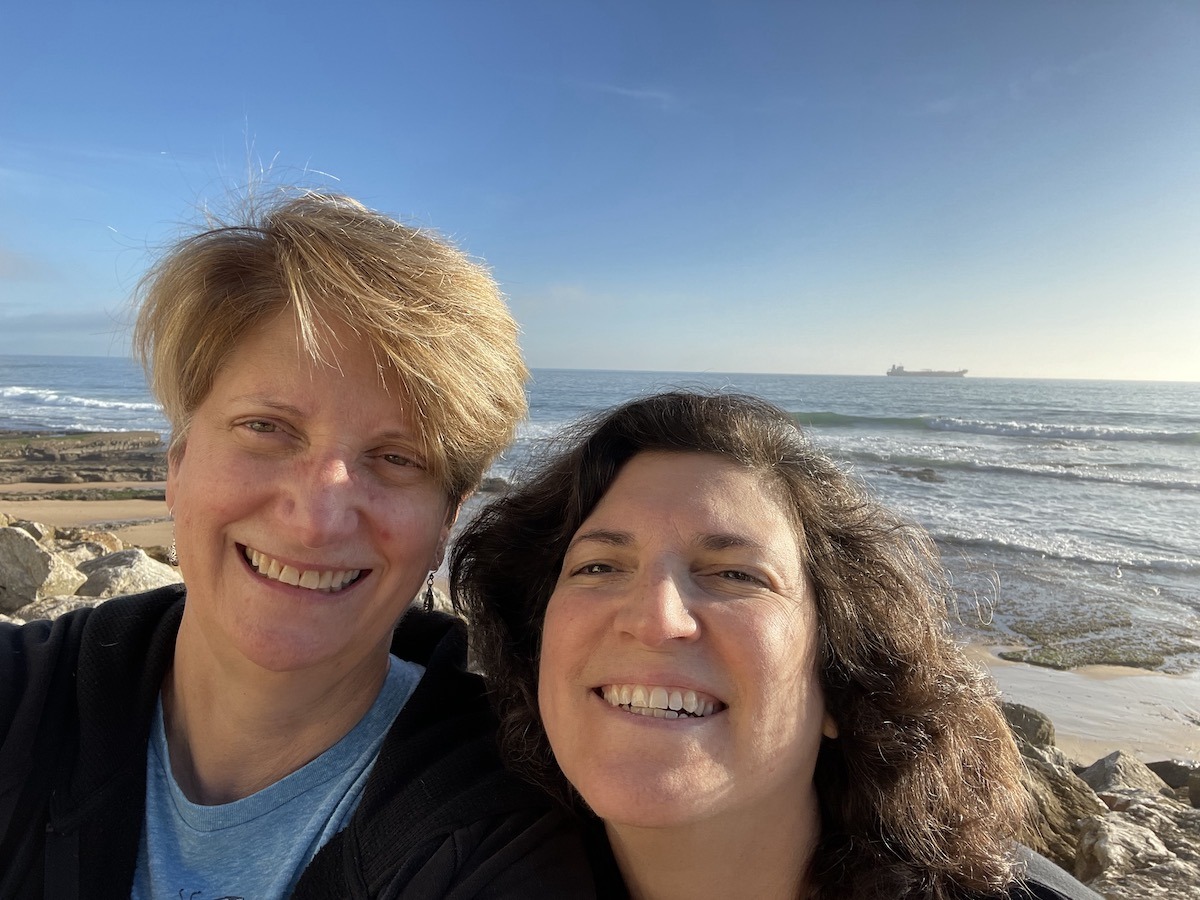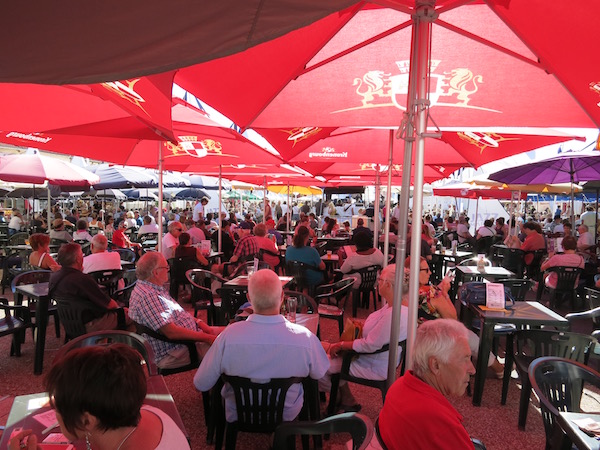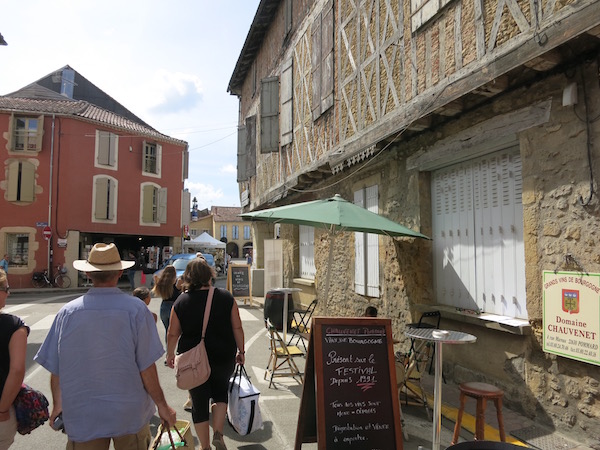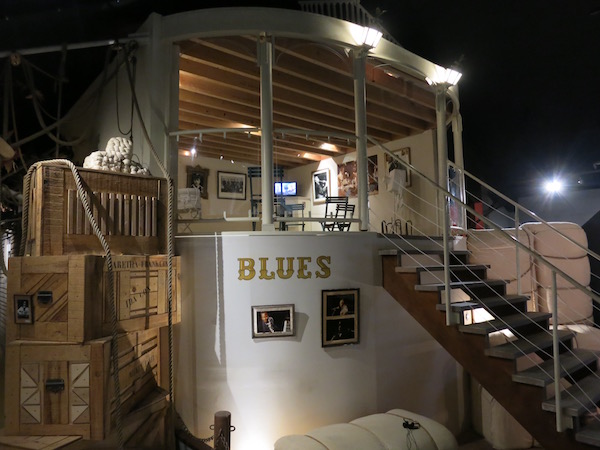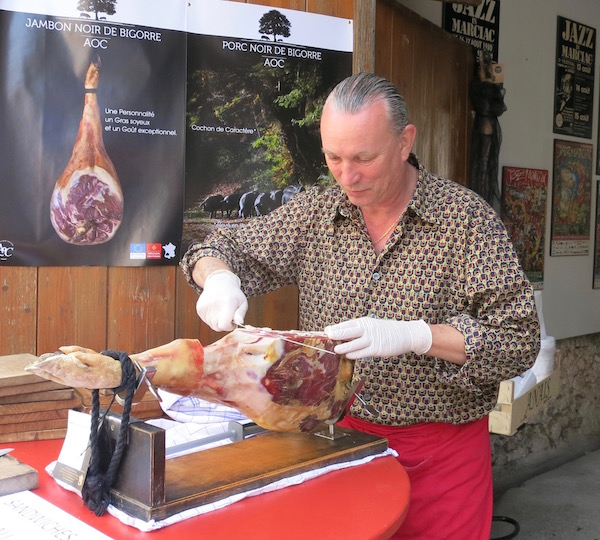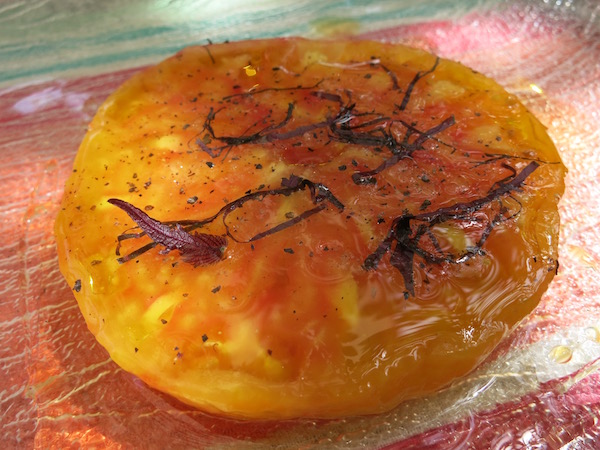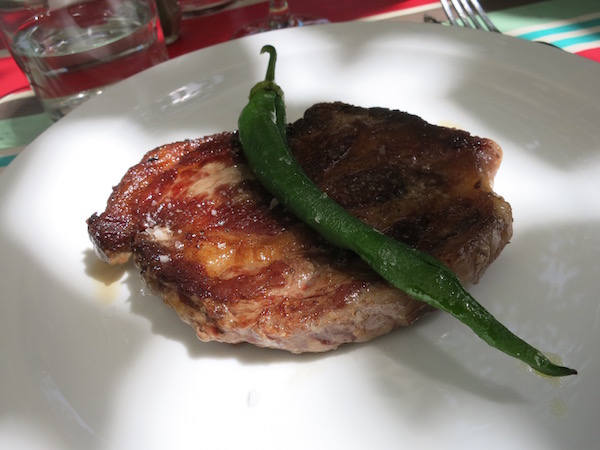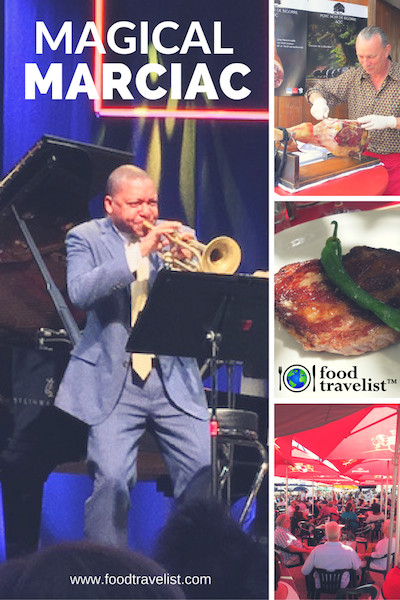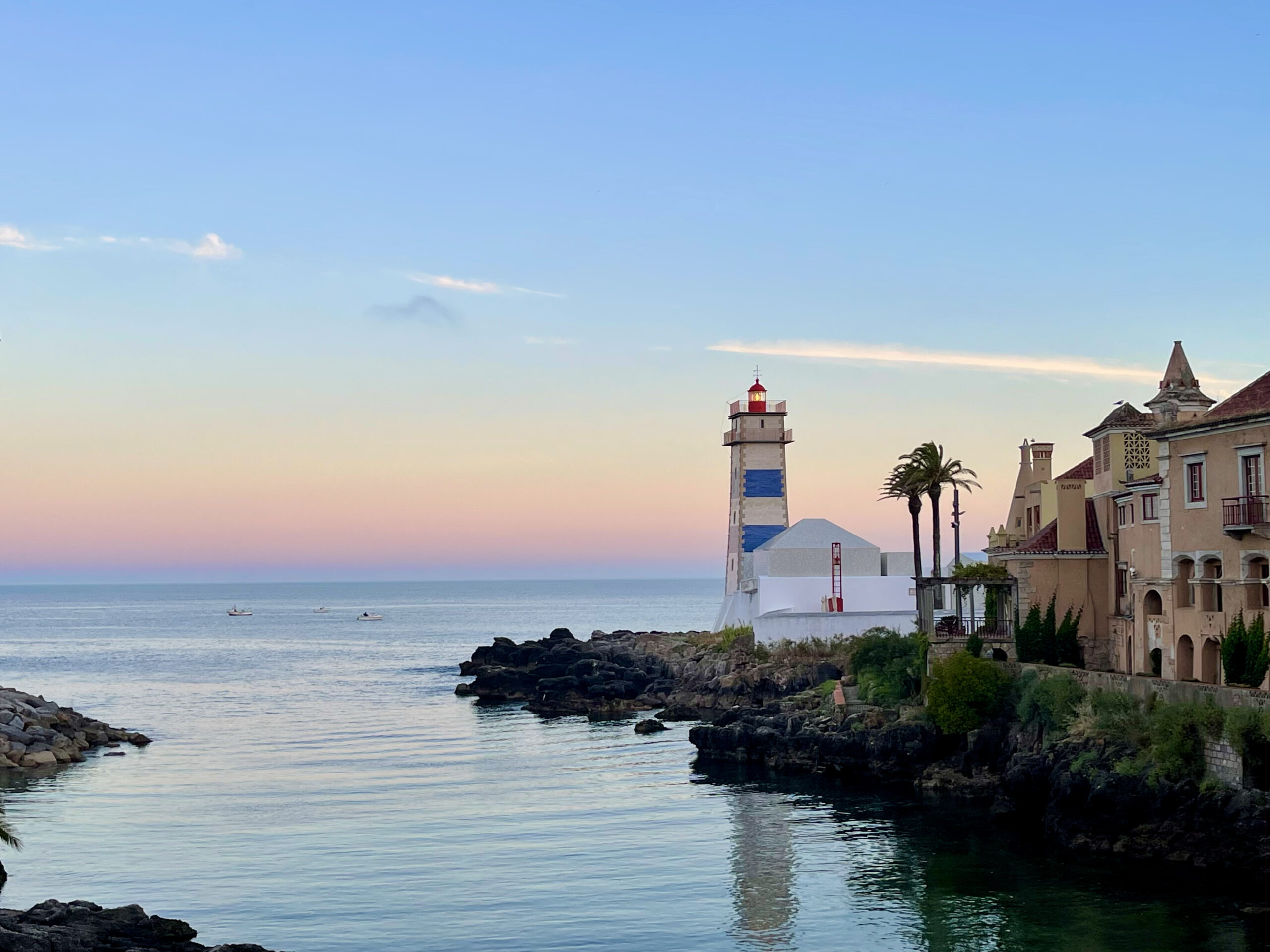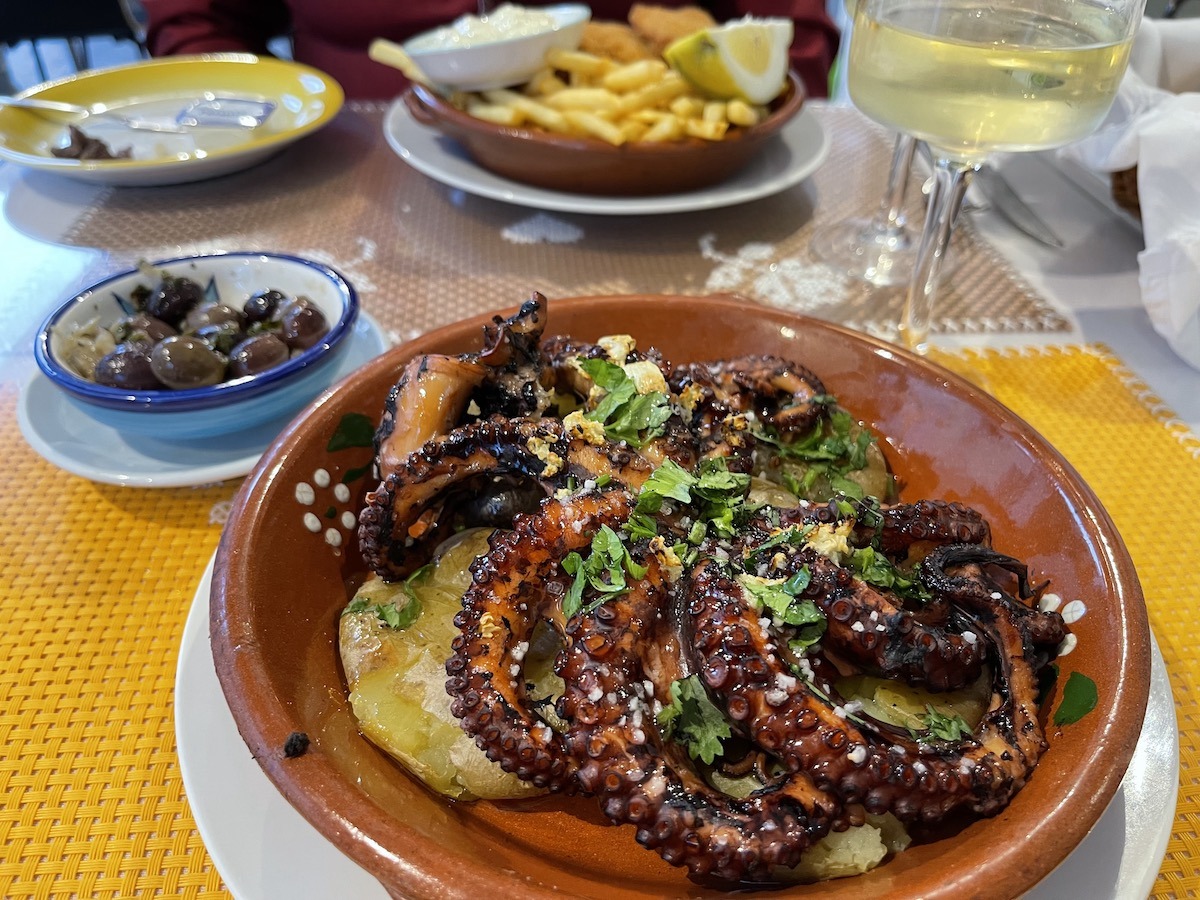As the second-largest city in the Peloponnese, there are many different Kalamatas Greece. The city has multiple vibes, all of which we were keen to experience. With 50,000 residents, Kalamata offers the vibe of an active city. It’s in the center of a horseshoe-shaped coastline, so we felt a strong coastal vibe that most certainly thrives during the hot Grecian summers.
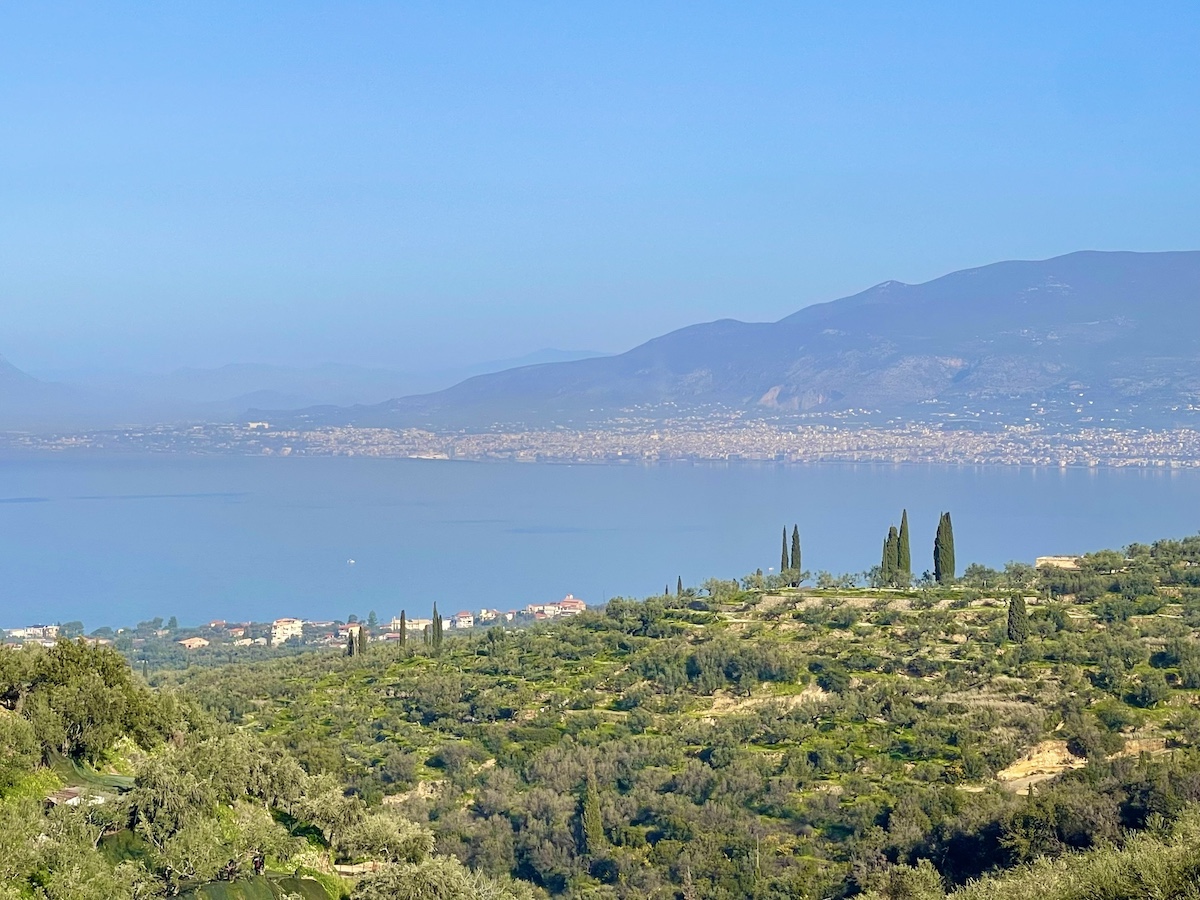
The fascinating museums, historical sites, and amazing geography help you connect with nature and history while embracing vibrant modern Greek culture. And, of course, there’s just no way to ignore the phenomenal gastronomic vibe that pulses through every nook and cranny of the city. We had fun exploring and will share things we think you will not want to miss when deciding what to see and do in Kalamata, Greece.
Disclaimer: We were selected for the My Peloponnese Vibe initiative, a unique tourism approach designed to provide participants with authentic cultural experiences in one of five areas within the Peloponnese Region of Greece. We chose to explore the Messinia regional unit while staying in Kalamata, the second largest city in the Peloponnese. Our EasyJet flights were provided by Visit Peloponnese, and some of our hotel accommodations were provided by Pharae Palace Hotel. We were not otherwise compensated, and all opinions we provide are our unique views and reflect our own experiences.
Many Kalamatas Greece
When considering a trip to Greece, most people think about Athens and the many islands. But there’s another part of mainland Greece that is worth considering. The Peloponnese is the southern portion, kind of island-like, but connected by the Corinth Canal and the Bridge of Rio Antirio. This unique region offers different types of experiences depending on where you visit. All the areas are just a few hours apart, so if you’re looking for some fun road-tripping, the Peloponnese makes for an awesome home base while exploring various “vibes” there. We chose Kalamata (sometimes misspelled as Kalamatas Greece) to be our main spot for its cultural, historical, and, of course, culinary excellence.
Kalamata Old City
Our first suggestion on our do-not-miss list is to spend time in Kalamata’s Old City. Some people call it Old Town, but whatever the name, it’s a treasure trove of charming streets, historical buildings, cultural attractions, interesting shops, and delicious food. We dove into them all, eager to get a figurative and literal taste of everything that Kalamata has to offer – and that is a lot! Here are some of our favorite stops in the Old City.
Archaeological Museum Of Messinia
This is the place to get a better understanding of the past in the Messinia region (the area of the Peloponnese where Kalamata is located) and the various areas of the region. The museum is organized into four sections based on geographical units (Kalamata, Messene, Trifylia, and Pylia). There are sculptures, pots, mosaics, coins, jewelry, and all kinds of fascinating artifacts that take you through stories of the past from the Bronze Age to the Byzantine era.
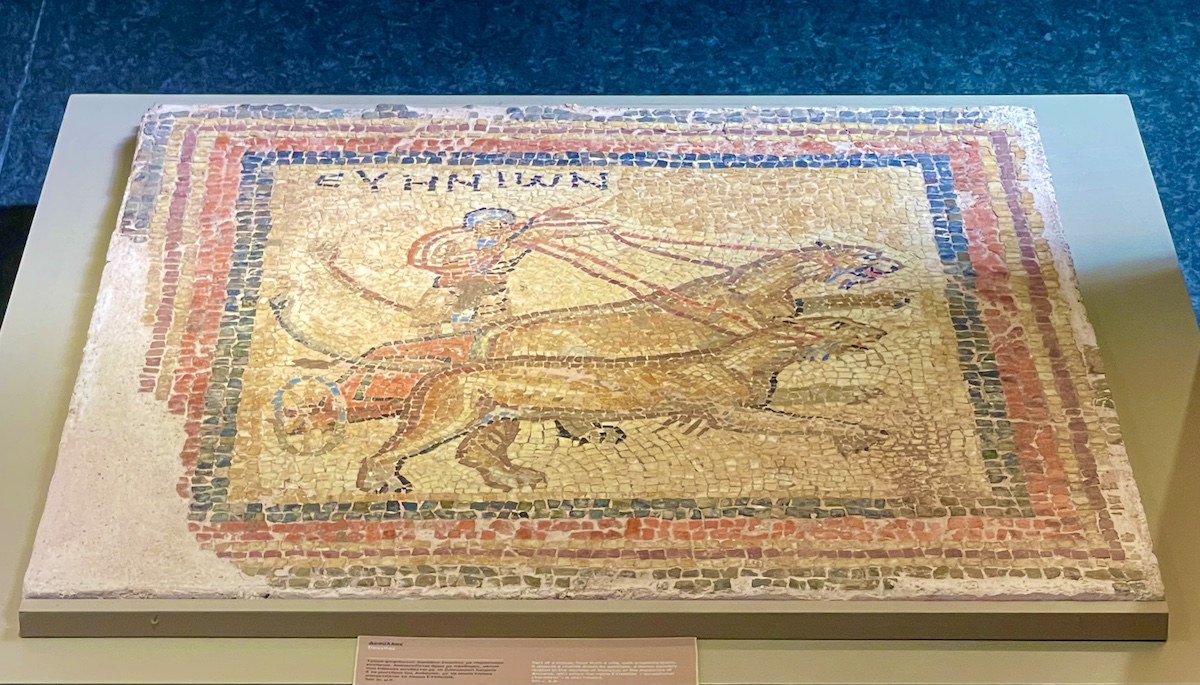
The explanations of each exhibit are in both Greek and English, so you won’t have to wonder about what you’re seeing, which makes it that much more fun. Seeing some of the items used in everyday life like oil lamps and water jugs reminds us that real people lived in these areas thousands of years ago, and we were getting a tiny glimpse into their lives. There’s also a museum shop with gifts, replicas, books, jewelry, and other items, so you can take a little bit of that history home with you if you like.
History And Folklore Museum
This is one of those gem museums that is tucked away inside an unassuming building but holds a ton of fascinating items and information. The ground floor exhibit of the museum shows aspects of rural and pre-industrial life. Examples of pottery, embroidery, weaving, soap-making, and various agricultural pursuits paint a picture of what the area was like at that time. The second floor introduces bookbinding and printing, which were essential to Greece’s independence. The first printing office of a free Greece was located in Kalamata. There are also representations of a typical Greek house and café along with costumes and artifacts from the Greek revolution. We were stirred by the large, bright red Turkish flag from the battle in Mani and a painting depicting a war scene with a similar flag prominently displayed in it.
Church Of The Holy Apostles And Ypapanti Church
The importance of the Eastern Orthodox Church to Greek culture cannot be overstated. Tiny villages often have lovely churches, and when there is no church nearby, little shrines with varying degrees of iconography and ecclesiastical items can be found along the roadside for easy access to all.
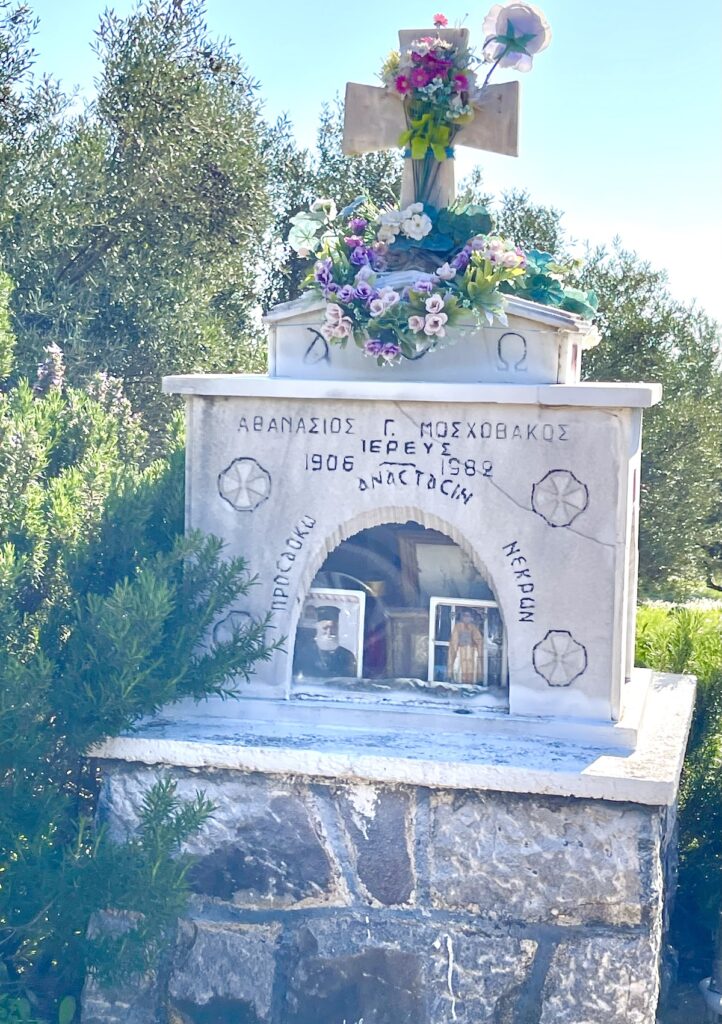
Kalamata has several notable churches, but we found these two to be the most interesting. The Church of the Holy Apostles is pretty hard to miss. It’s smack dab in the middle of Kalamata’s Old City. The original stone Byzantine structure has been supplemented over the years, including elements of Venetian architecture. It was also the place where the declaration of revolution was made in 1821, making Kalamata the first location of independence from the Ottoman Empire in the Greek War of Independence.
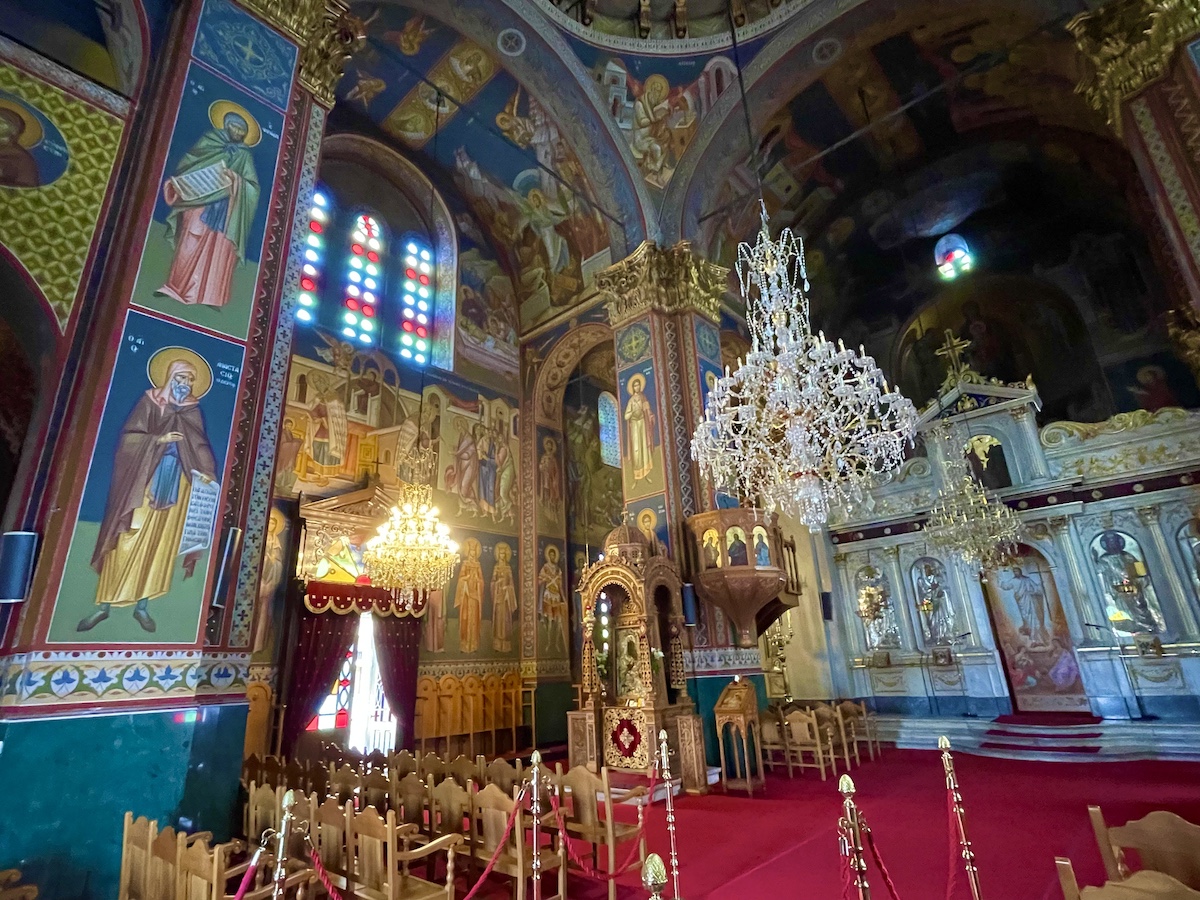
Another church worth visiting is the Church of Ypapanti, which also serves as the Metropolitan church of Kalamata. The large, two bell-tower church holds an icon of Mary, Mother of God, known as Panagia Ypapanti, protectress of the city. The icon dates back to the 7th century, and because it is believed to have a miraculous nature, it is venerated and visited by pilgrims from all over Greece. The inside of the traditional cathedral is adorned with silver, gold, and many beautiful icons. We can imagine the overflowing crowds when every year on February 2, a celebration of the Panagia Ypapanti is attended by thousands of people honoring this beloved patron of Kalamata.
Castle Of Kalamata
History buffs will be delighted with a visit to the Castle of Kalamata. Situated on a hilltop, the castle was originally constructed as a fortress. It fell into disrepair, was rebuilt, and for some time was used as a monastery. Through a series of different inhabitants, the castle endured in various forms until it was finally transformed into a park in the early 20th century.

Today, it is a protected monument. On our visit, we stopped in a terraced area before visiting the main structure to get a phenomenal panoramic view. It’s fun to imagine all the people in the past who have stood upon that ground and taken in that view. The castle has stairs and is an understandably rustic environment so wear sturdy shoes and take your time wandering through history.
Kalmata Central Business District
Not only does Kalamata have an historic Old City filled with charm, it also has a contemporary hub of activity in the form of the Central Business District. Here, the buzz of the modern city comes alive with shops, cafés and restaurants, green spaces, and pedestrian and bike paths galore.
Vasileous Georgiou (King George) Square
This plaza in the center of the city has an interesting name. Often called Aristomenous Square, named after the main street in Kalamata, this is the heartbeat of the city. Along the pedestrian part, shoppers find many premium and big brand names, jewelry stores, cafés, and restaurants. It’s a hive of activity where the business of the city also thrives. Concerts and cultural events happen here, too. It’s fun to hang out and people-watch while sipping on a beverage or enjoying a bite. Of course, shoppers will love the opportunity to explore the unique local shops that populate the streets along the square as well. An interesting historical note is that the square had changed its name 12 times in 100 years based on the political situation up until 1992. Thus, it’s sometimes called by the Aristomenous street name and sometimes even just Central Square by locals.
Kalamata Central Farmer’s Market
You’d be surprised if we didn’t find our way around to food sometime in this article, wouldn’t you? Well, here we are. The Kalamata Farmer’s Market is our unmissable culinary excursion. The market happens on Wednesdays and Saturdays from early in the morning until the afternoon. If you walk in from the front of the market, you’ll find loads of vendors selling items from clothing and shoes to purses and household goods. Sellers shouting their deals like we’re used to hearing in Portugal made us feel quite at home. But as you continue to stroll, the real delight becomes clear. Some 450 vendors line the market with fresh produce, herbs and spices, honey, bread, and nuts. olives and oils, and many more delightful consumables.
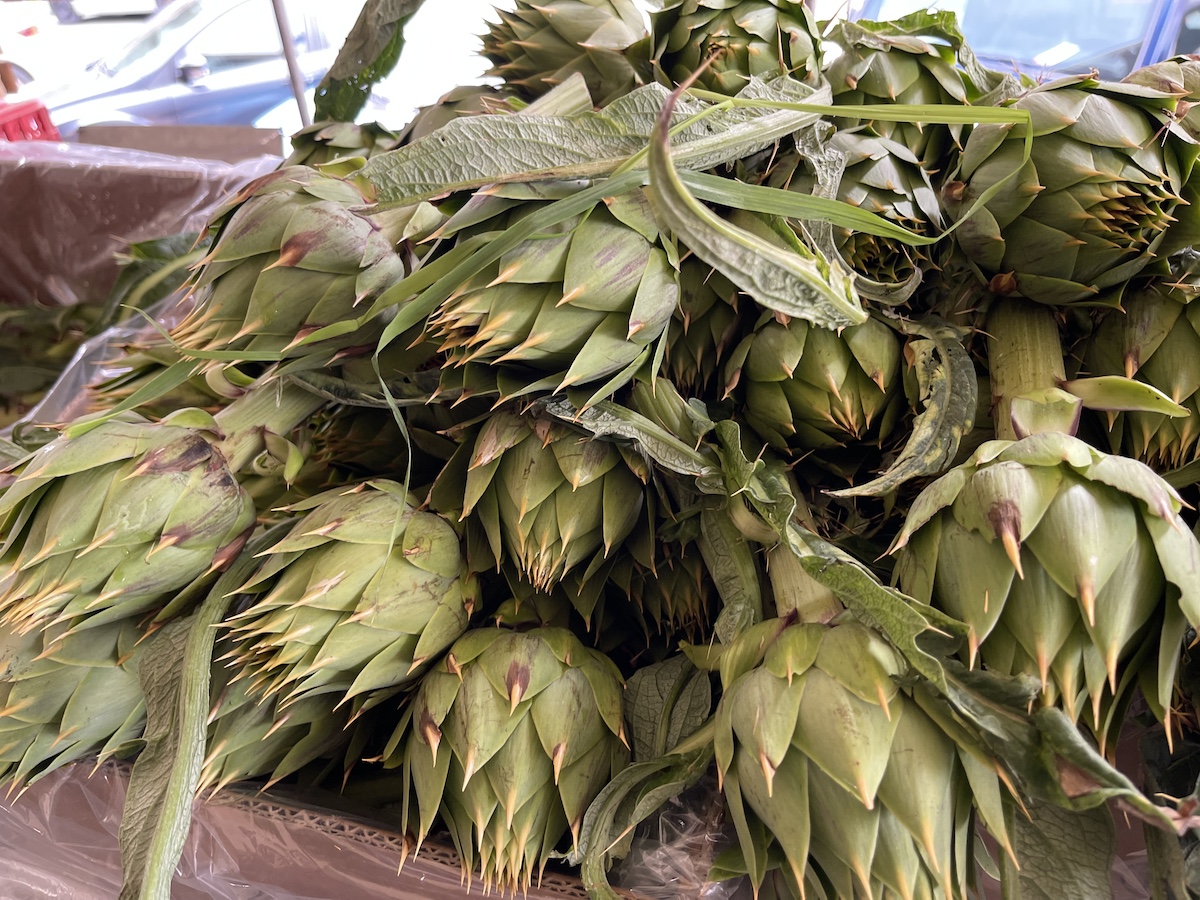
We enjoyed every step of the way and found the prices to be quite reasonable. The wild artichokes, huge cabbages, and strikingly red tomatoes caught our attention. In addition to the stalls, there are separate sections for meat, fish, and cheese, and some shops with a variety of products. We got a few tips from John, a former Brooklynite we met at the market, who has been living in the Peloponnese for over 20 years and now exports olive oil. There’s something special about meeting local producers and seeing what love and pride they bring to their products. If you’re able to plan a visit that includes a Wednesday or Saturday, do not miss a trip to this market!
Don’t miss our article, A Taste of Kalamata, Greece, doing a deep dive into the foods and flavors of Kalamata and the Peloponnese.
Kalamata Beach And Marina
It can be said that there are two Kalamatas Greece. One consists of the Old City and Central Business District. The other includes the beach and marina. You might prefer one or the other to make your home base depending upon your interests, your plans for what to see and do, and the season you are there.
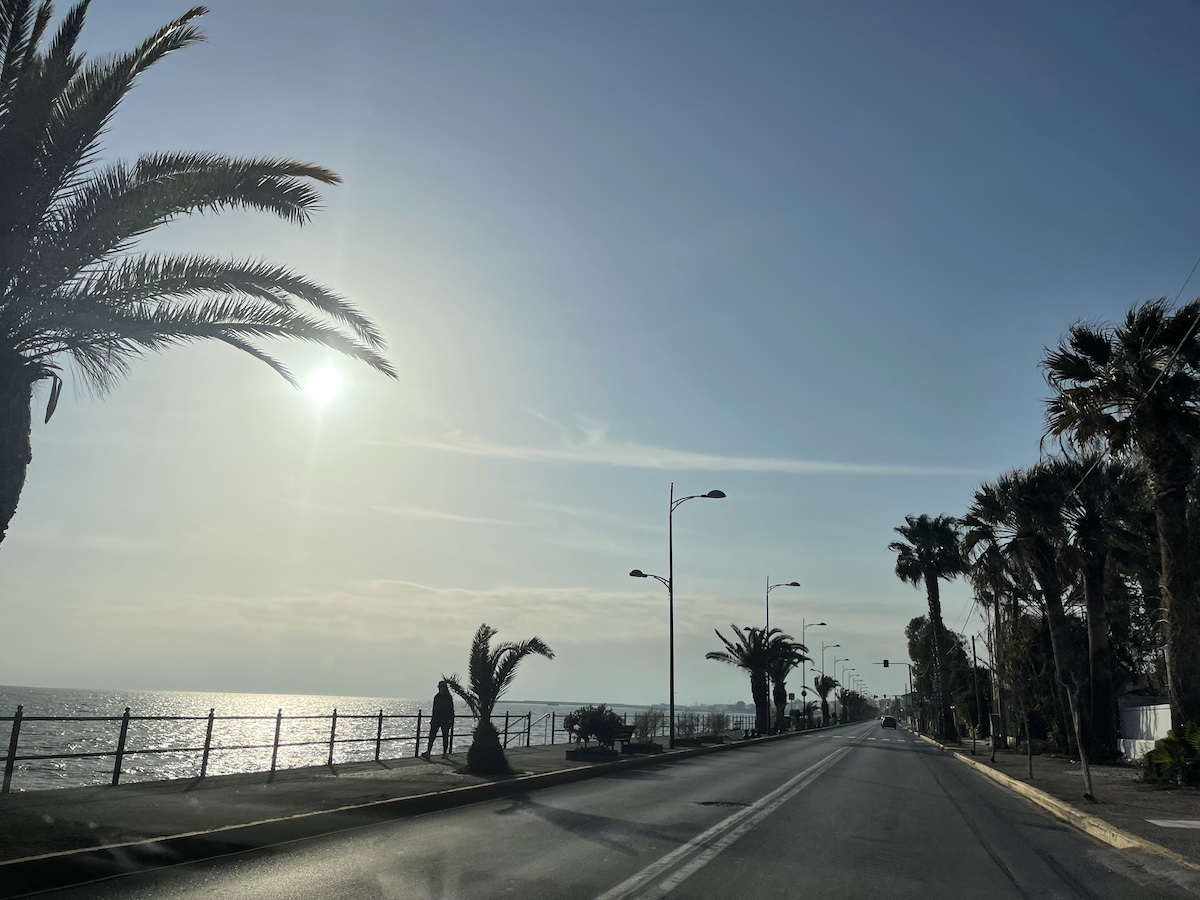
Kalamata Beach
Running along a large stretch of coastline, Kalamata Beach is certain to be one of the main attractions of the area. It’s easily accessible and offers a lovely view of the Taygetus mountains as well. The beach itself is long and wide, with two portions (Anastasi and Navarino’s end) being awarded the Blue Flag, a nod to good facilities and clear water. In addition to embracing water sports, activities, swimming, and sunbathing, there’s a commercial strip along Navarino Avenue that is bursting with restaurants, bars, cafés, and shops. There’s plenty of room for walking, and bicycles, scooters, and rollerbladers also make their way along the route. During the summer season, the area can provide a vibrant nightlife scene, while in the off-season, it’s a great place to stroll without the crowds.
Kalamata Marina
For those who love sea vessels, the Kalamata Marina is a great place. Up to 250 boats, from sport fishers to SuperYachts, can be moored in this modern harbor hotspot. It’s easy to stroll down Navarino Avenue and keep walking past the ships in their slips. We always get a kick out of looking at the names of the vessels, and they never fail to amuse. In addition to getting in your steps and looking at the boats, you can also find a great meal at one of the inviting restaurants with waterfront views. Some of Kalamata’s favorite seafood restaurants, such as To Limeni and Notiás can be found here.
Where To Stay In Kalamata
Fortunately, there are accommodations for just about any budget or taste in Kalamata, including hotels, resorts, villas, boutiques, and plenty of vacation rentals. We love the beach, so even in the off-season we stayed not too far from the waves.
Pharae Palace Hotel
As part of our My Peloponnese Vibe experience, some of our nights were hosted by the Pharae Palace Hotel, and it was a great choice. Situated perfectly on Navarino Avenue, all the delights of Kalamata Beach were right there for us to enjoy. The Old City and Central Business District are just a few minutes’ drive away or a 30-minute walk if you feel like stretching your legs. Our room was comfortable and clean, with a little veranda perfect for reminiscing about our day. The rooms have everything you need, like comfy beds, a TV with a range of channels, a personal tea kettle, a small refrigerator, and nice bathroom amenities.
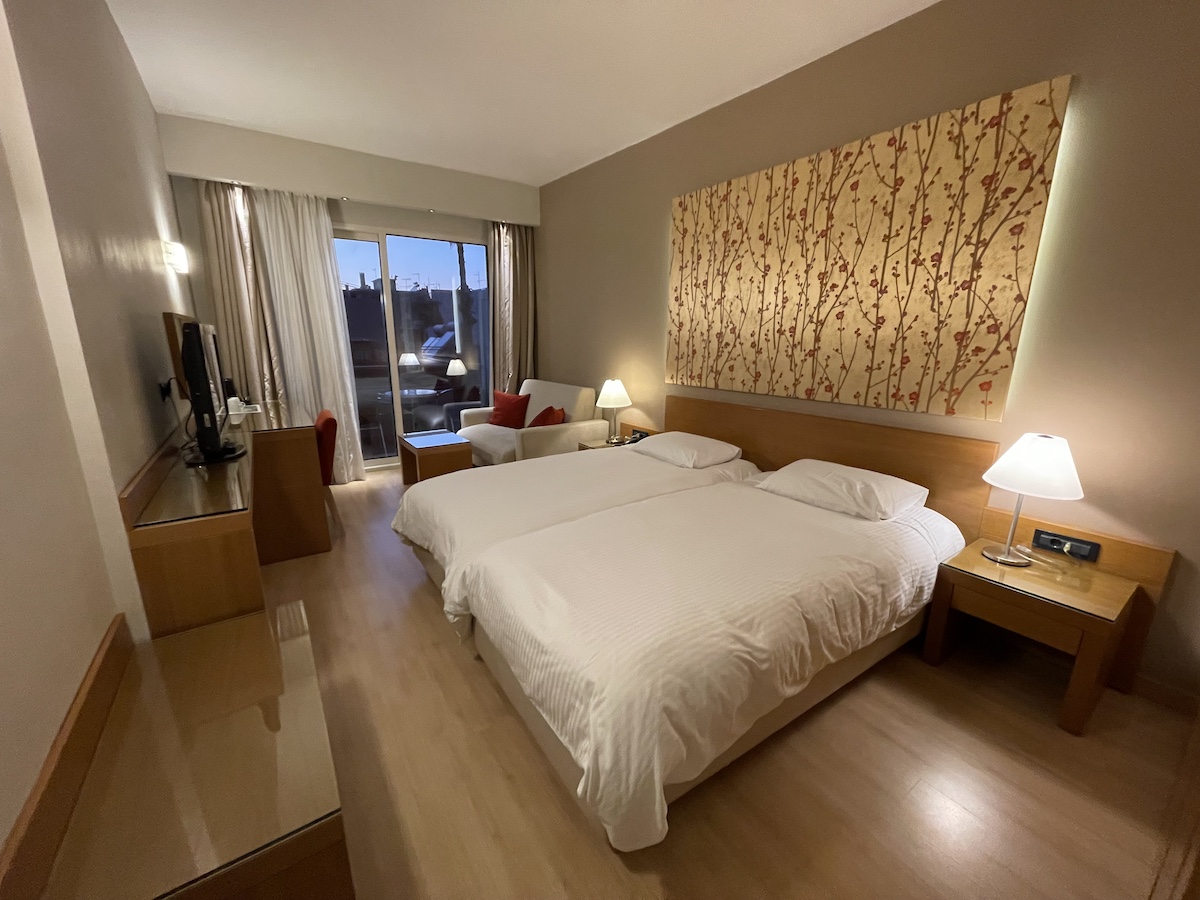
The hotel had many amenities, including a cute bar/lounge called “The Loft,” which happens to have killer views of the mountains and the sea. Our breakfast was included, and it was awesome. Not only was there a full buffet, but some of the items included were those that we most wanted to try – local cheeses, honey, olives, and Kalamata specialties. (Check out our Taste of Kalamata post for our food experiences.)
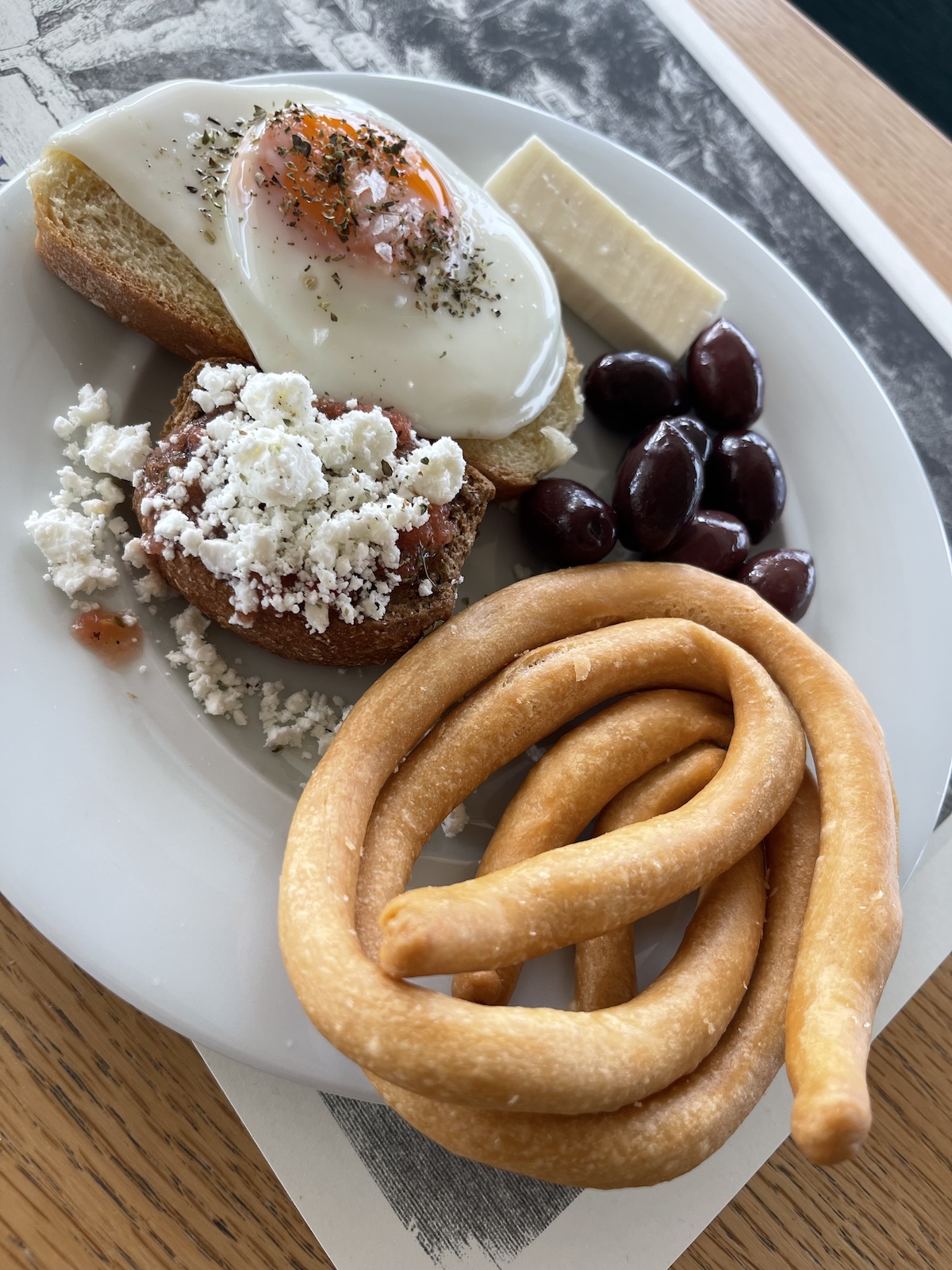
Sitting on the outdoor terrace in the morning, sipping Greek coffee, and planning our activities was one of our very favorite ways to start the day. There’s always someone at the front desk, and they greeted us kindly every time we returned. It’s a moderately priced option in a great location that we think would be excellent for families as well.
Horizon Blu
At the quieter end of Kalamata Beach, those seeking a more resort-like experience might enjoy Horizon Blu, a locally-owned, boutique five-star hotel. Our room was spacious, clean, and elegant, with a large terrace from which we could see both the mountains and the sea. Along with a coffee station and personal refrigerator, a highlight was individually operated heat and air conditioning, a favorite feature for those of us who are sensitive to temperatures, especially during sleep. If you want an extra splurge, some suites have private pools to supplement the pool and spa facilities available for all guests. The hotel has free parking in its on-premise lot, a luxury for Kalamata.

The ample breakfast buffet is included and has tons to offer, such as local breads and pastries, stuffed grape leaves, olives, homemade spinach and cheese pies, meats, eggs, cheeses, fresh juices, and more. I even got to make my Greek coffee in a briki seated in hot sand. The front desk staff are happy to chat with you and offer suggestions for what you might like to see or do.
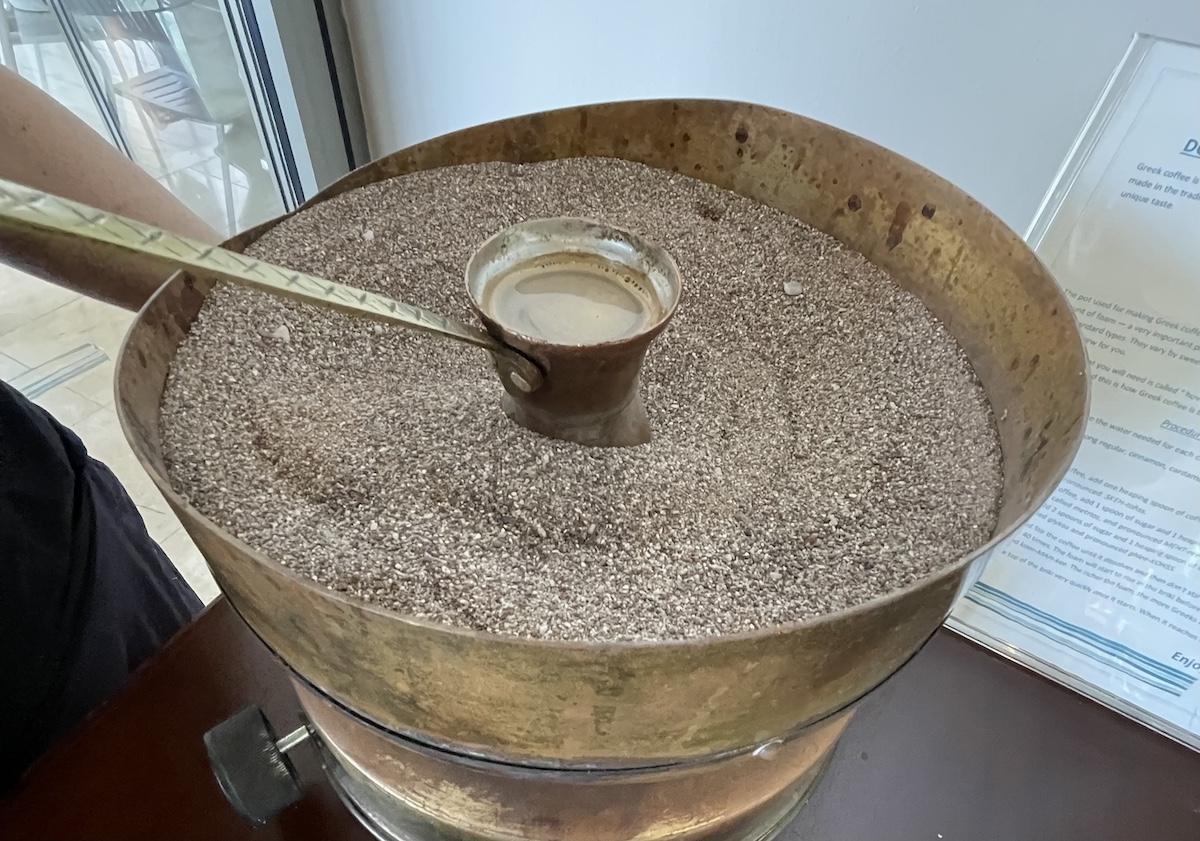
Choose Your Peloponnese Vibe In Kalamata, Greece
As you can probably tell, we think there’s much to see and do in Kalamata. We enjoyed the different vibes of the old city, central district, beachfront, and marina. And there is so much more to explore that’s just a drive away in other parts of Messinia. We’d highly recommend renting a car for your visit. Kalamata is a fantastic place to make your home base as you dive into the wonderful variety and enjoy discovering your own Peloponnese vibes.

